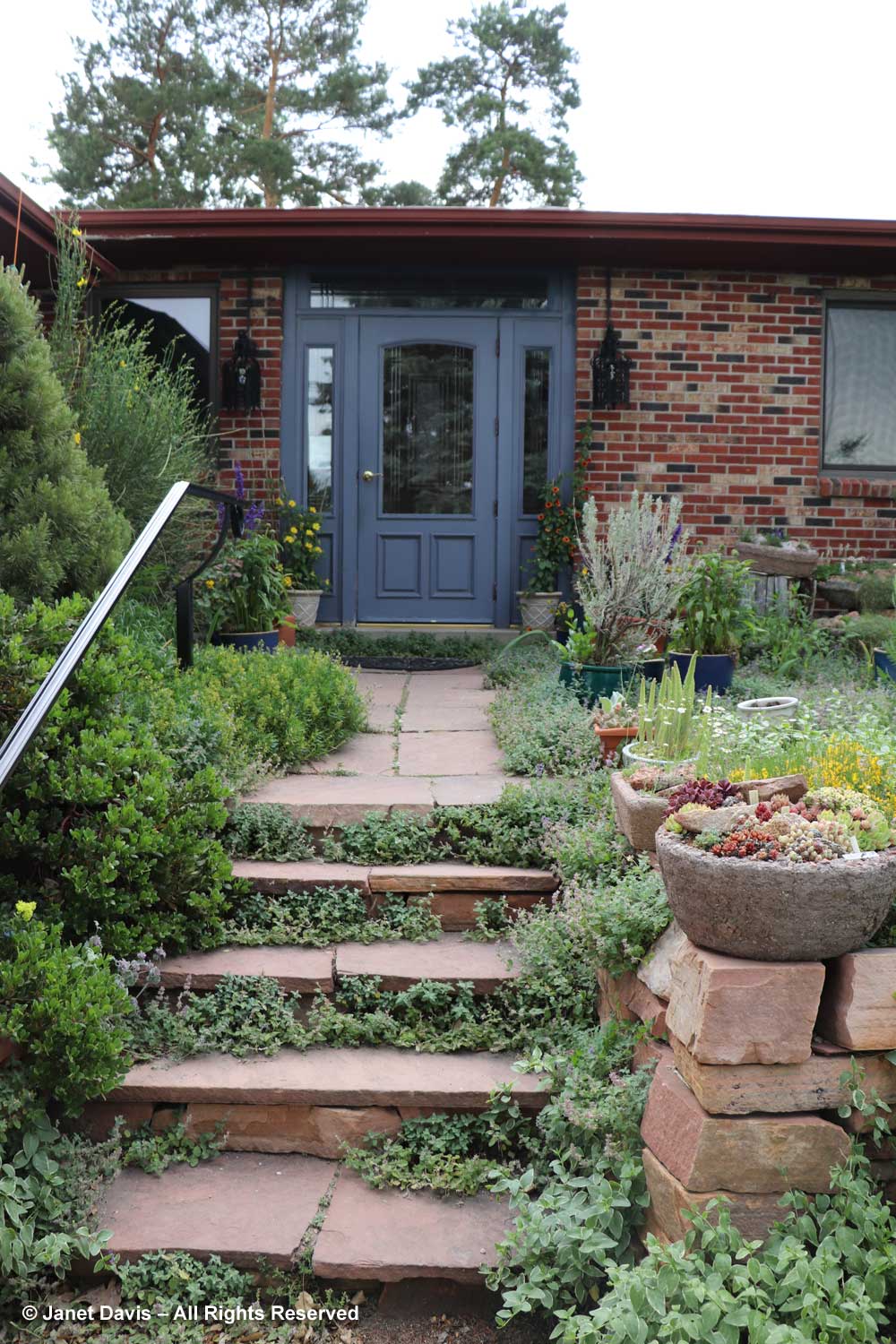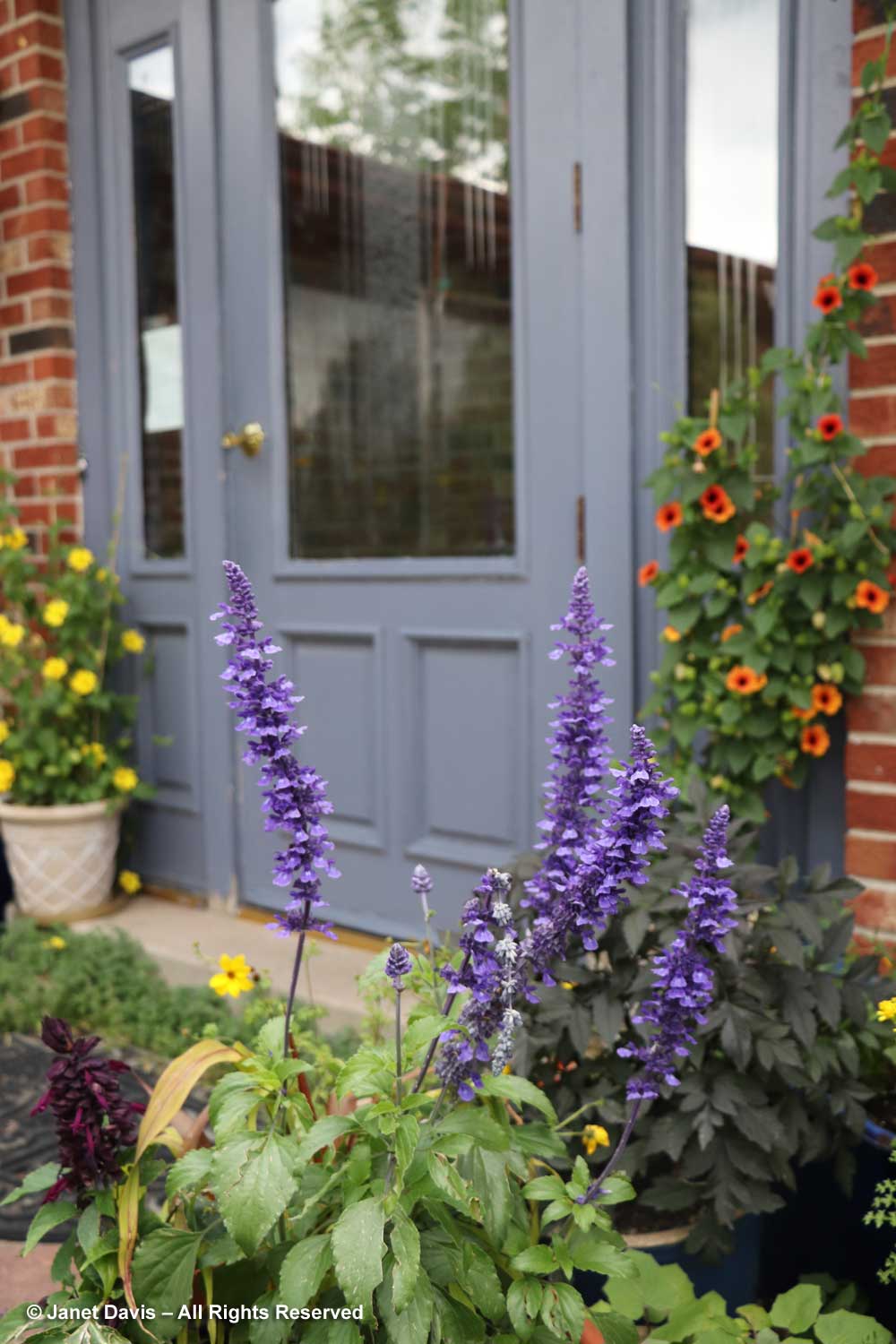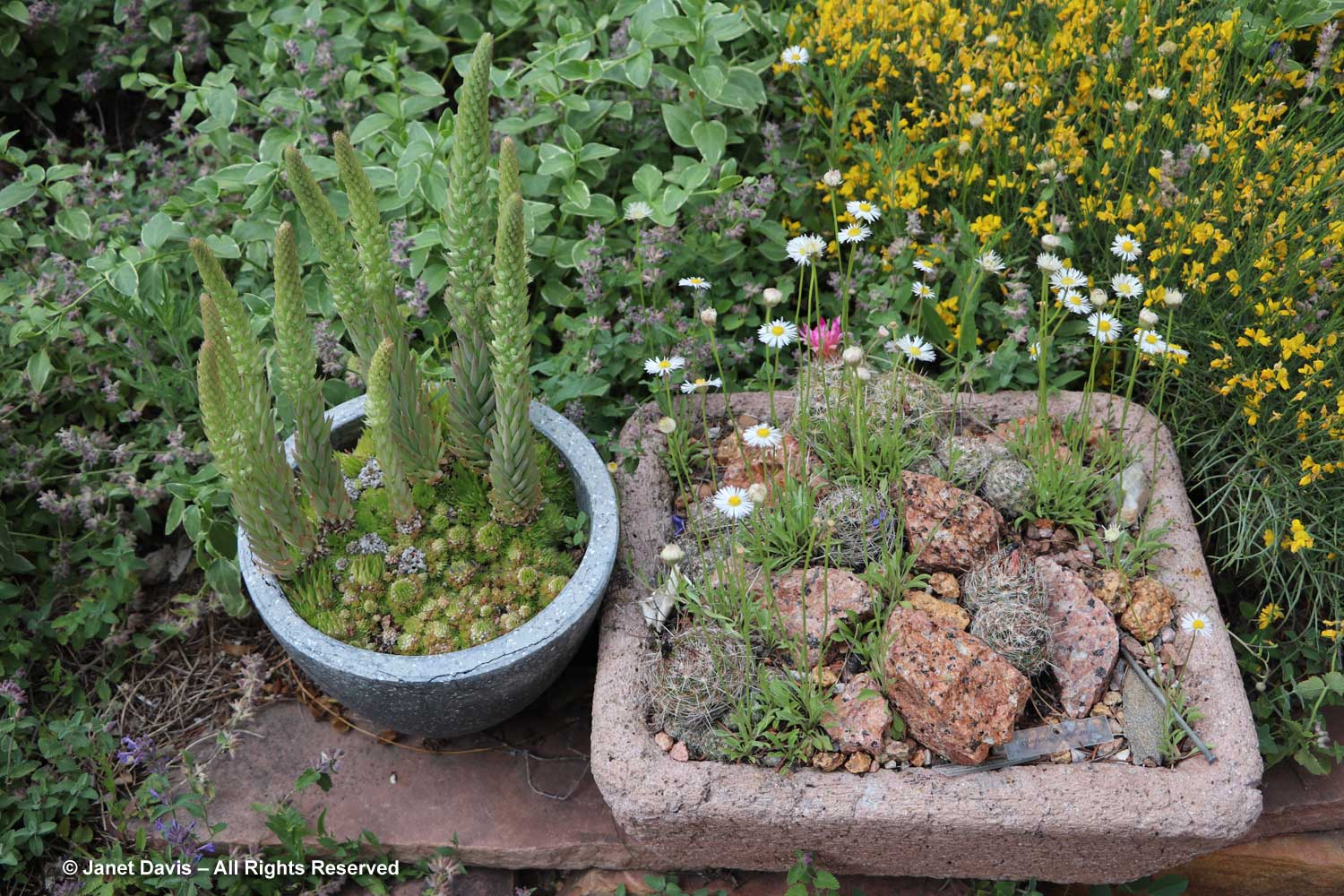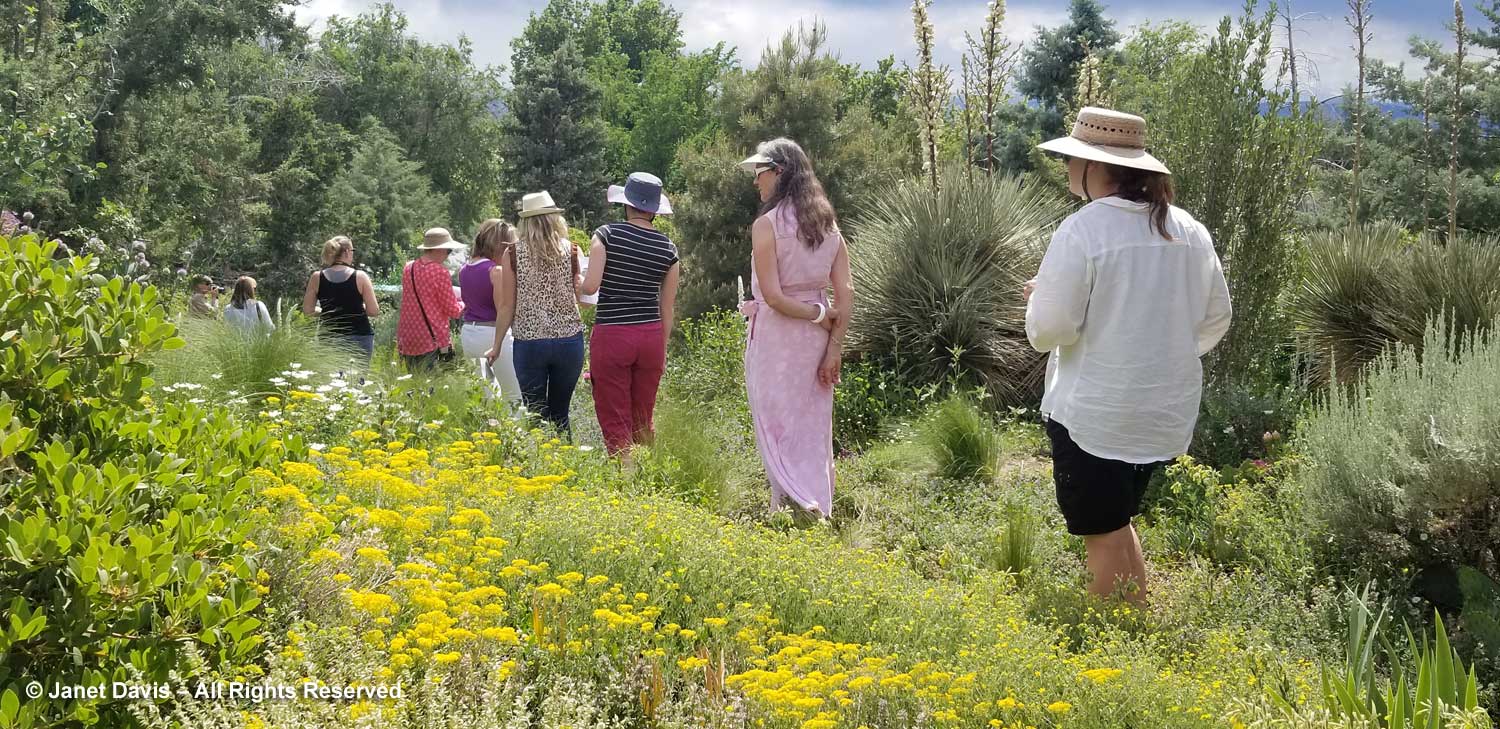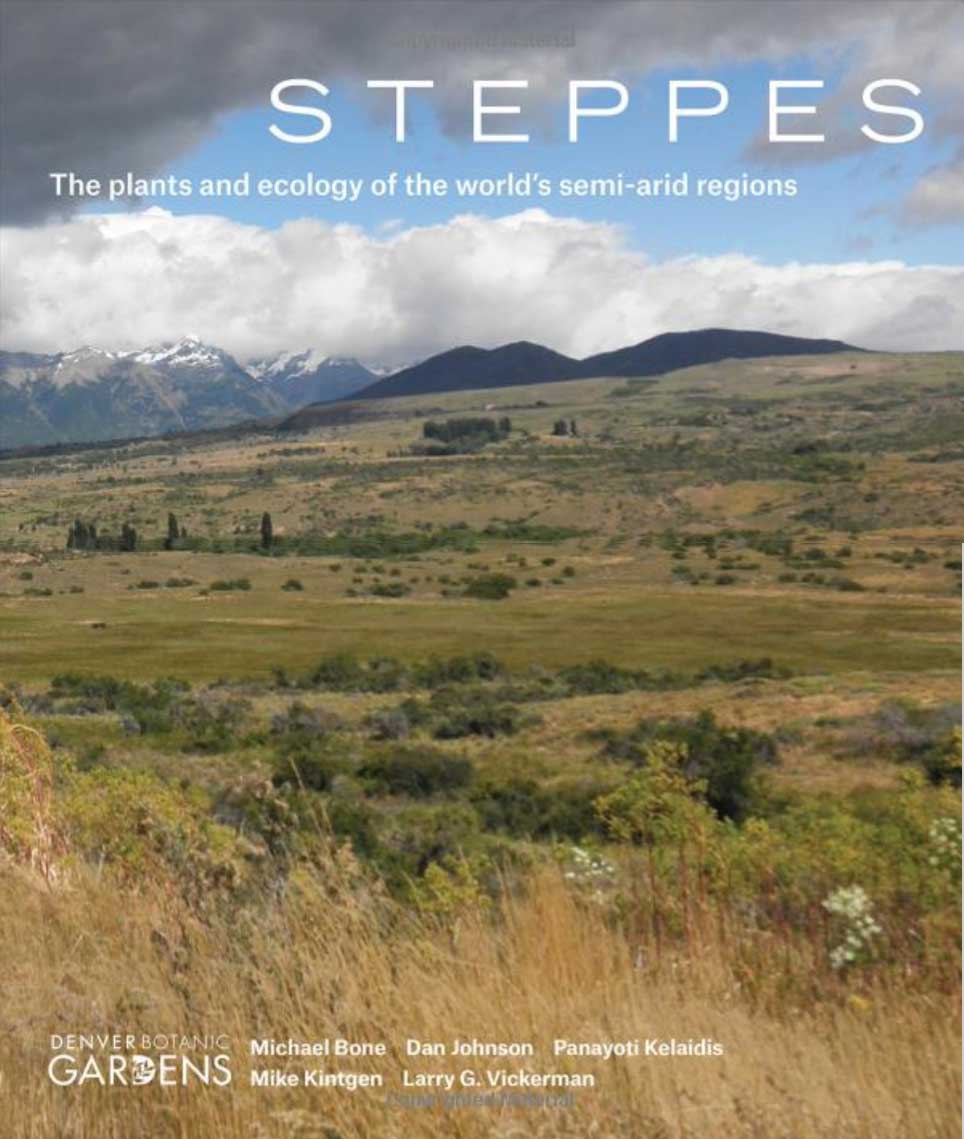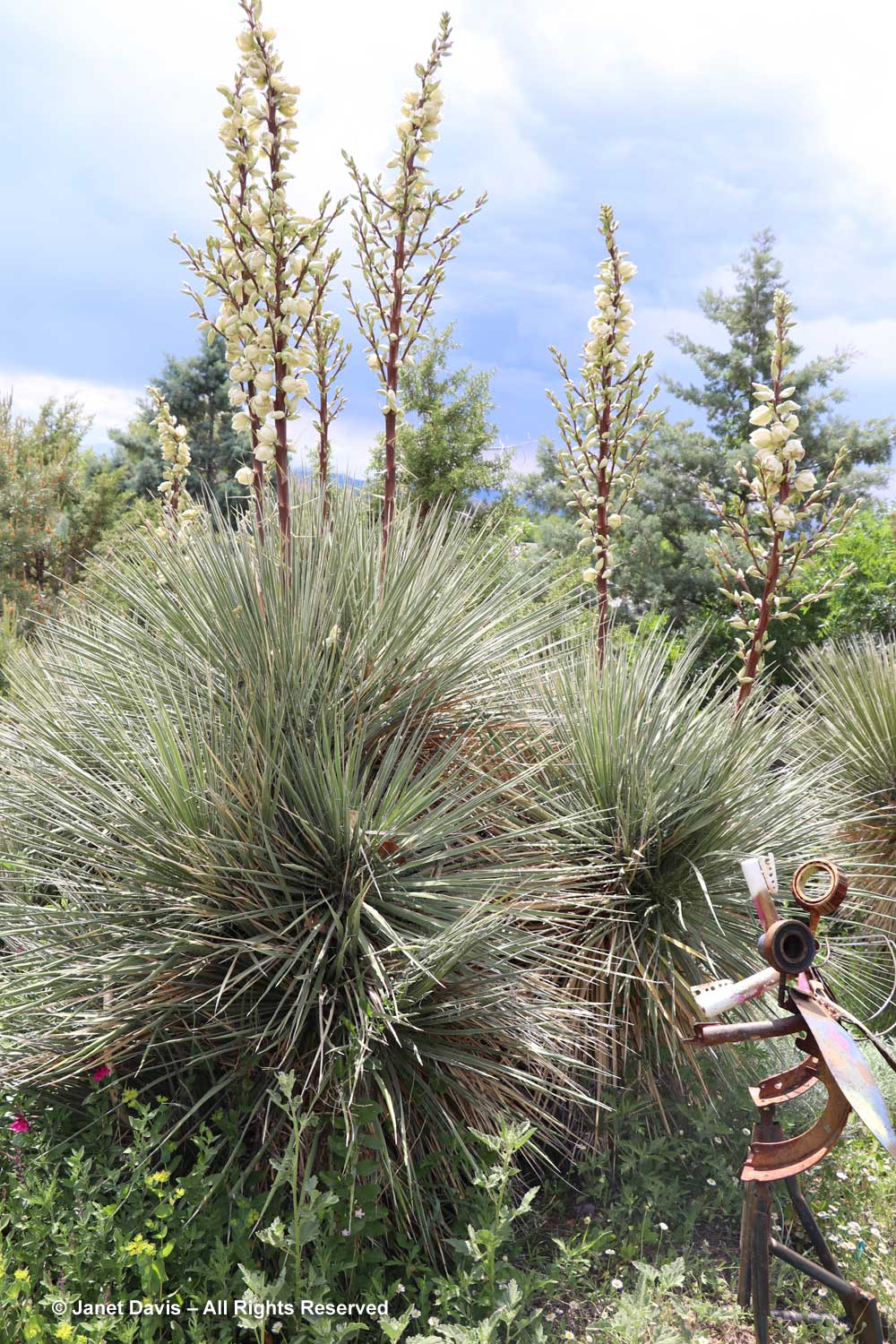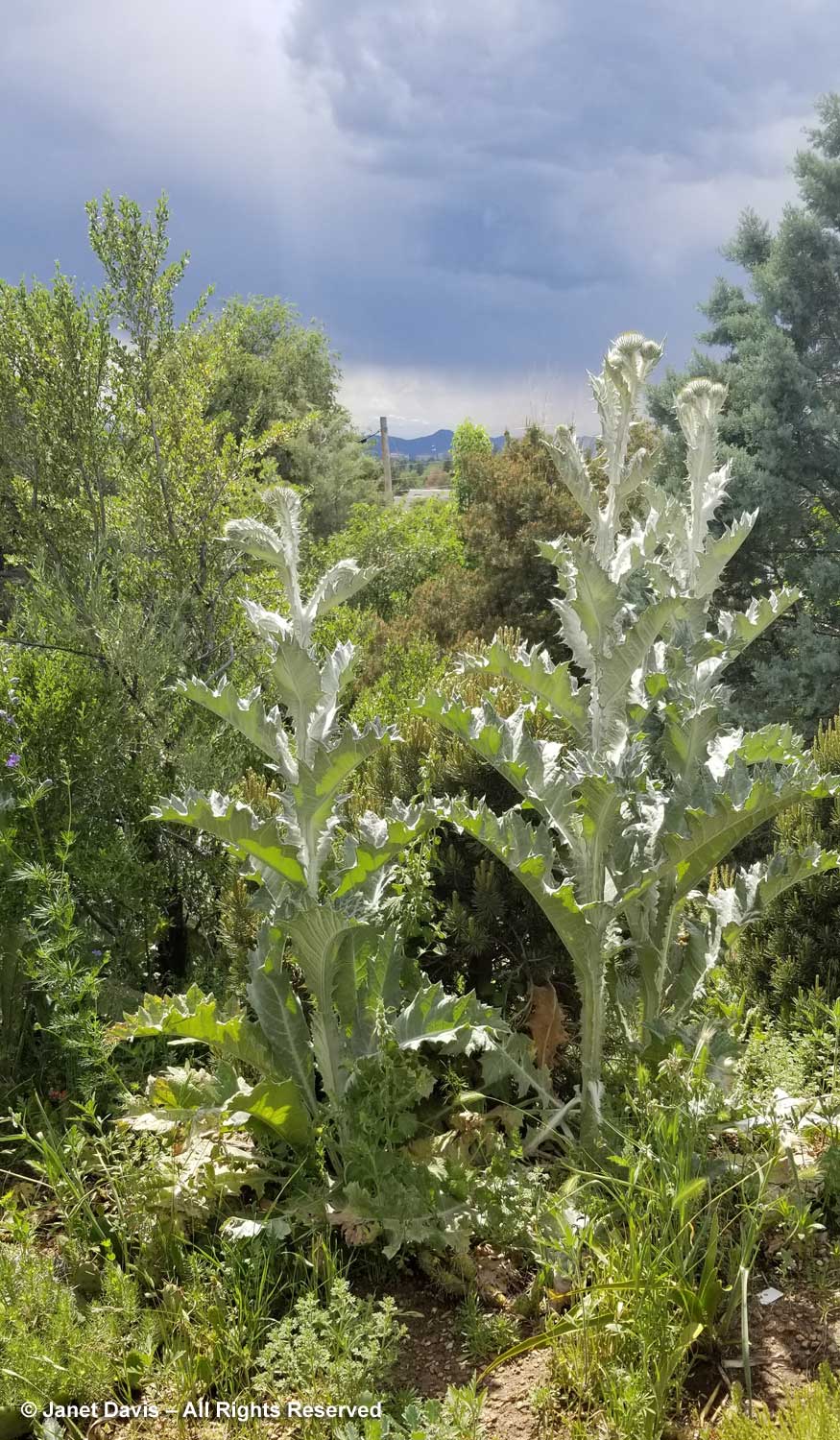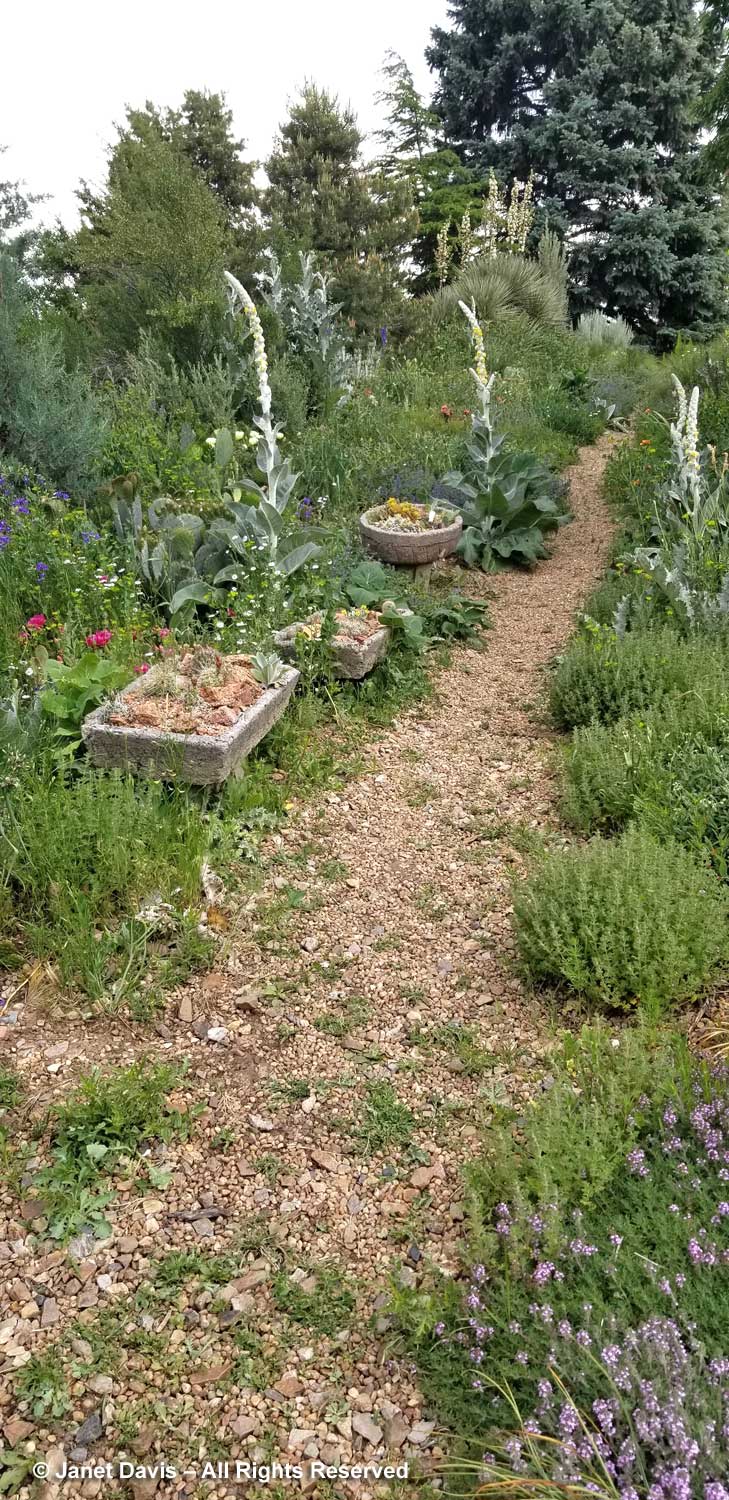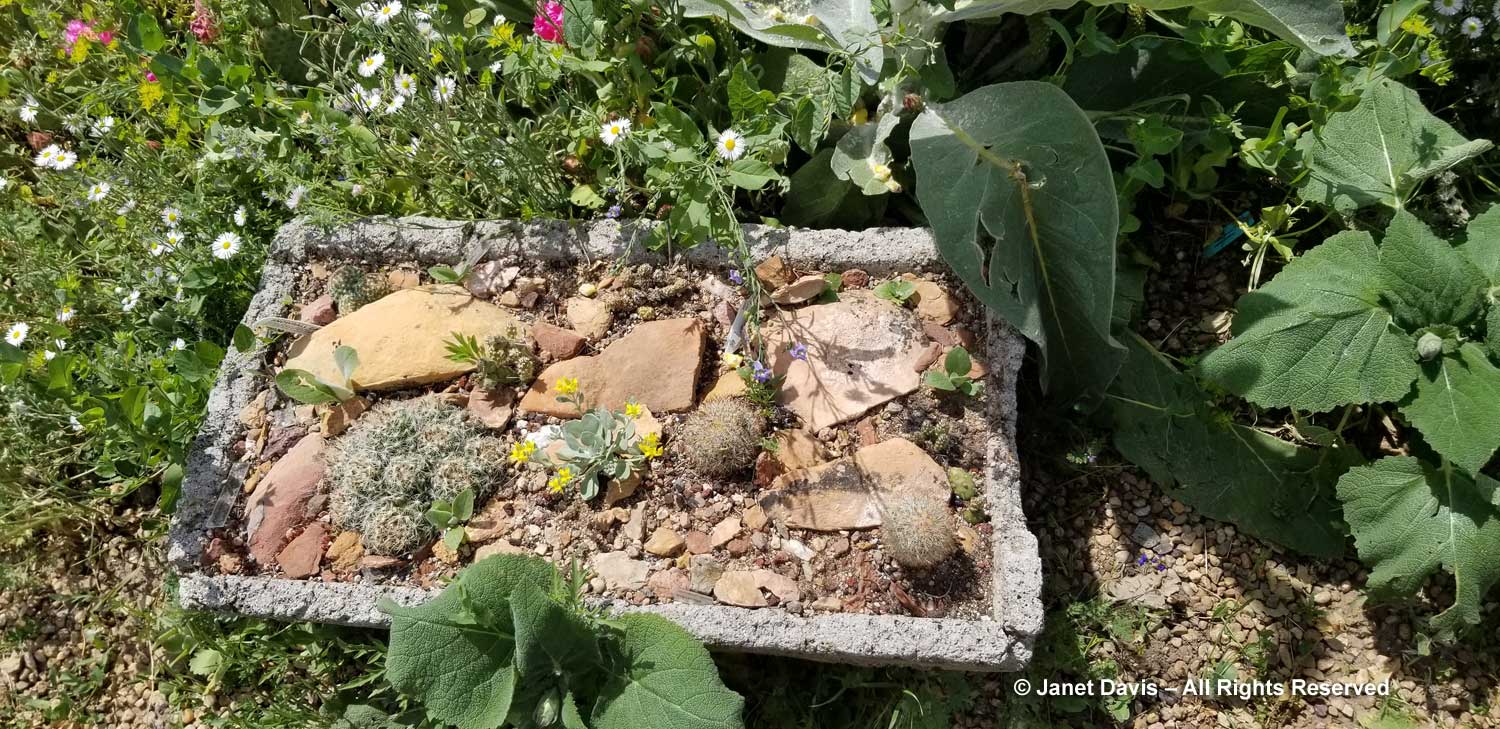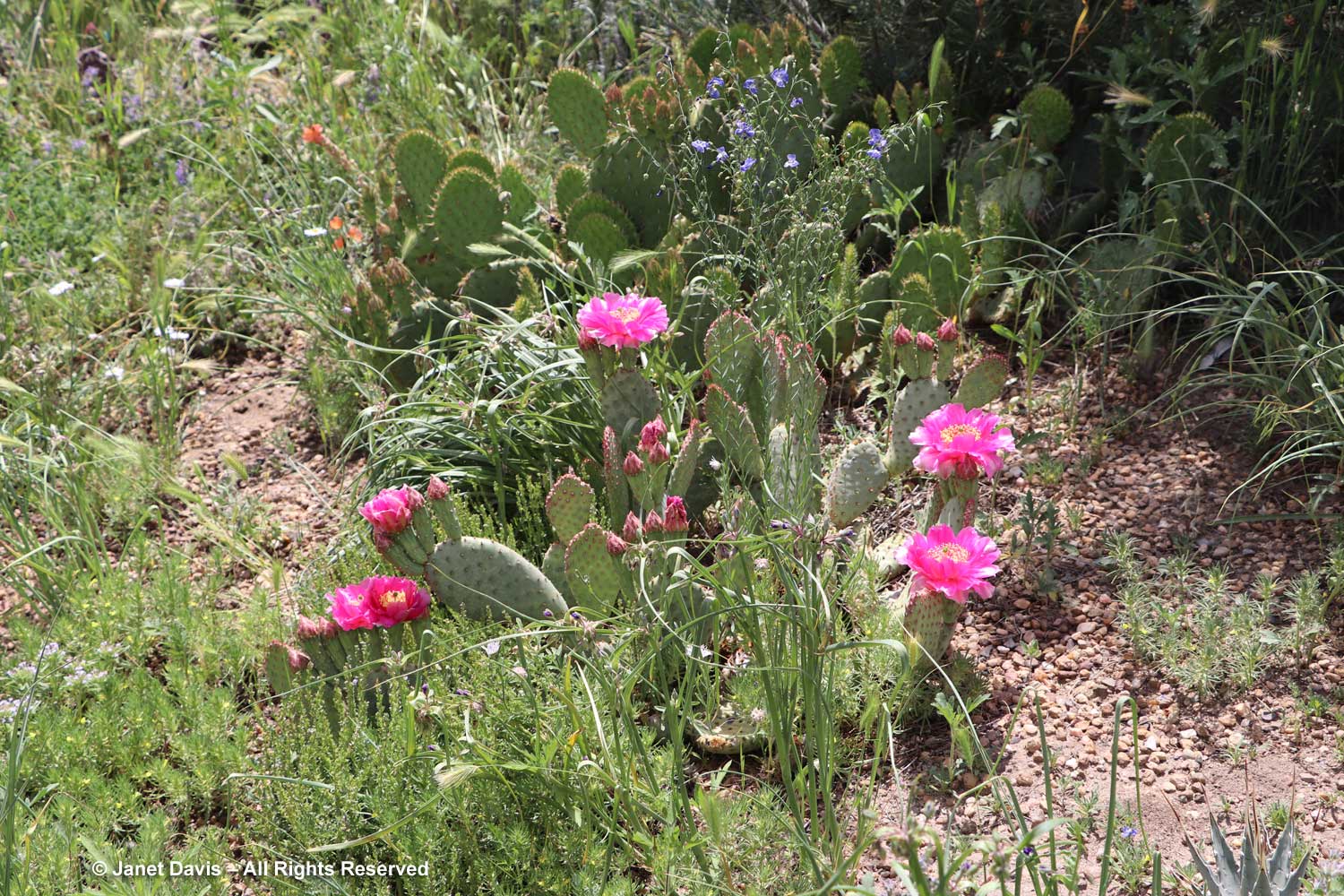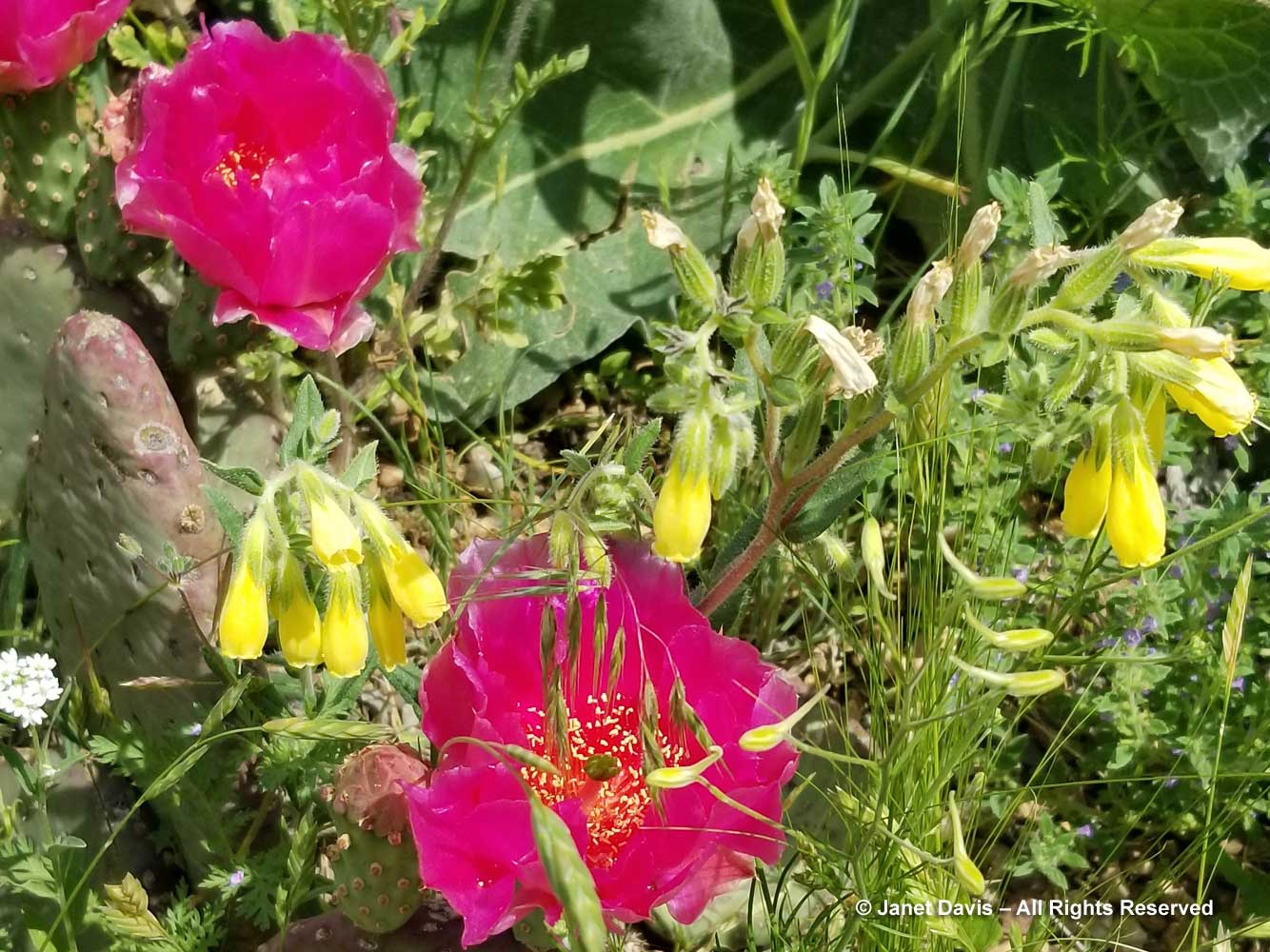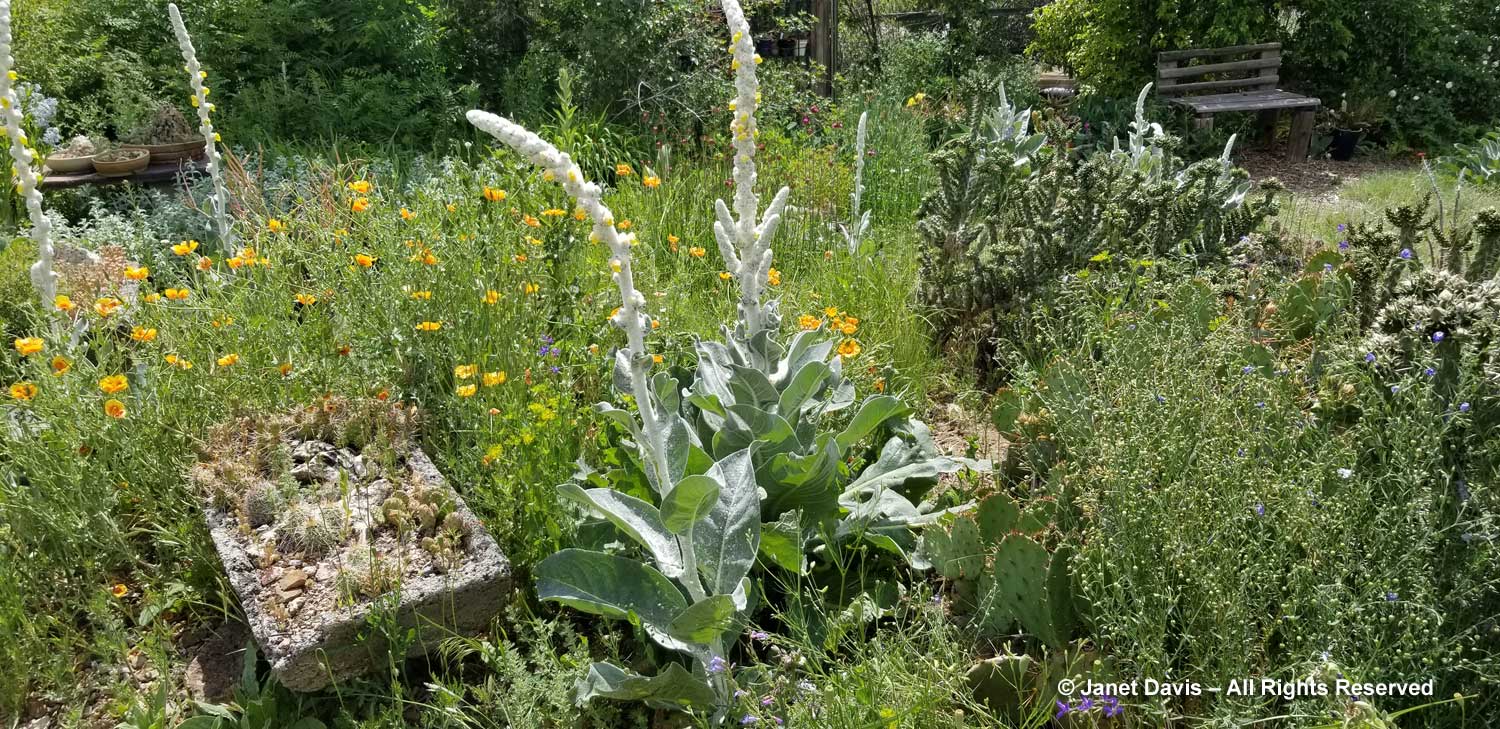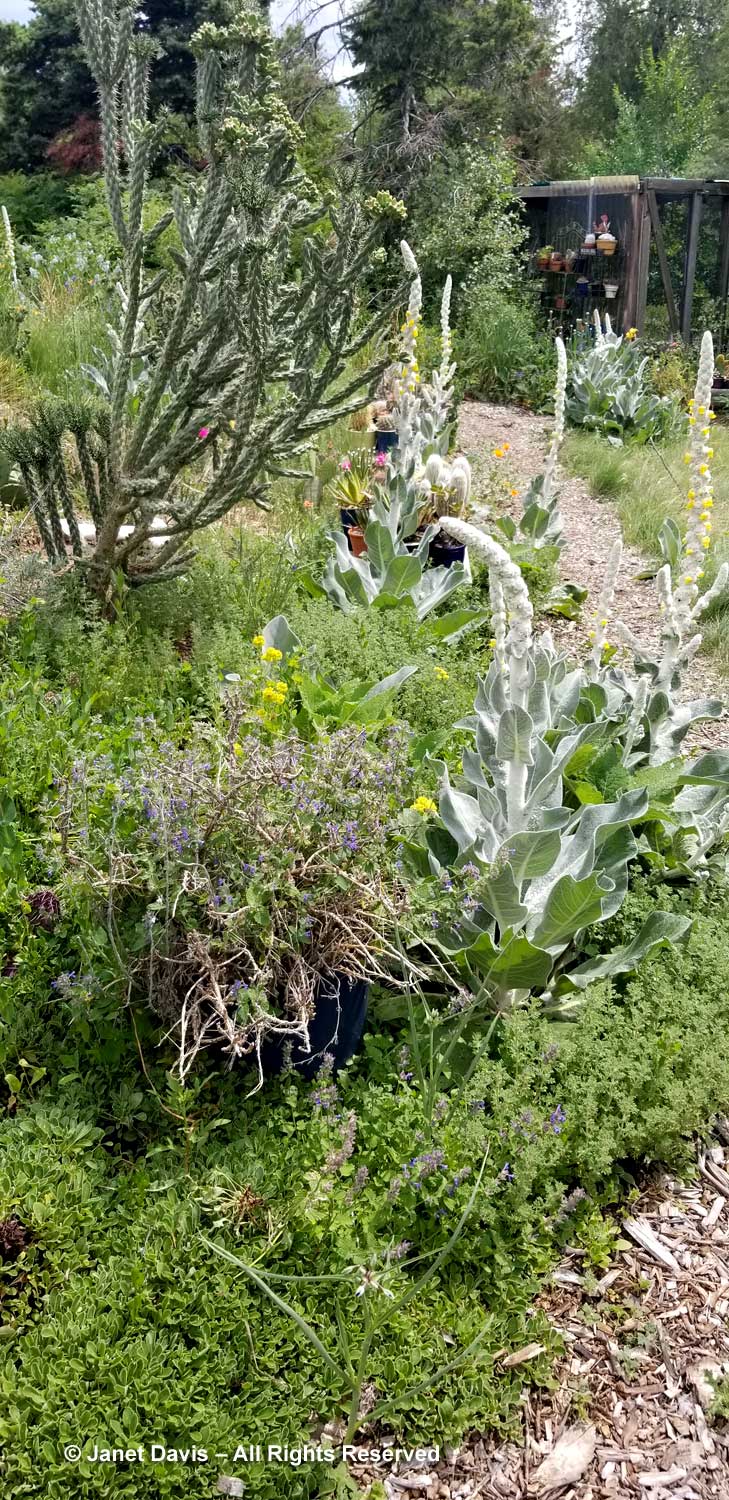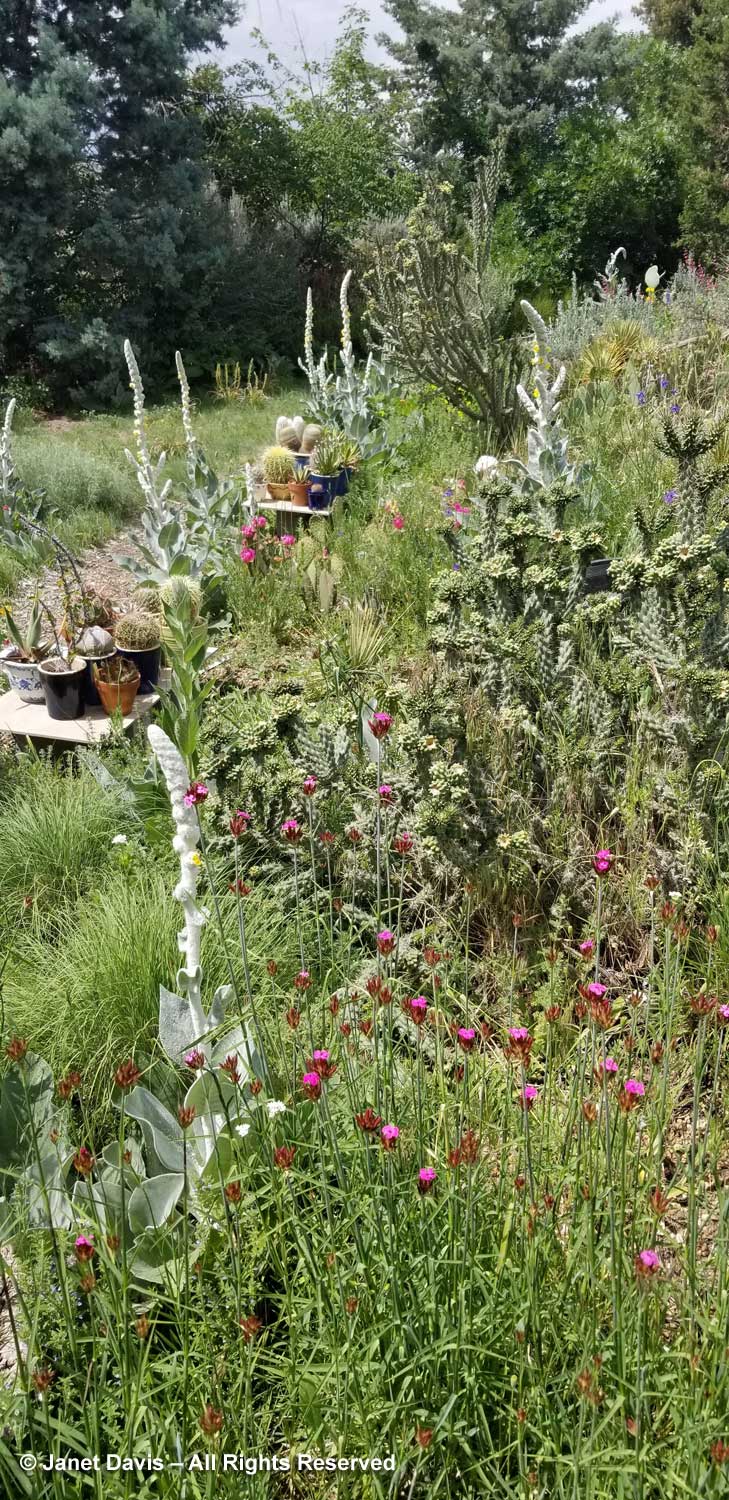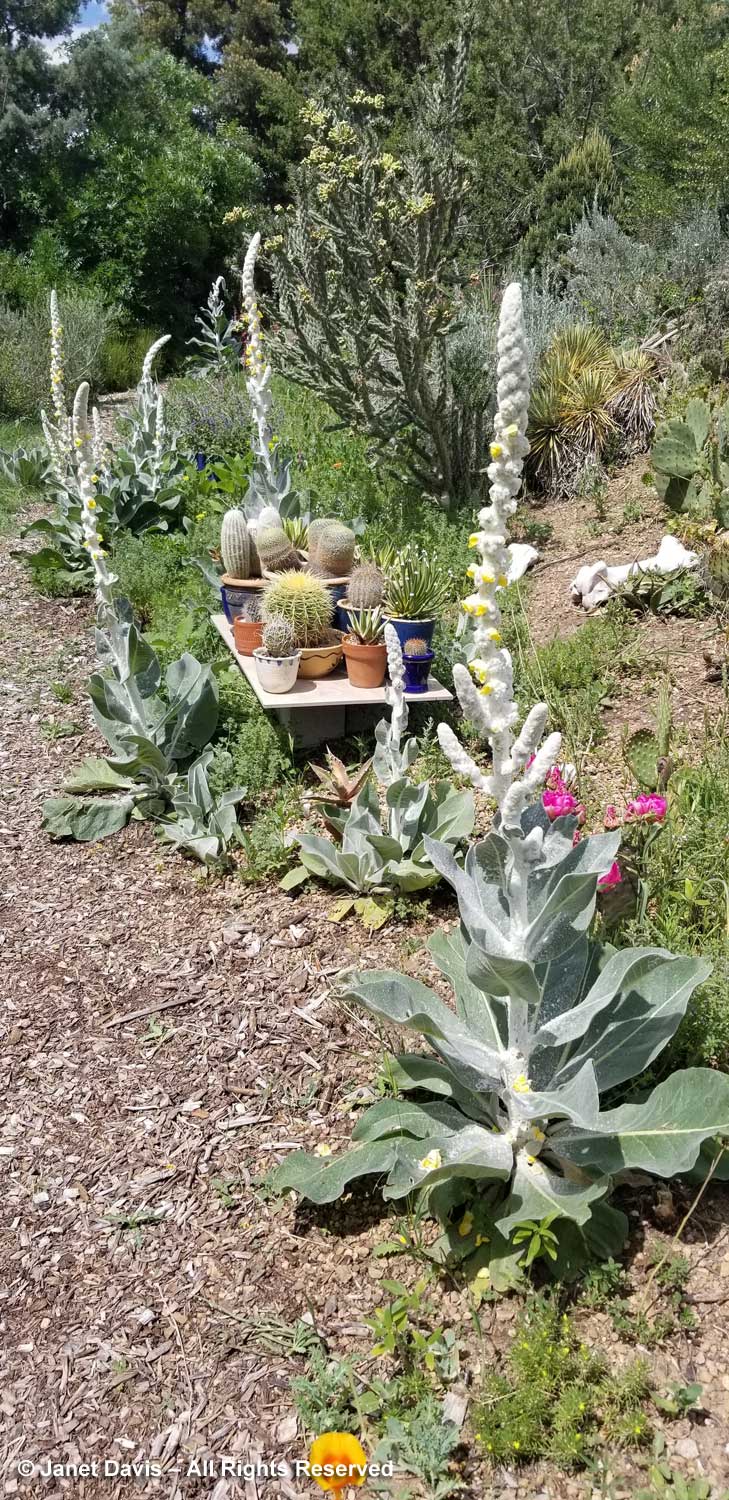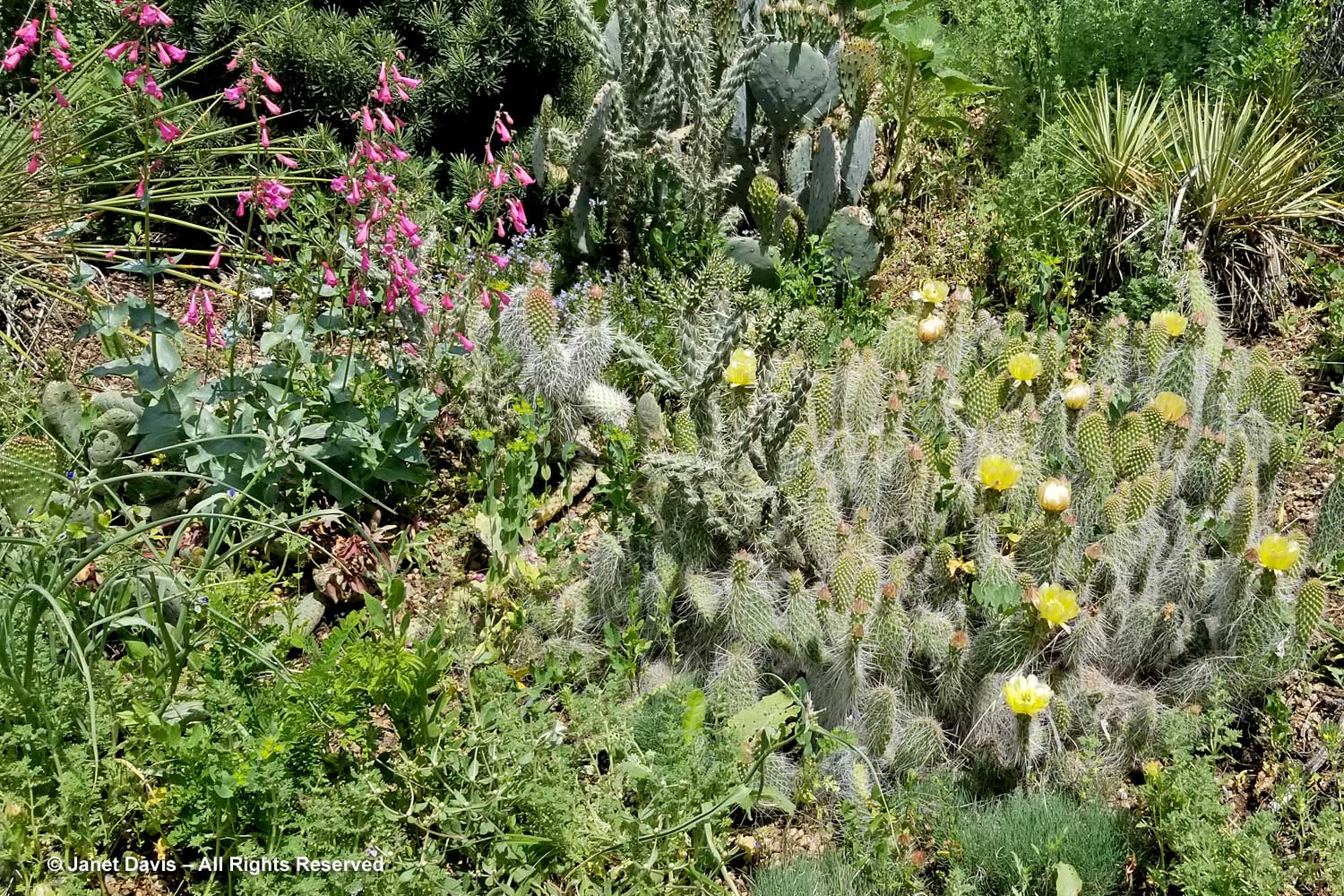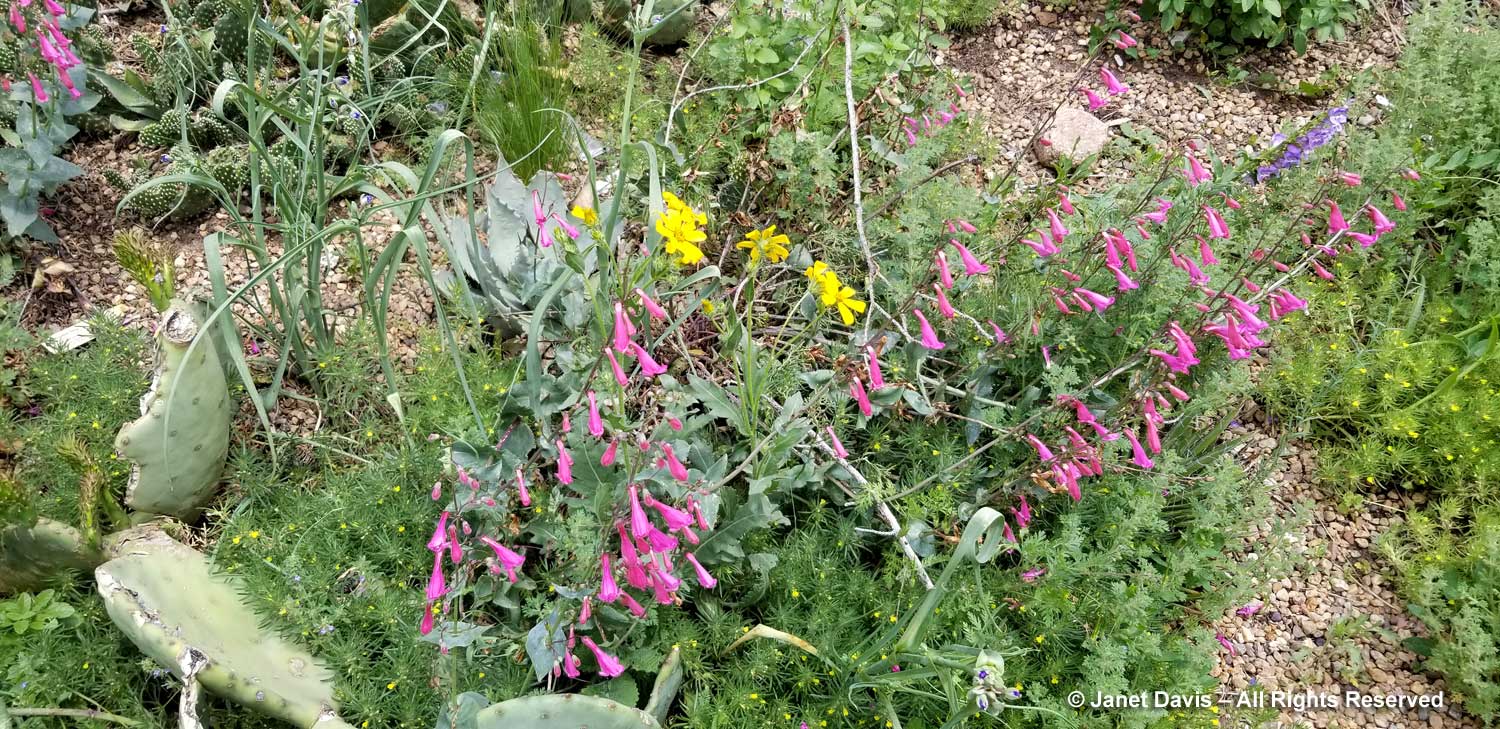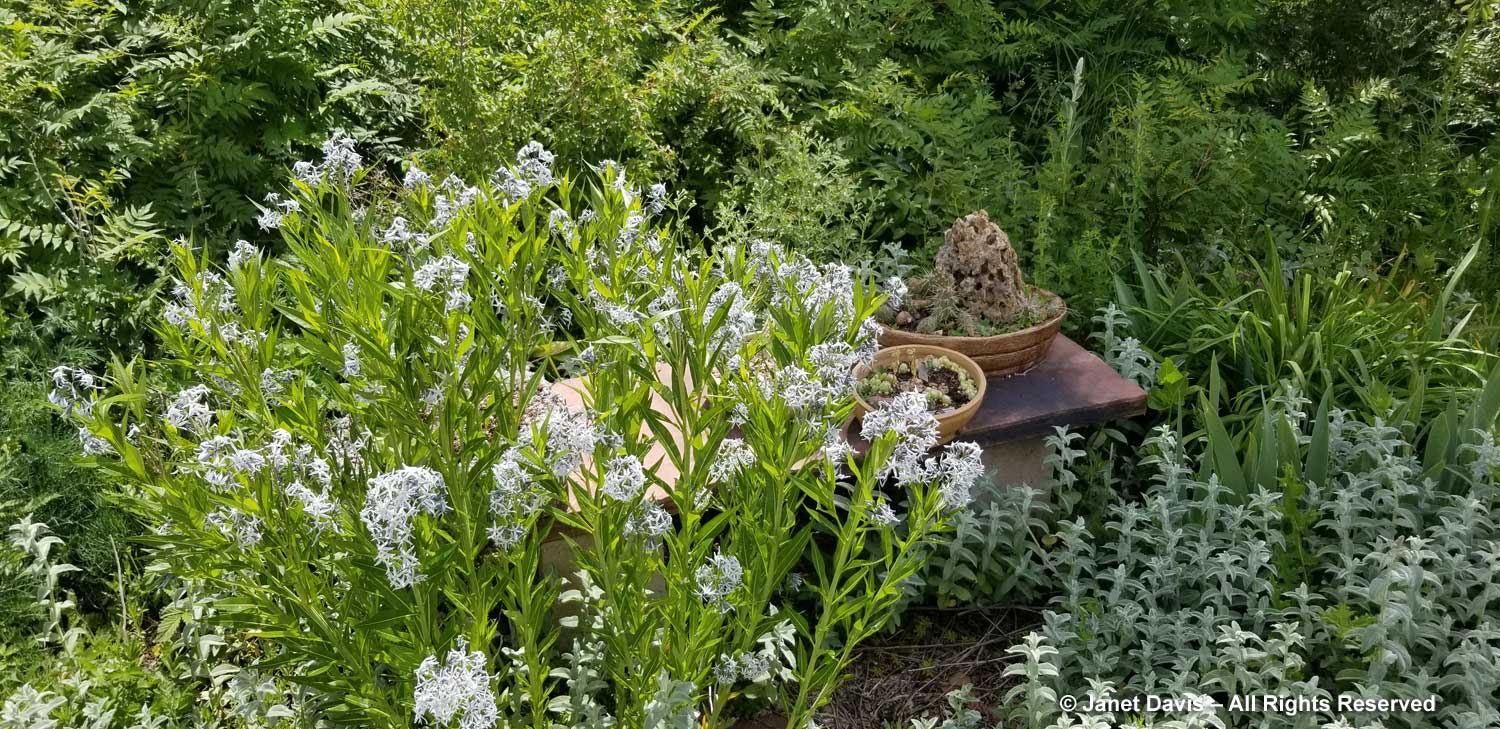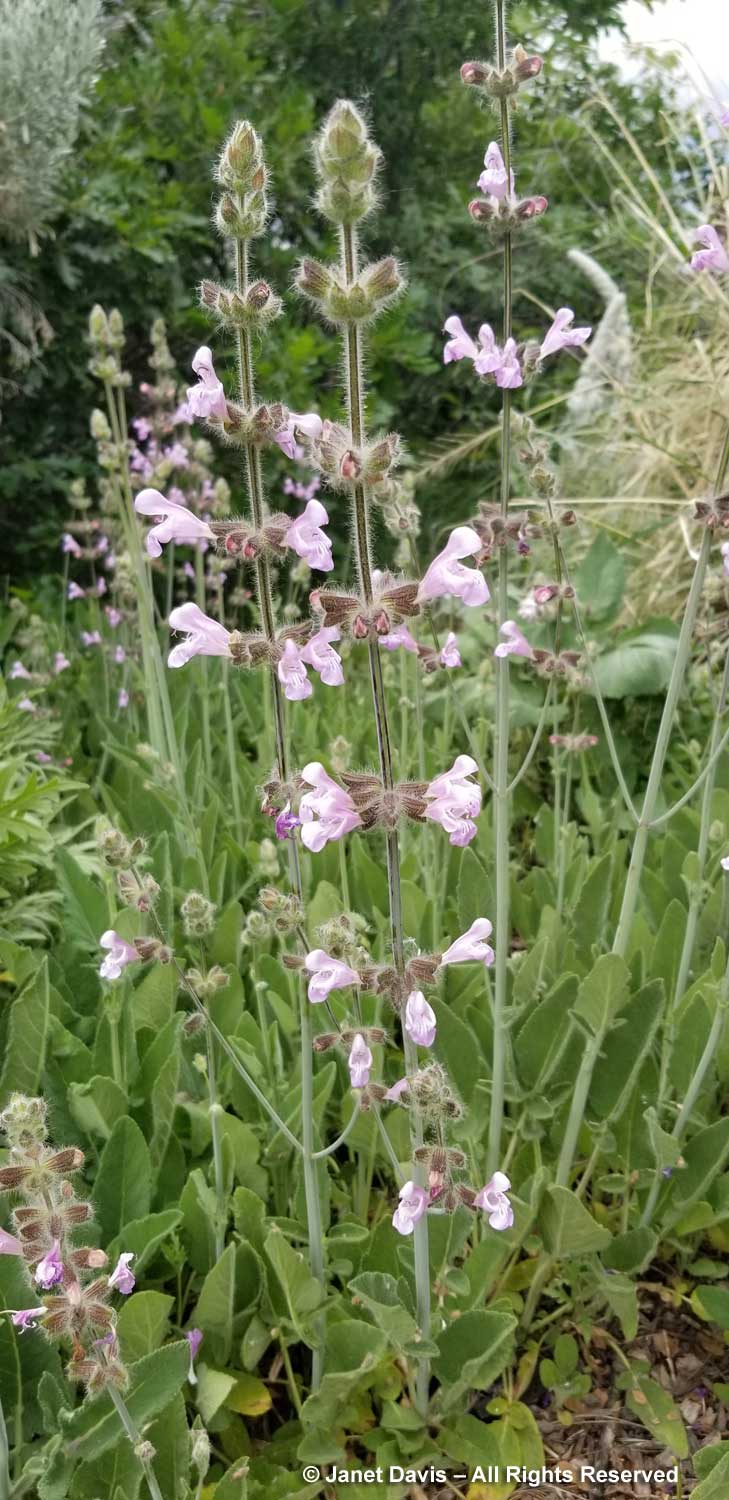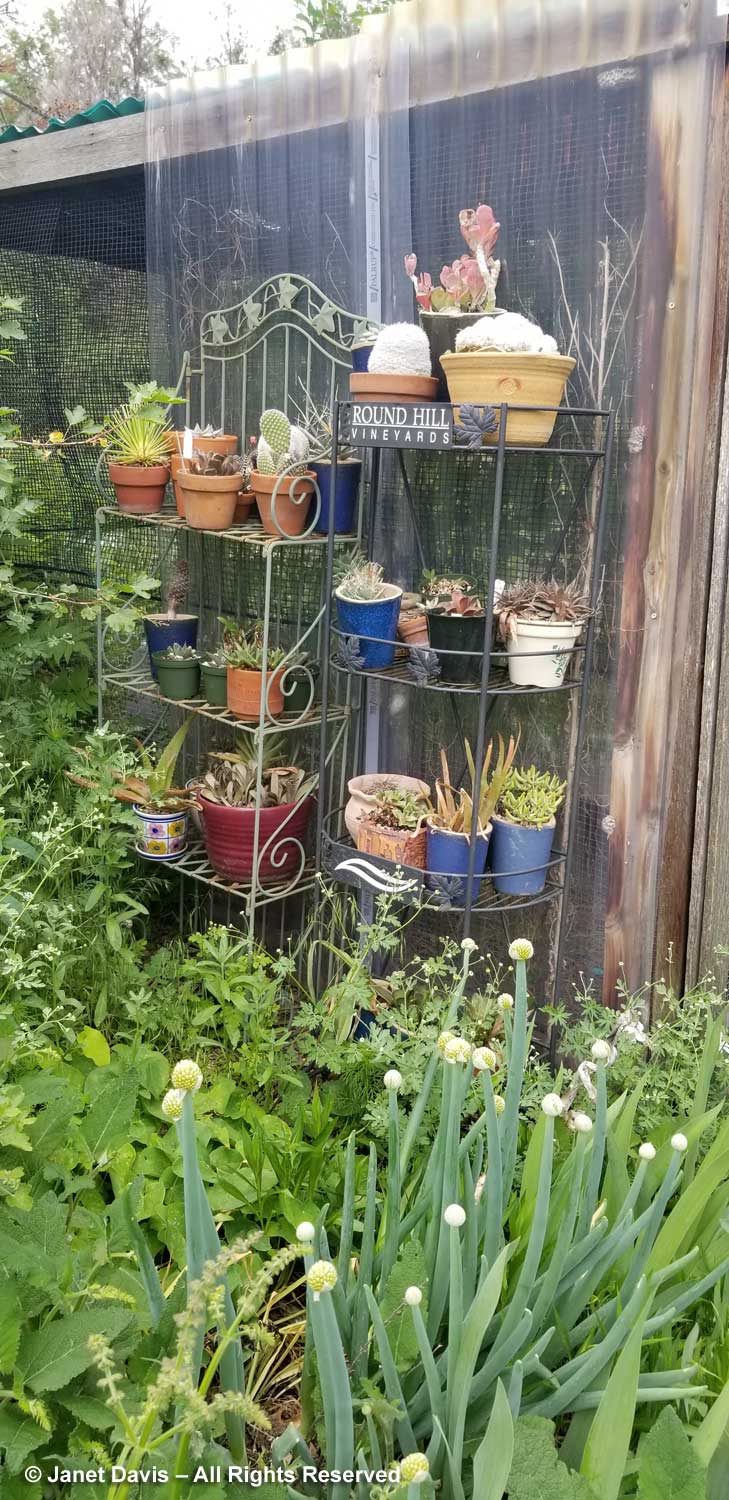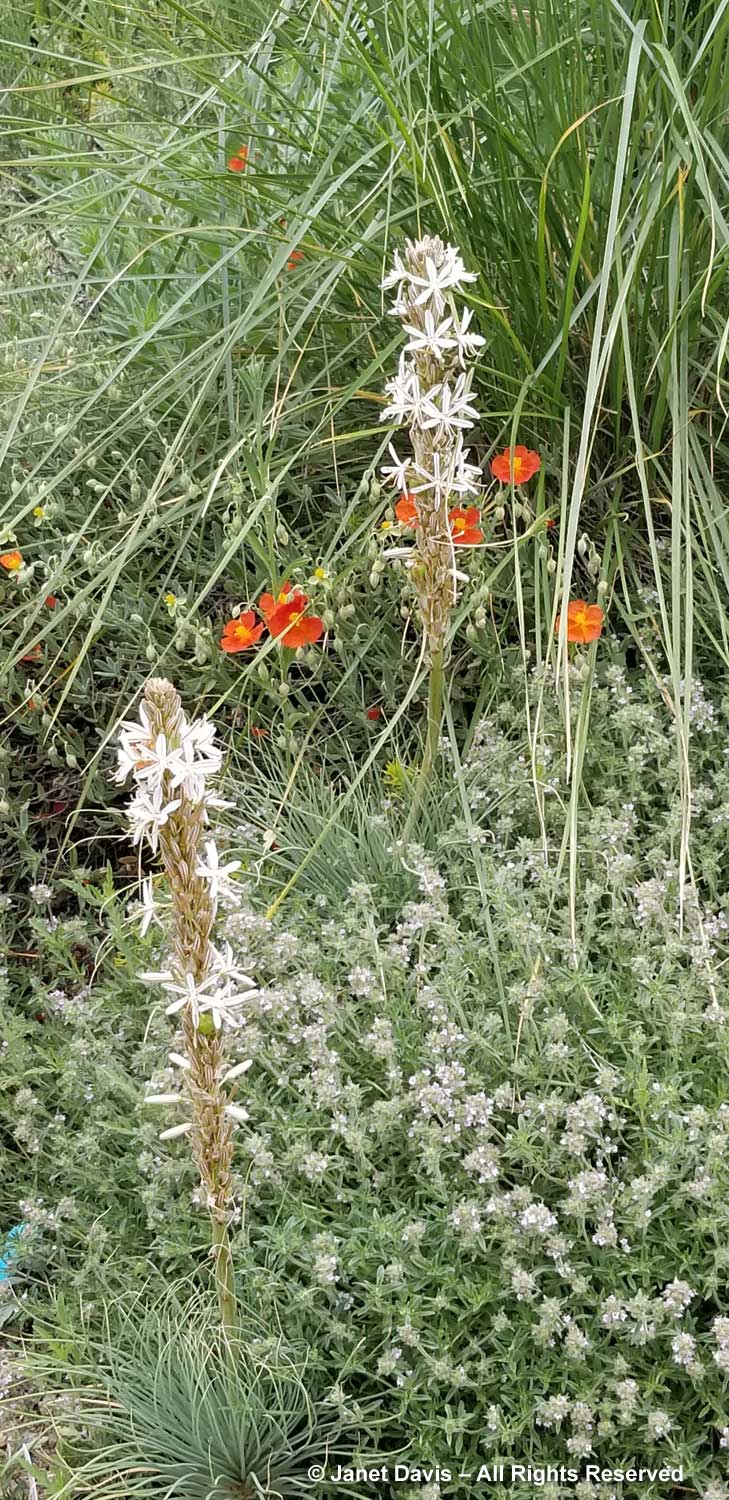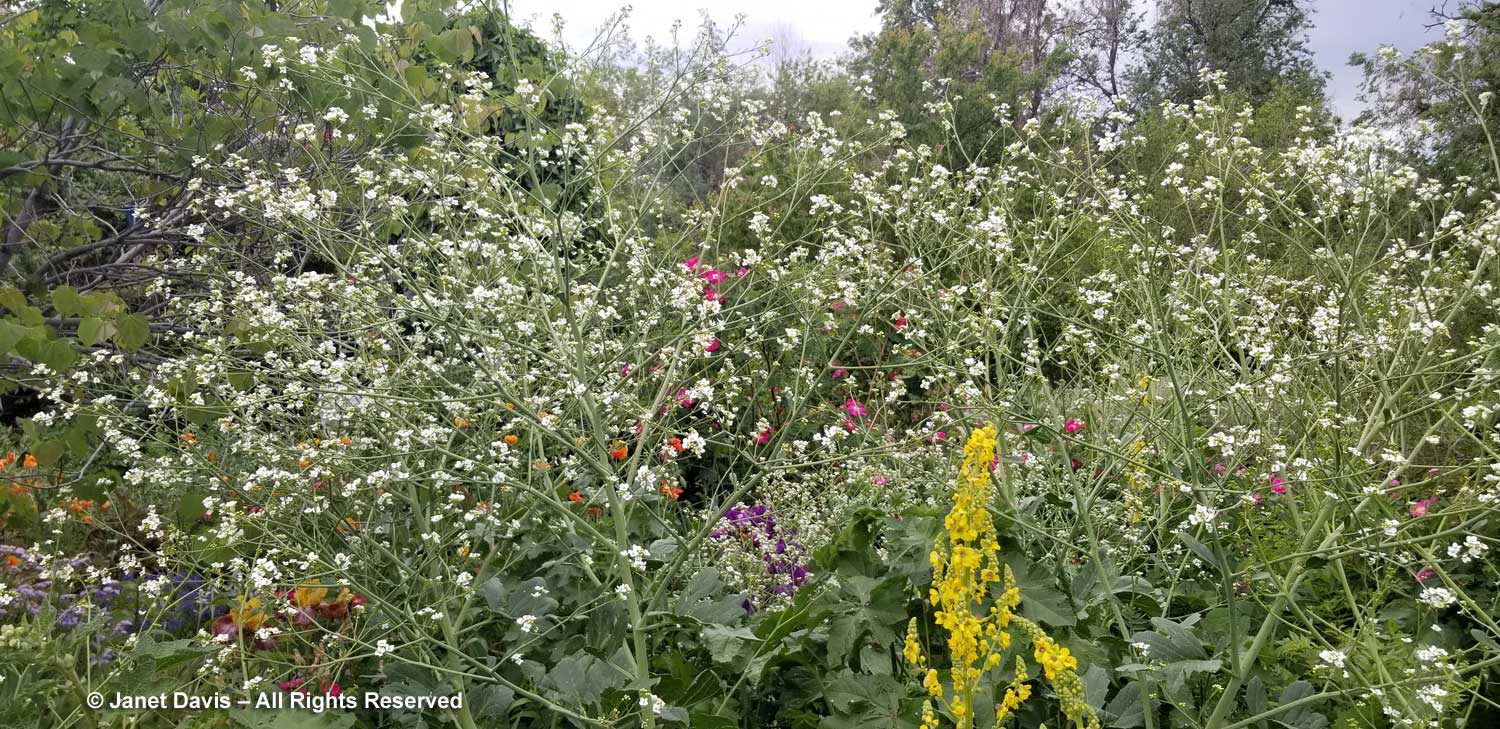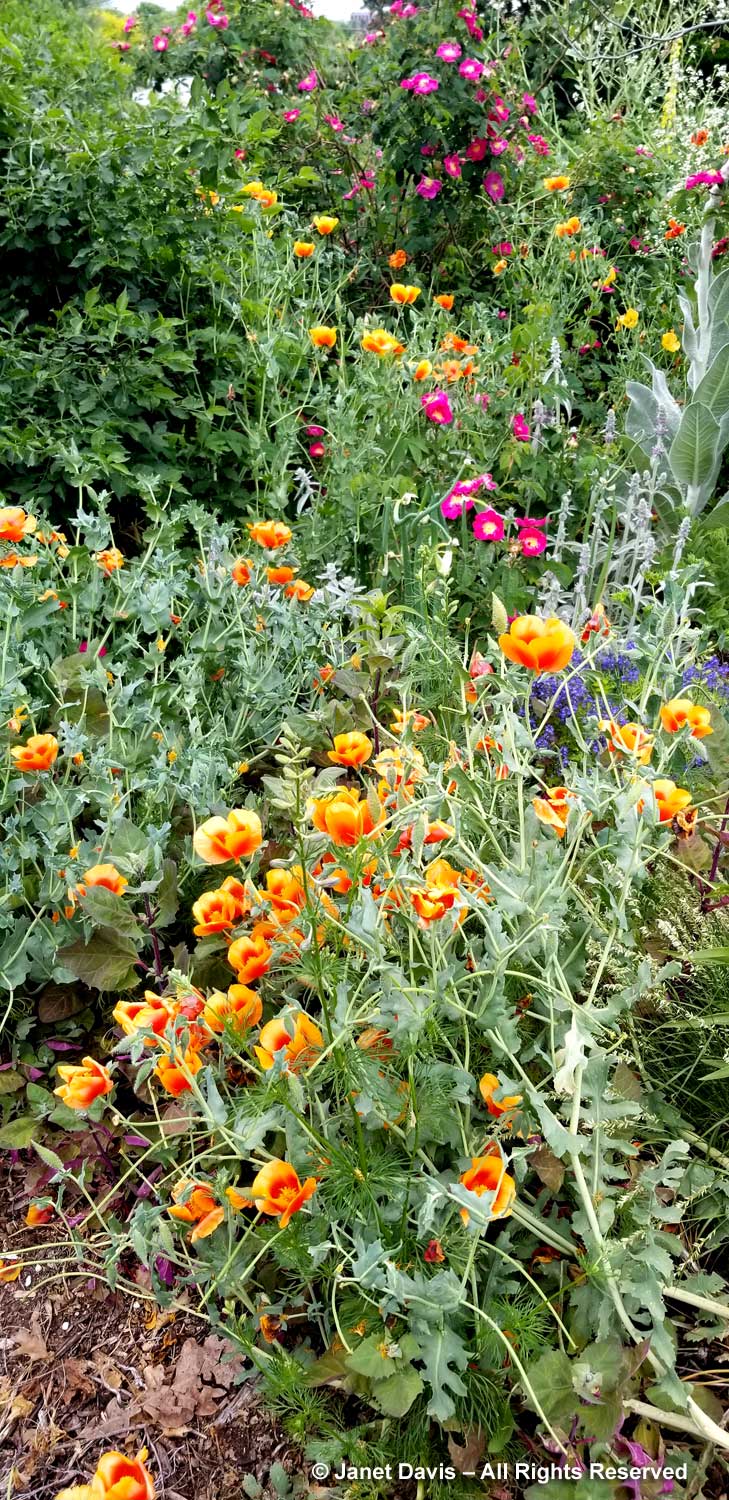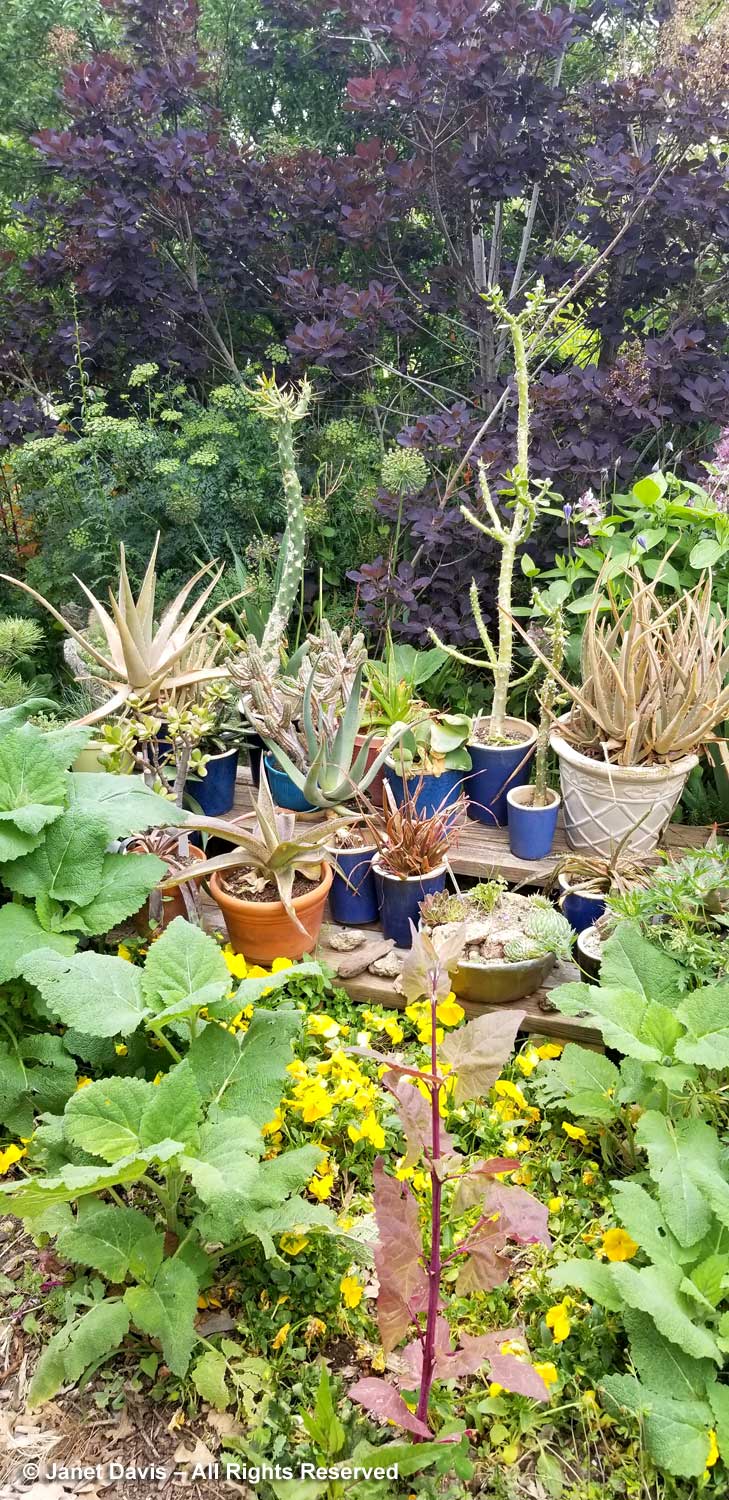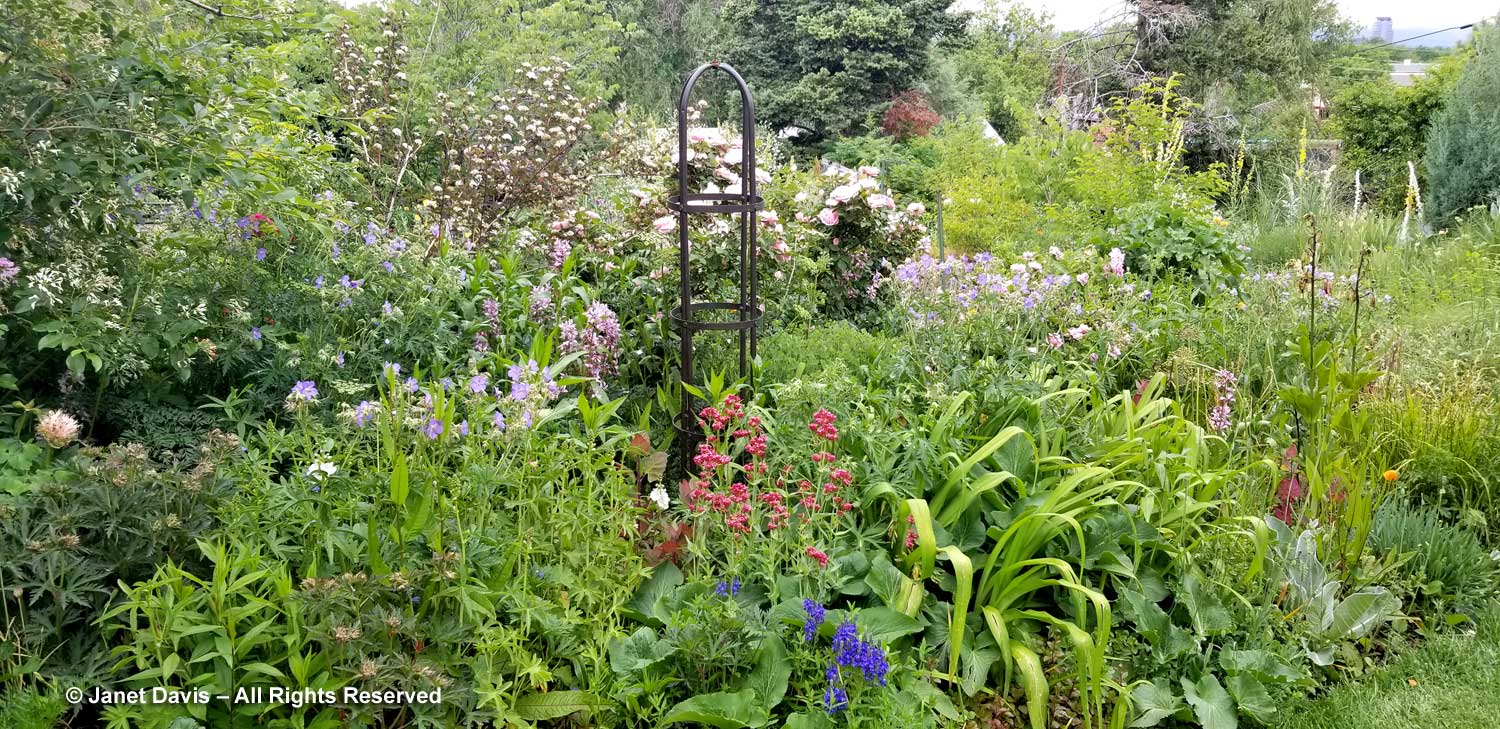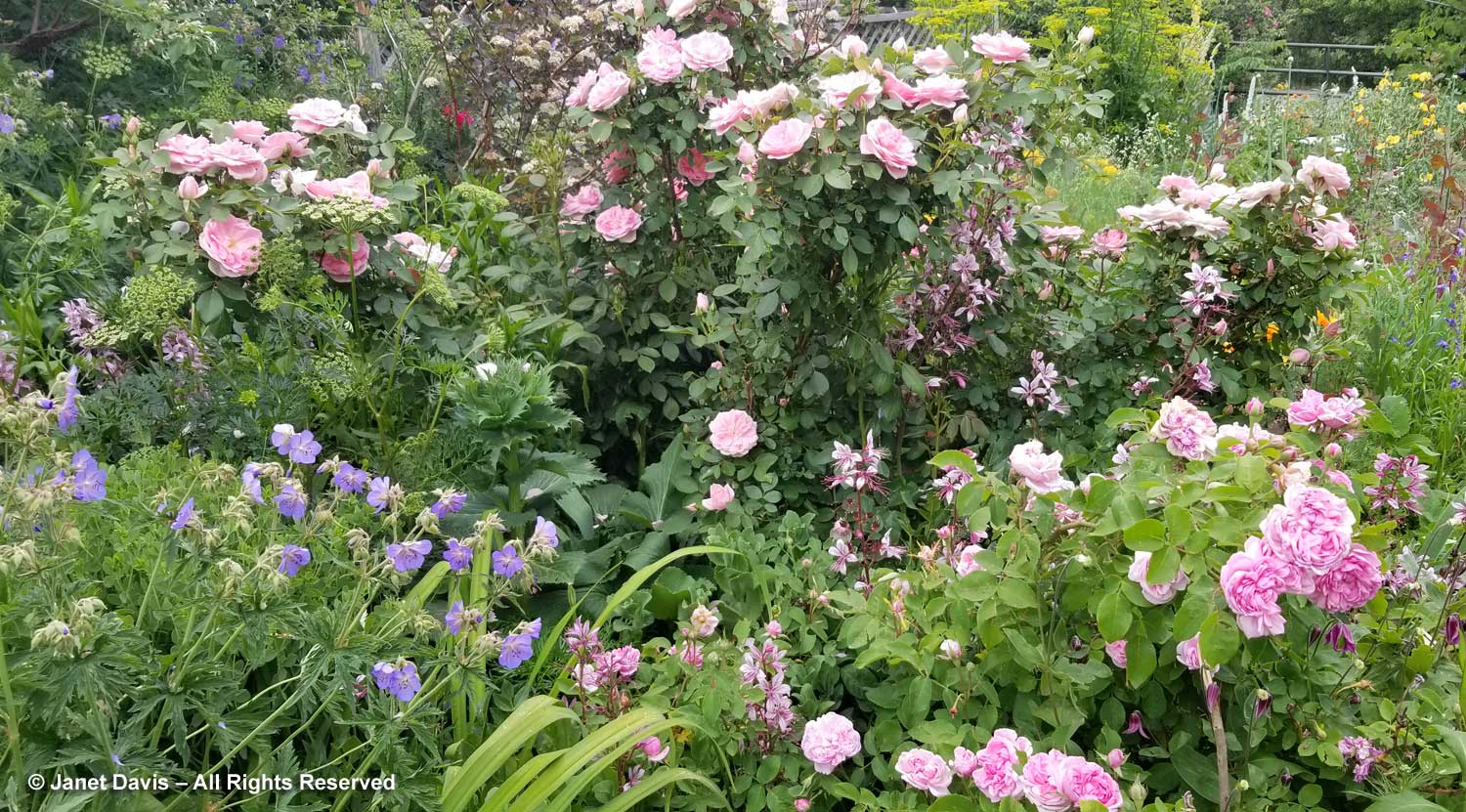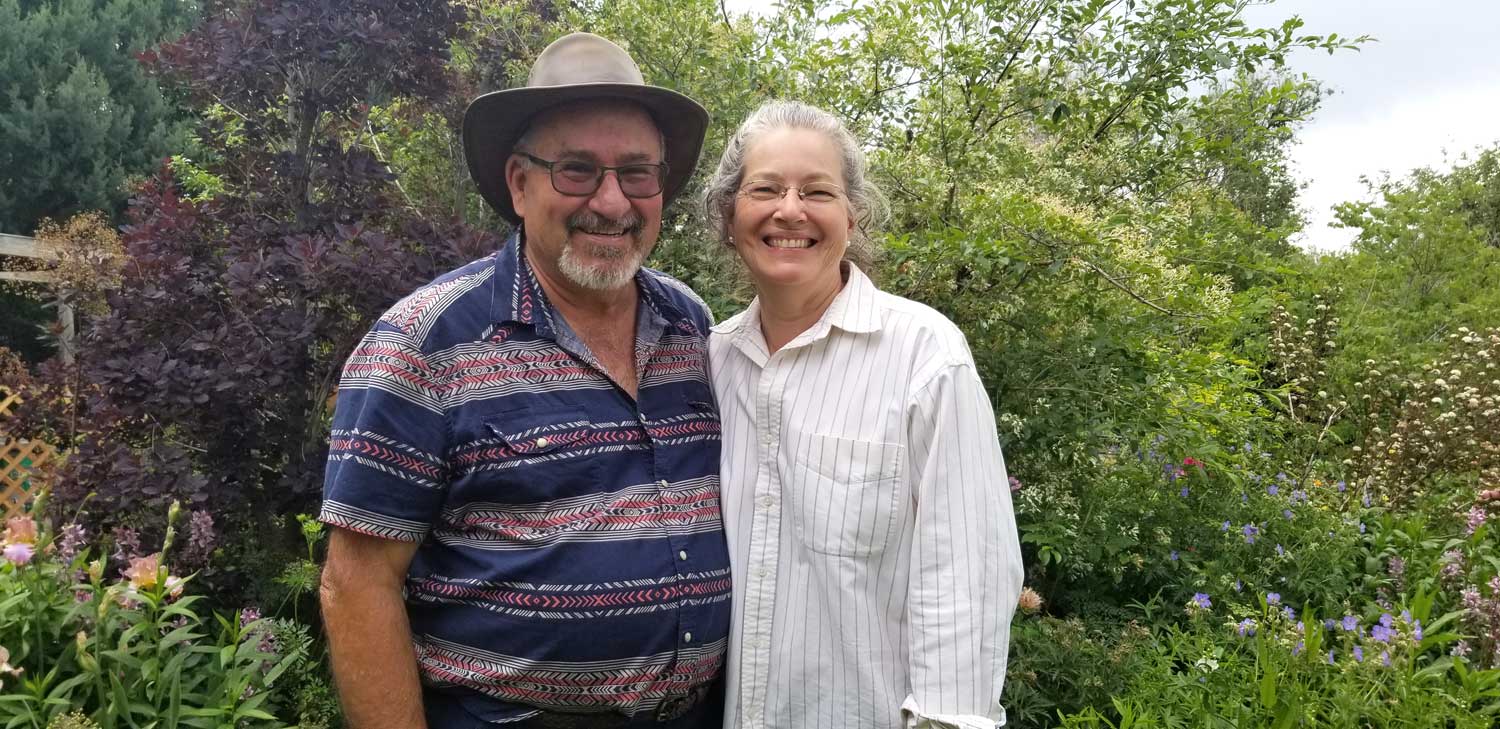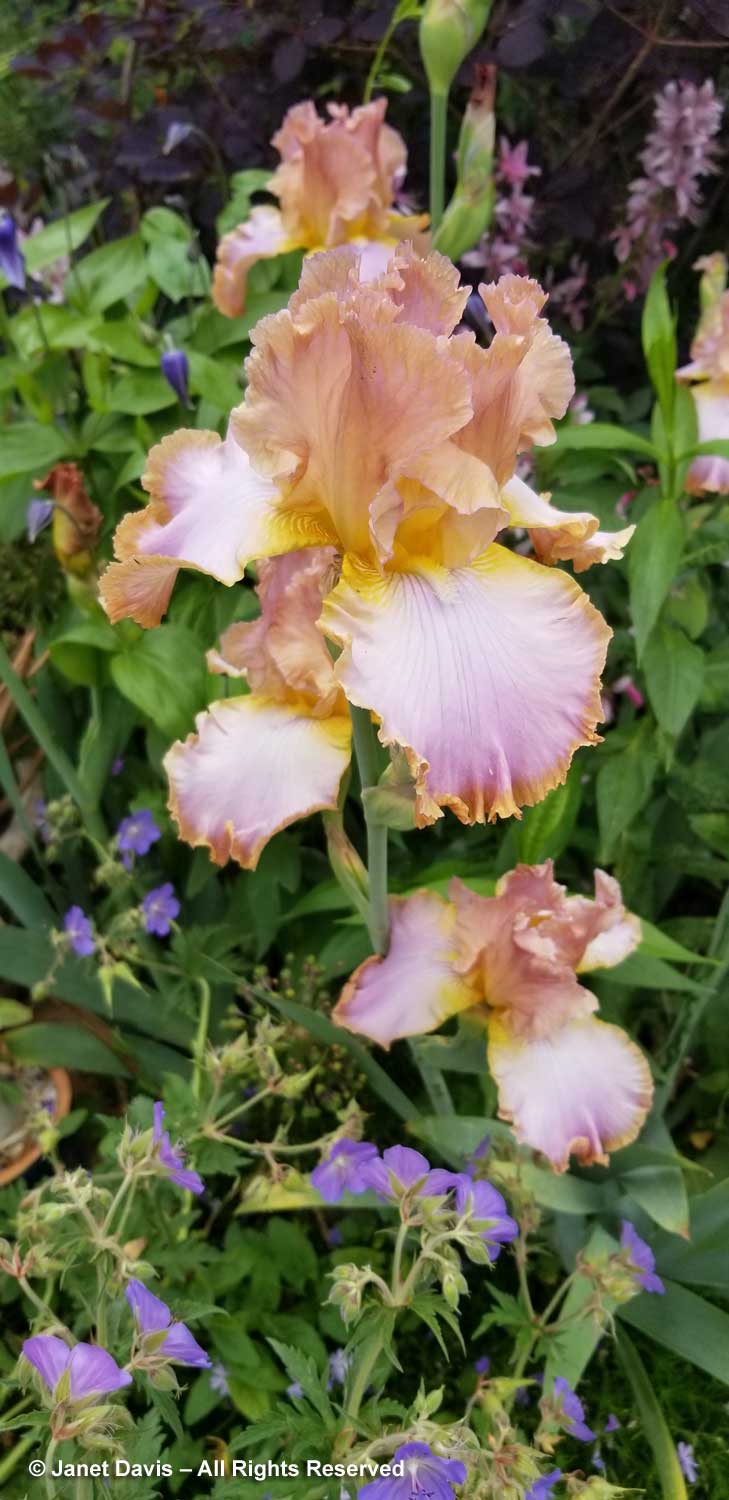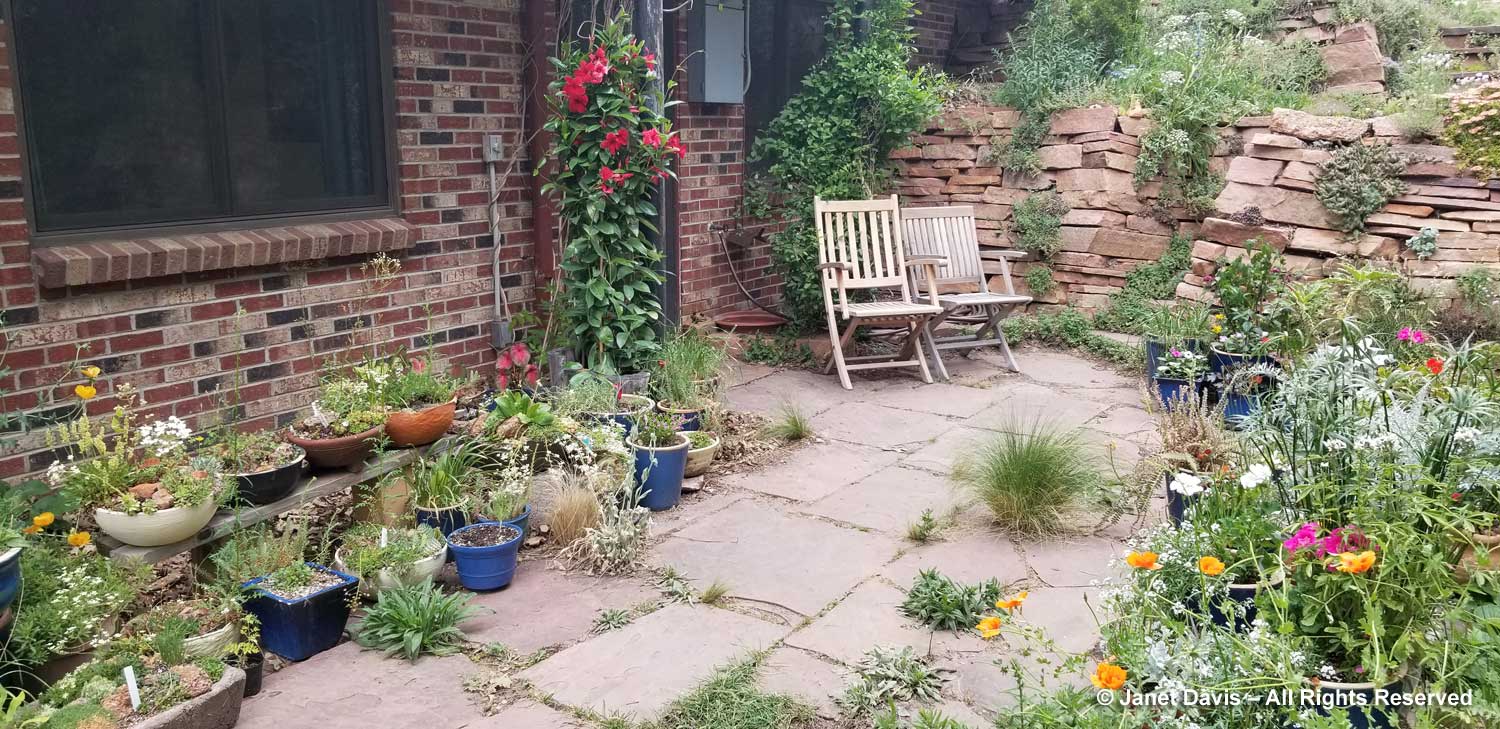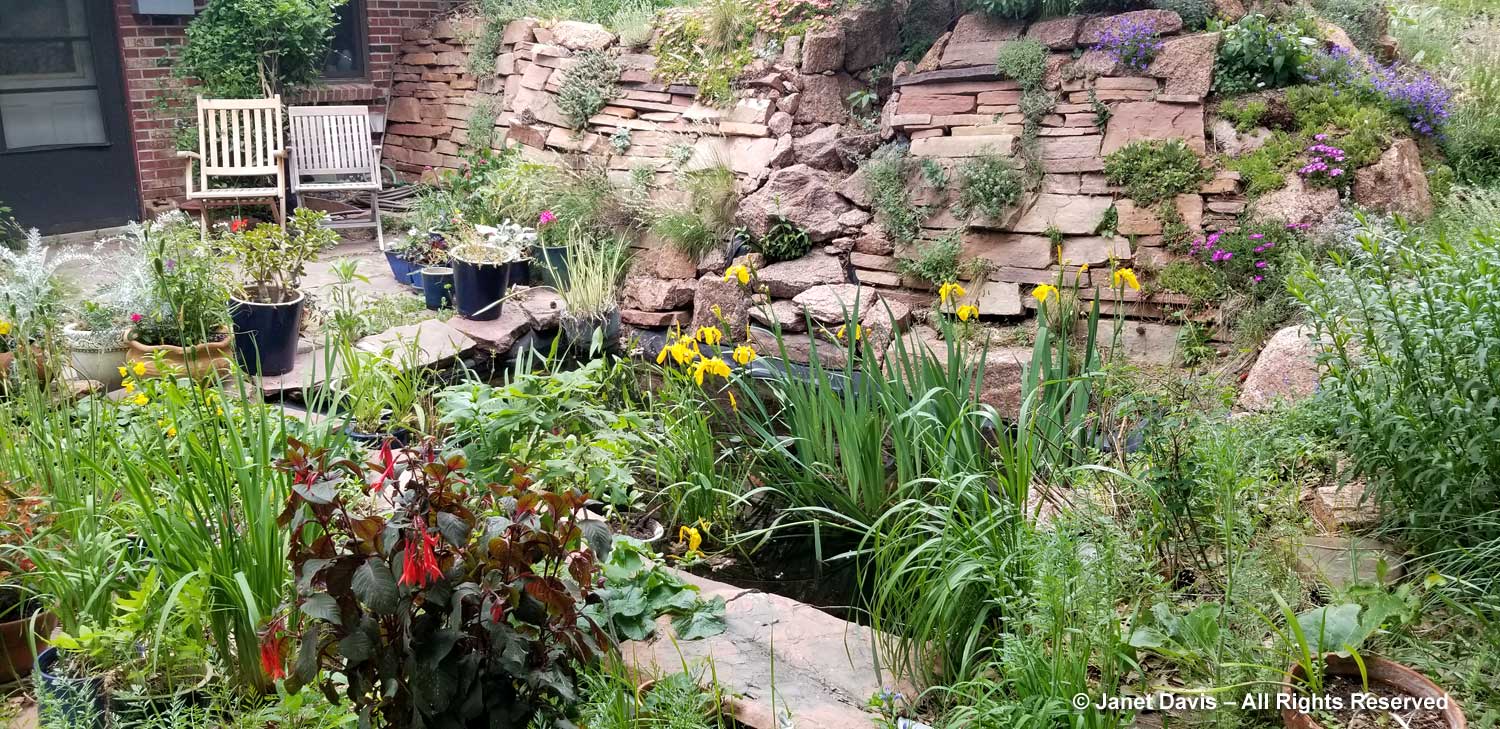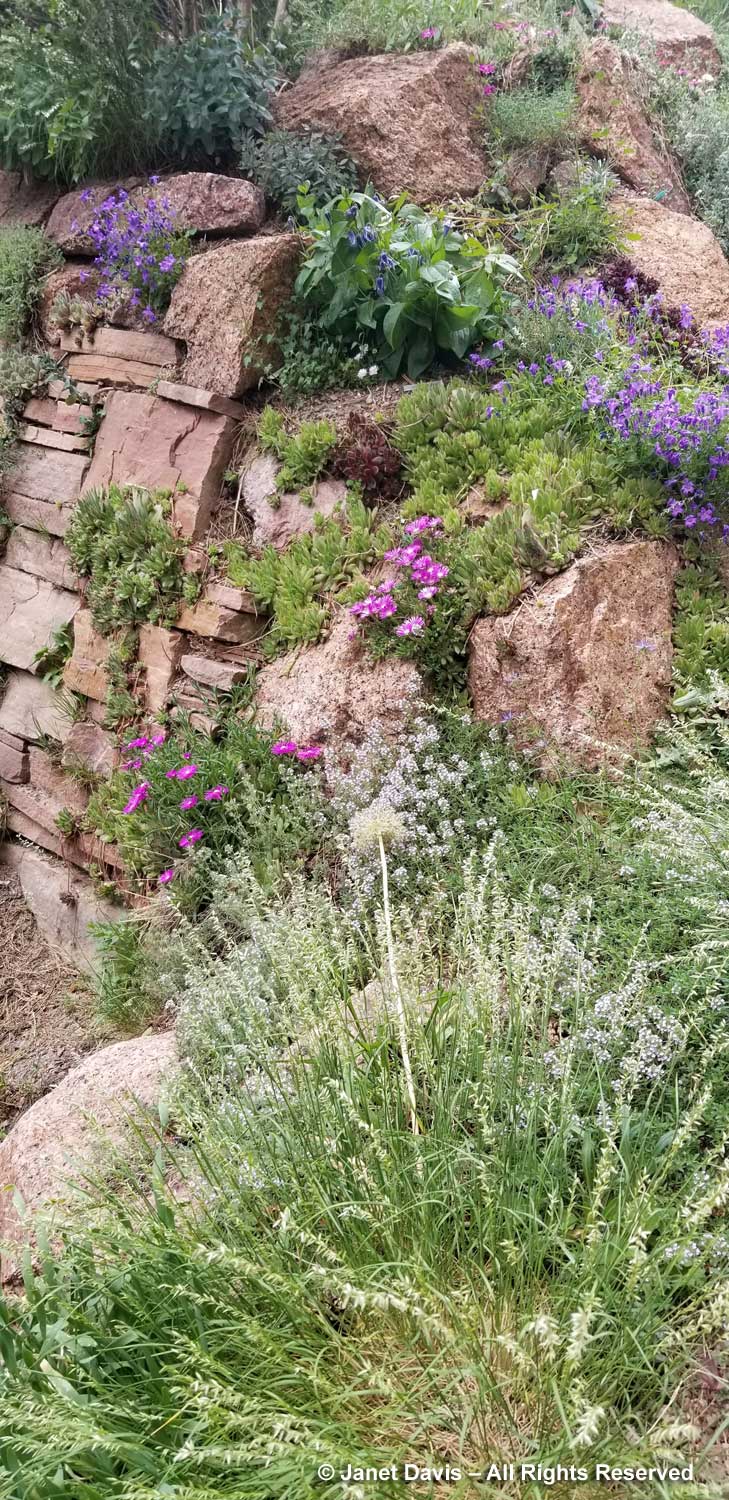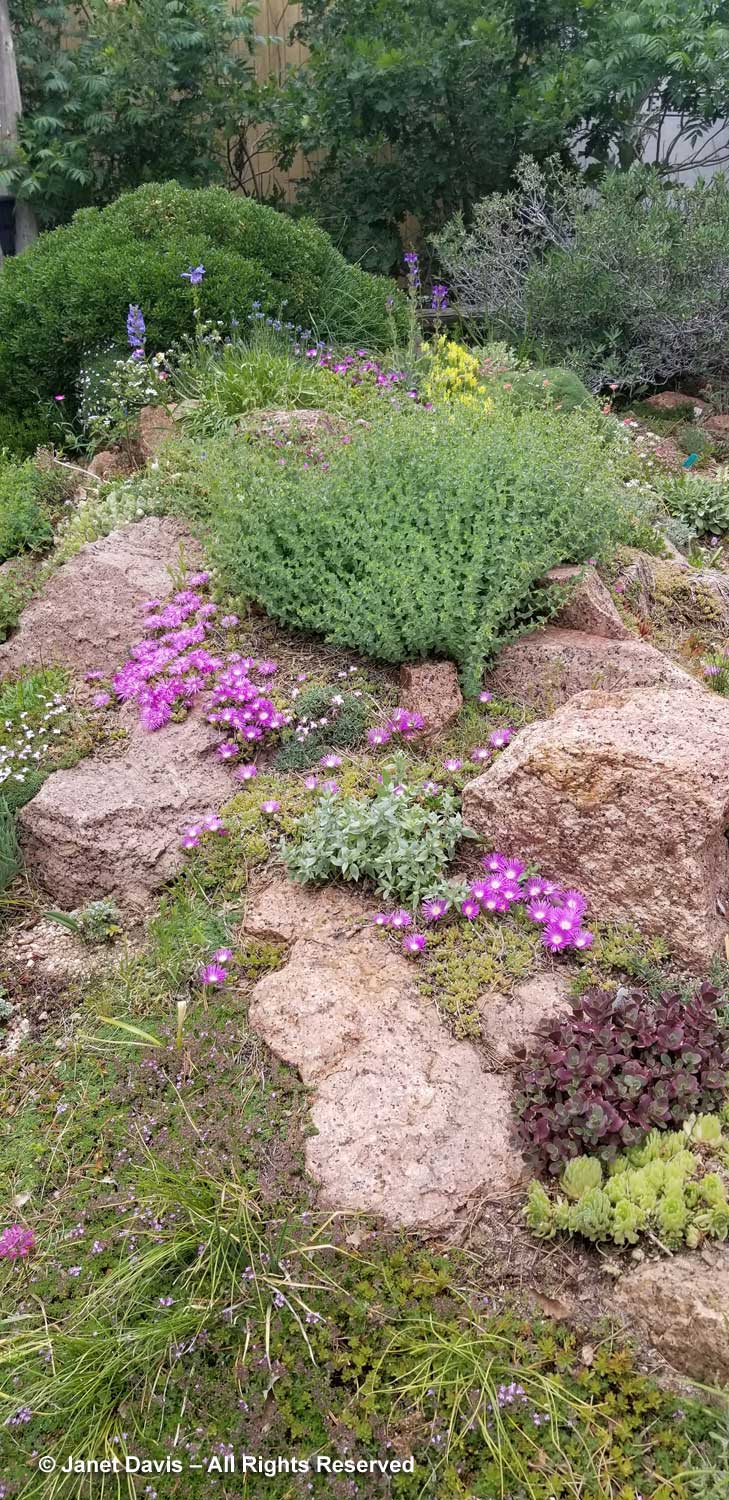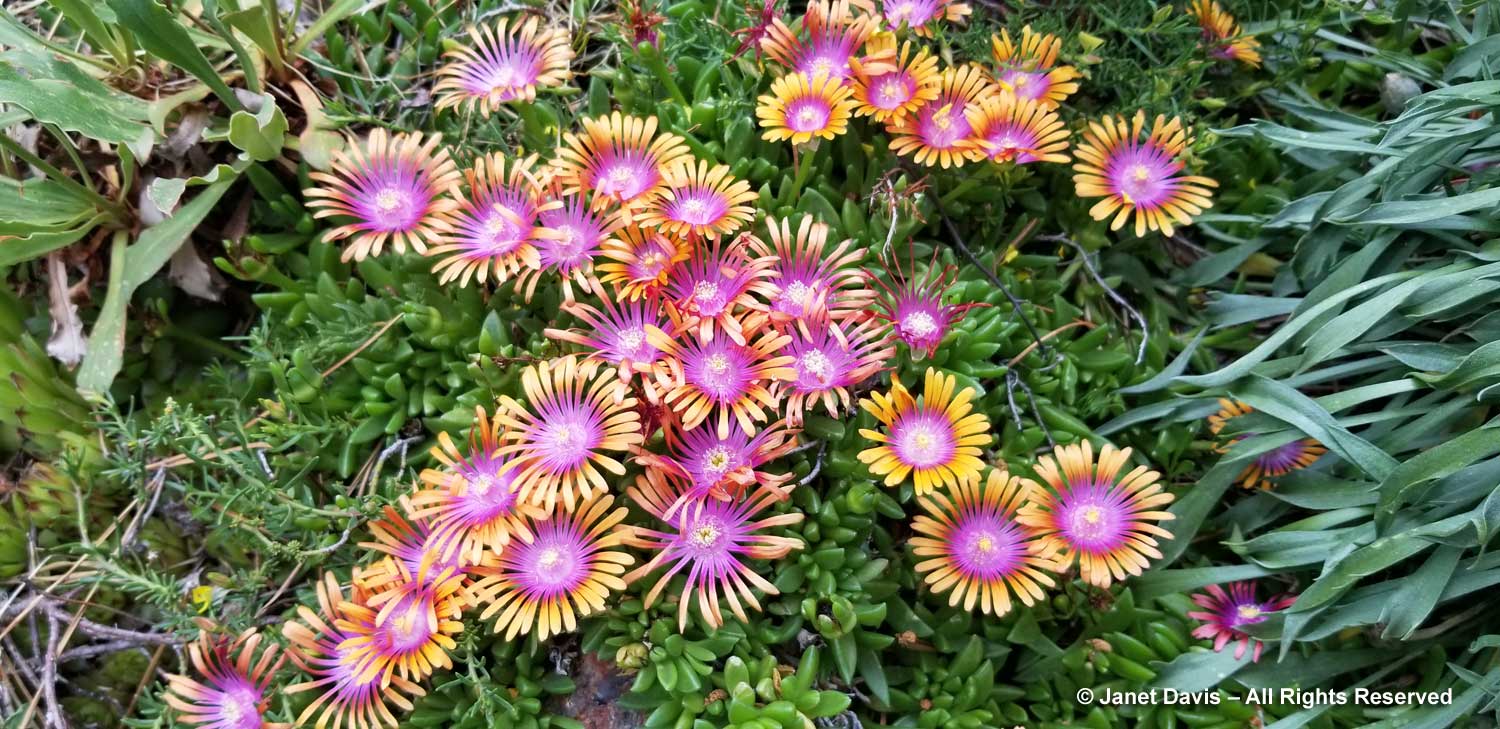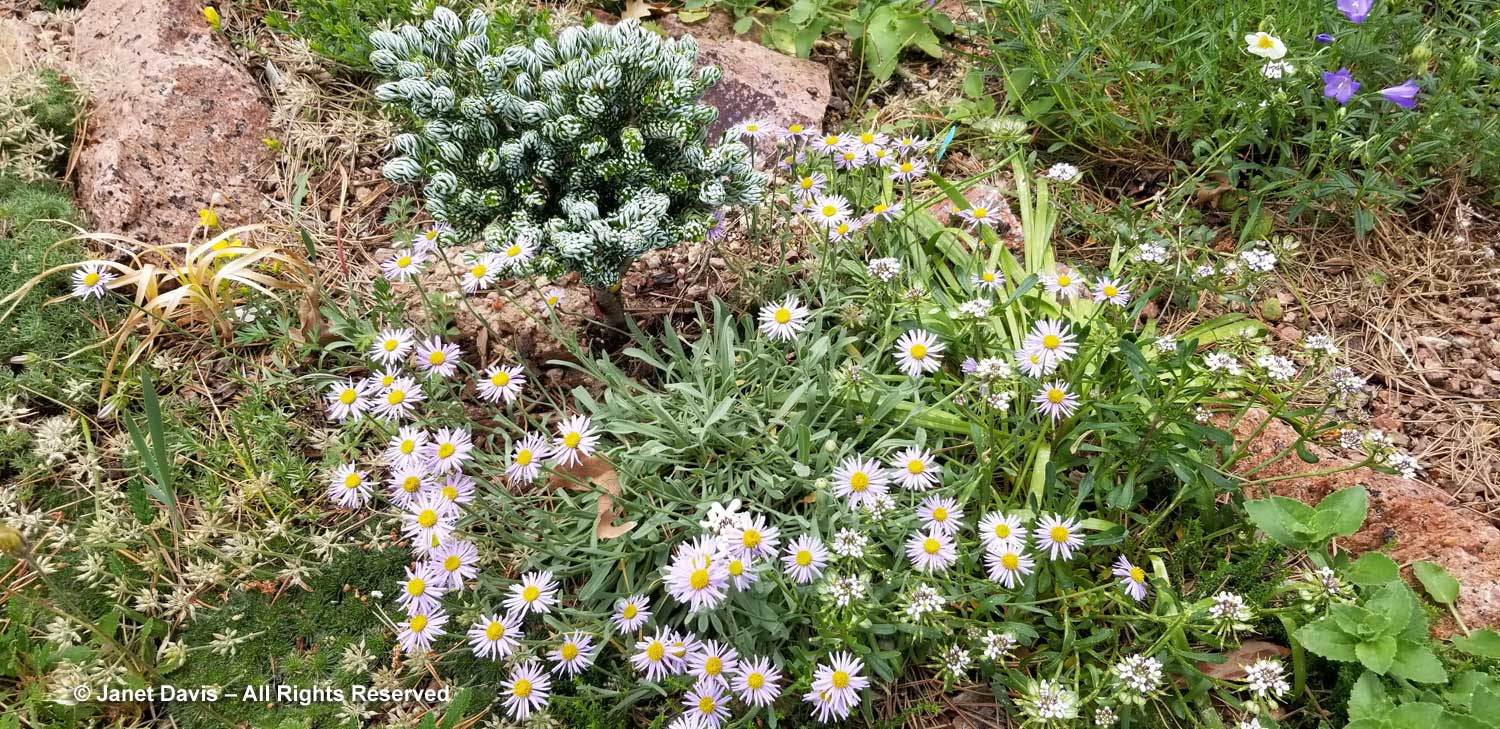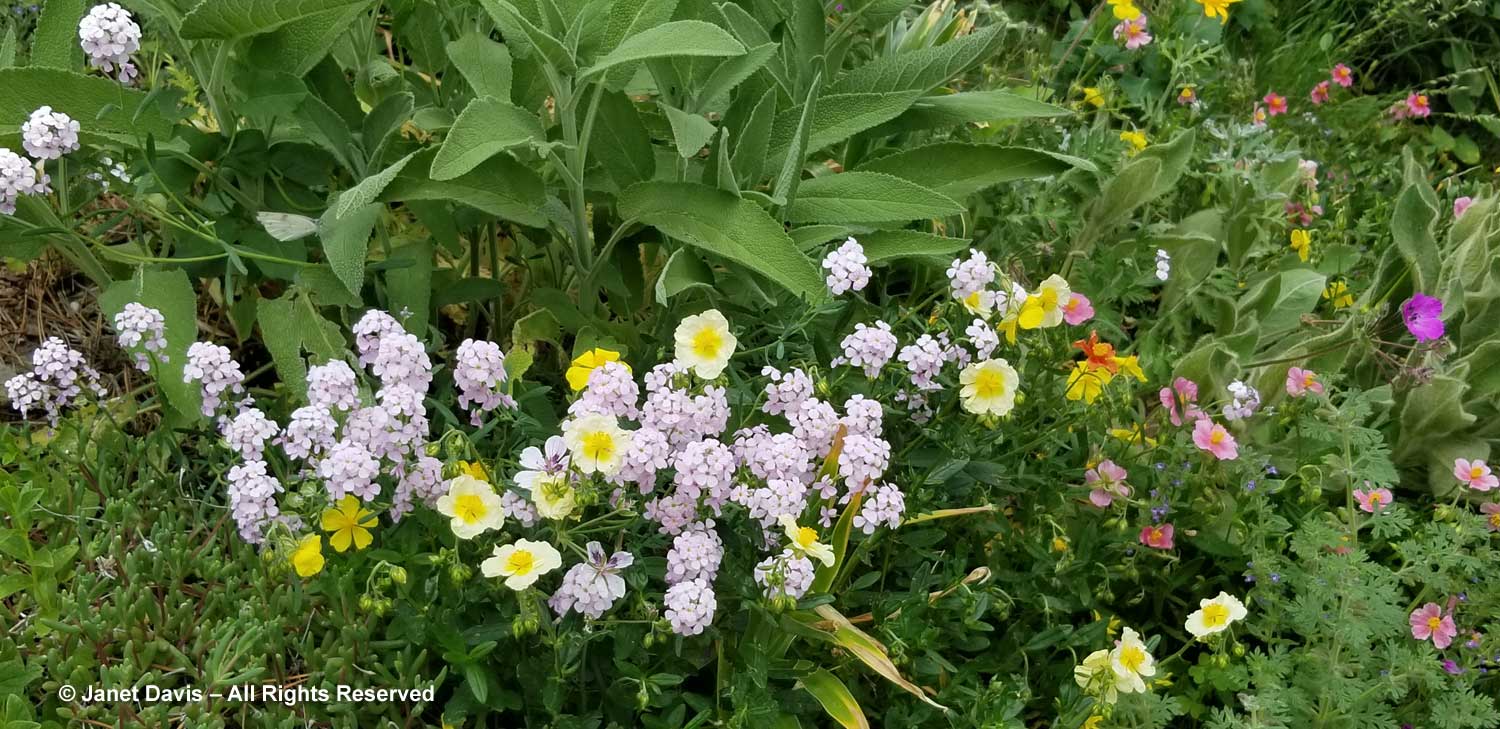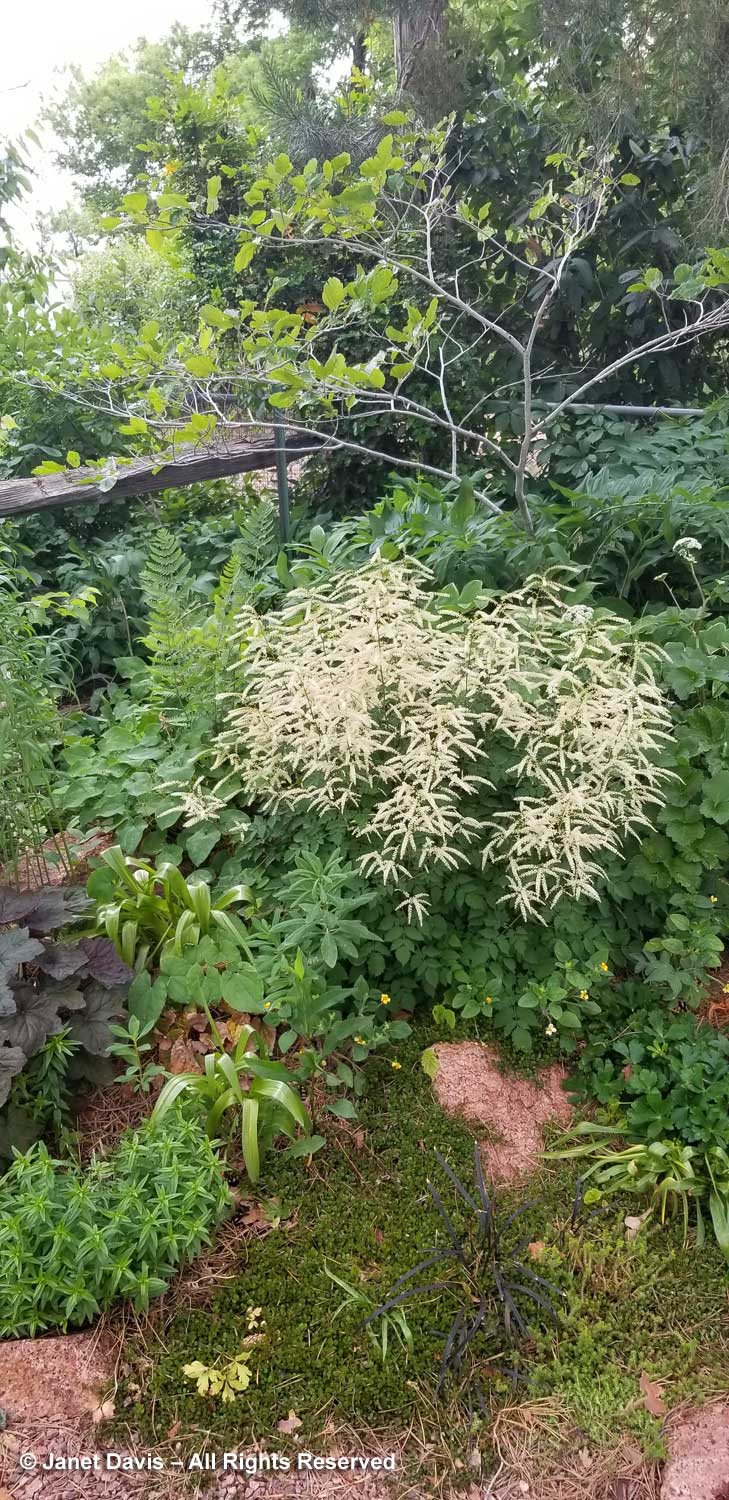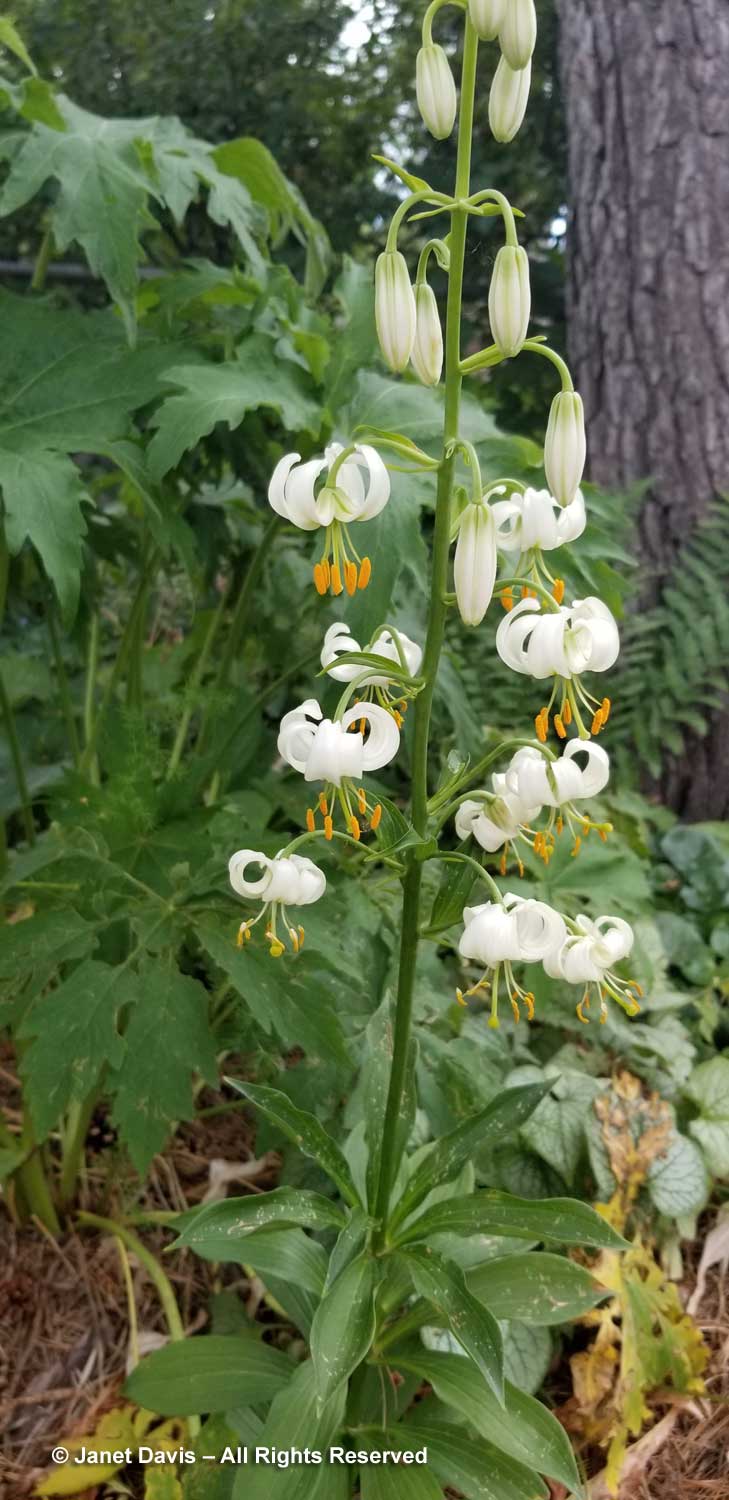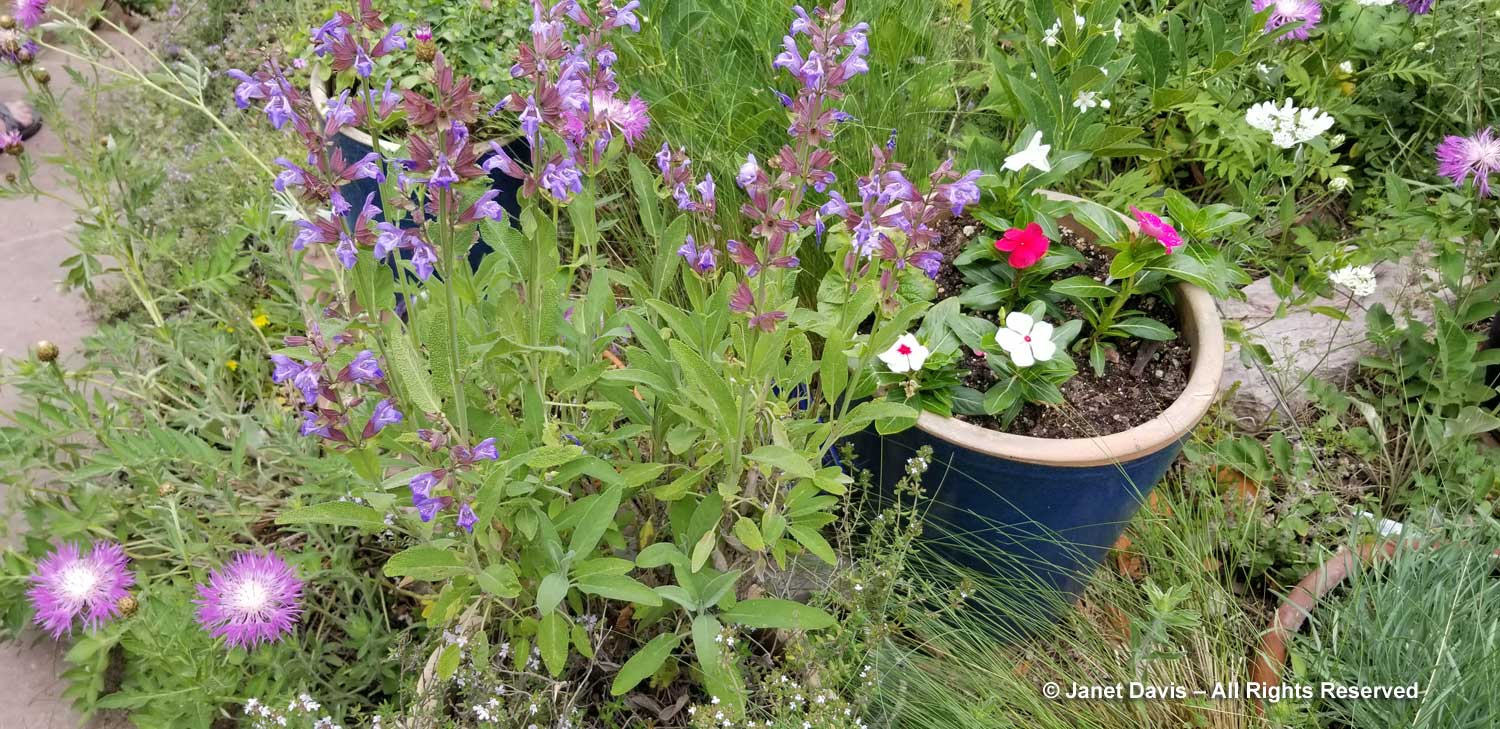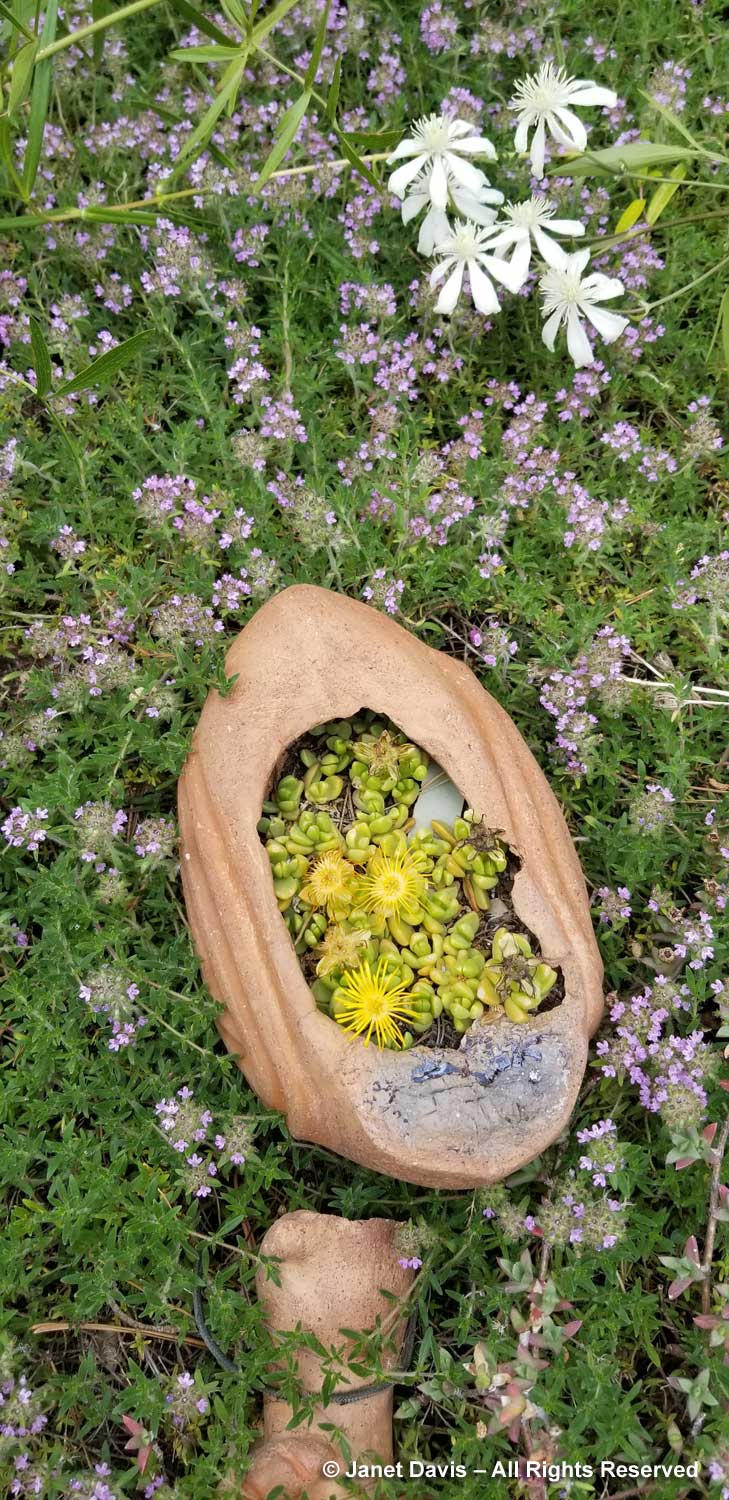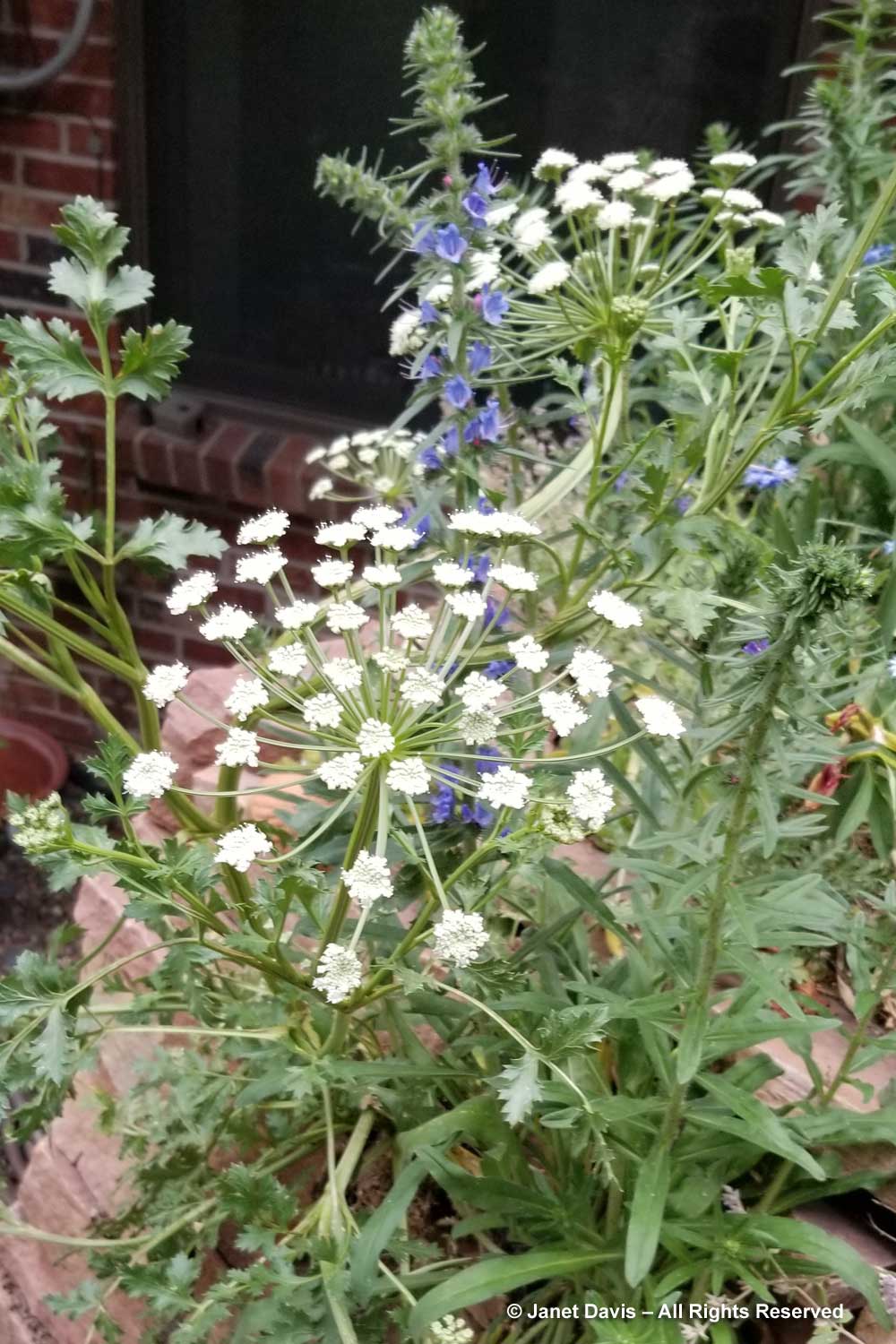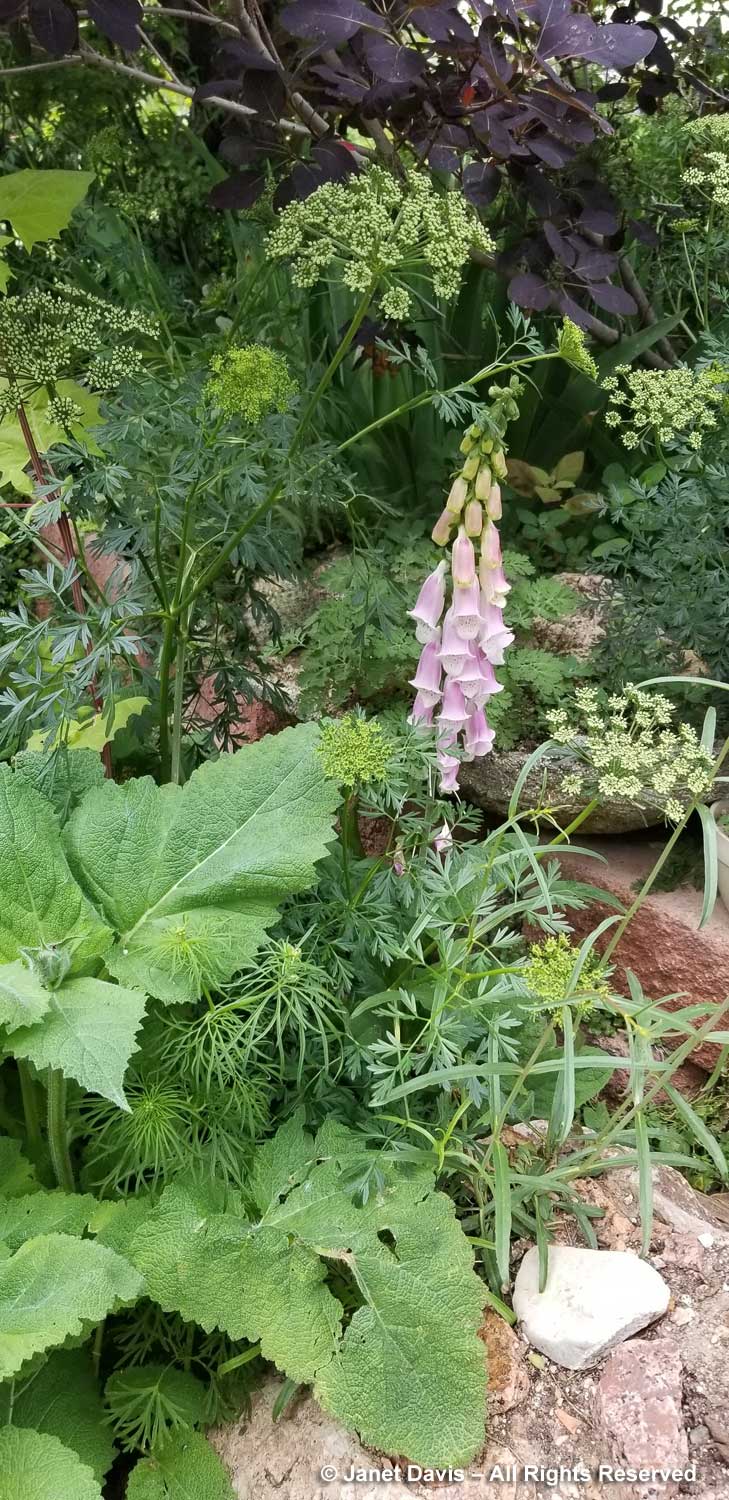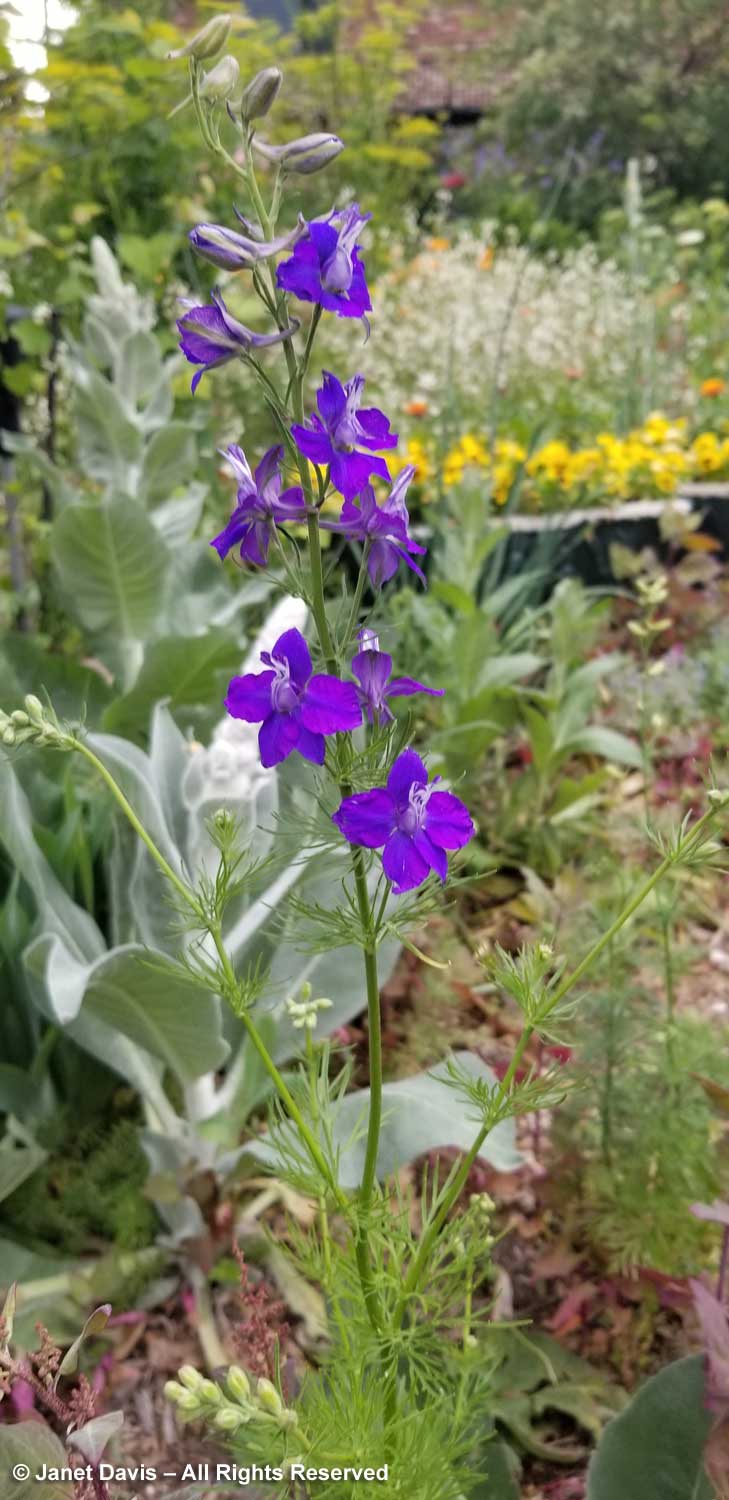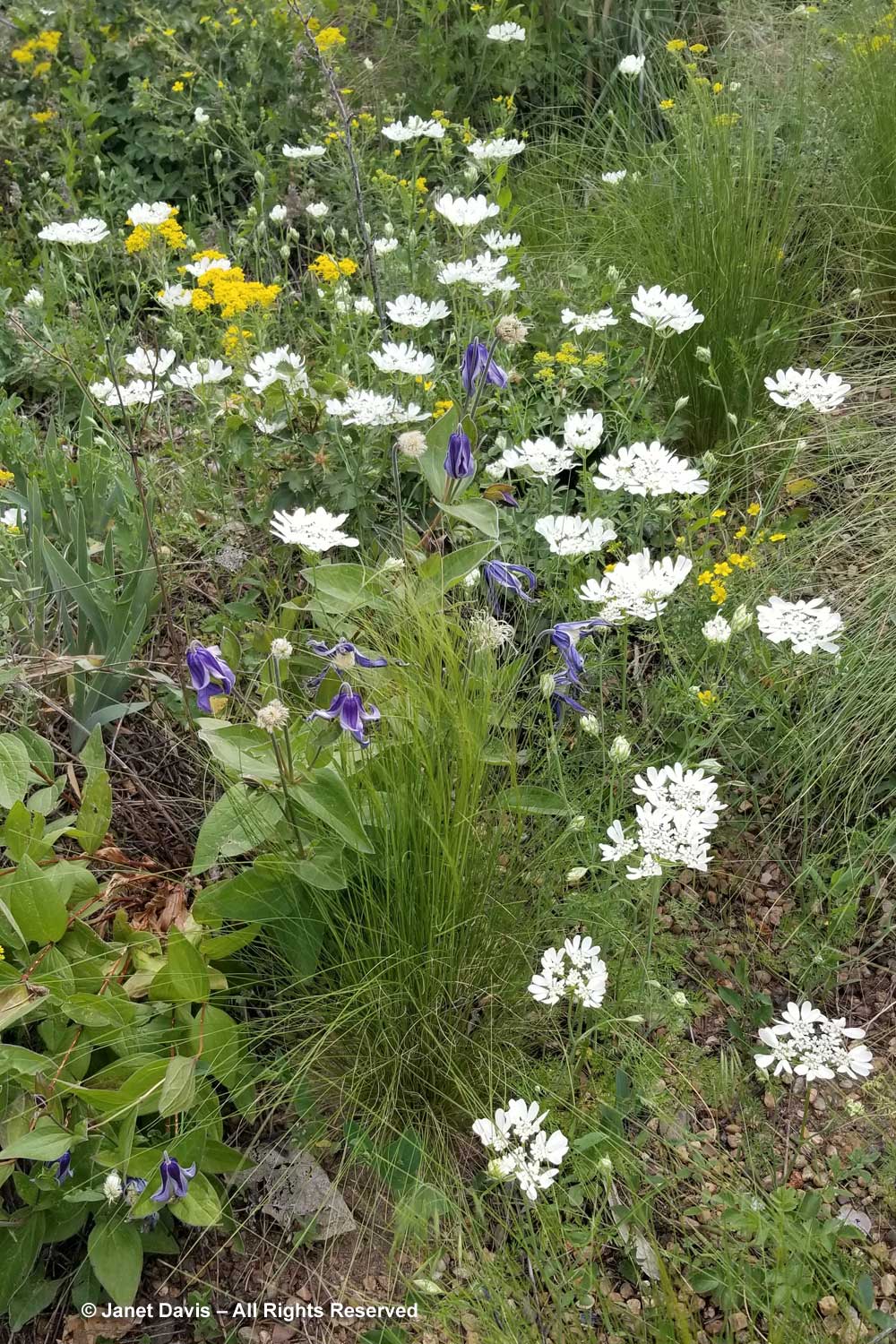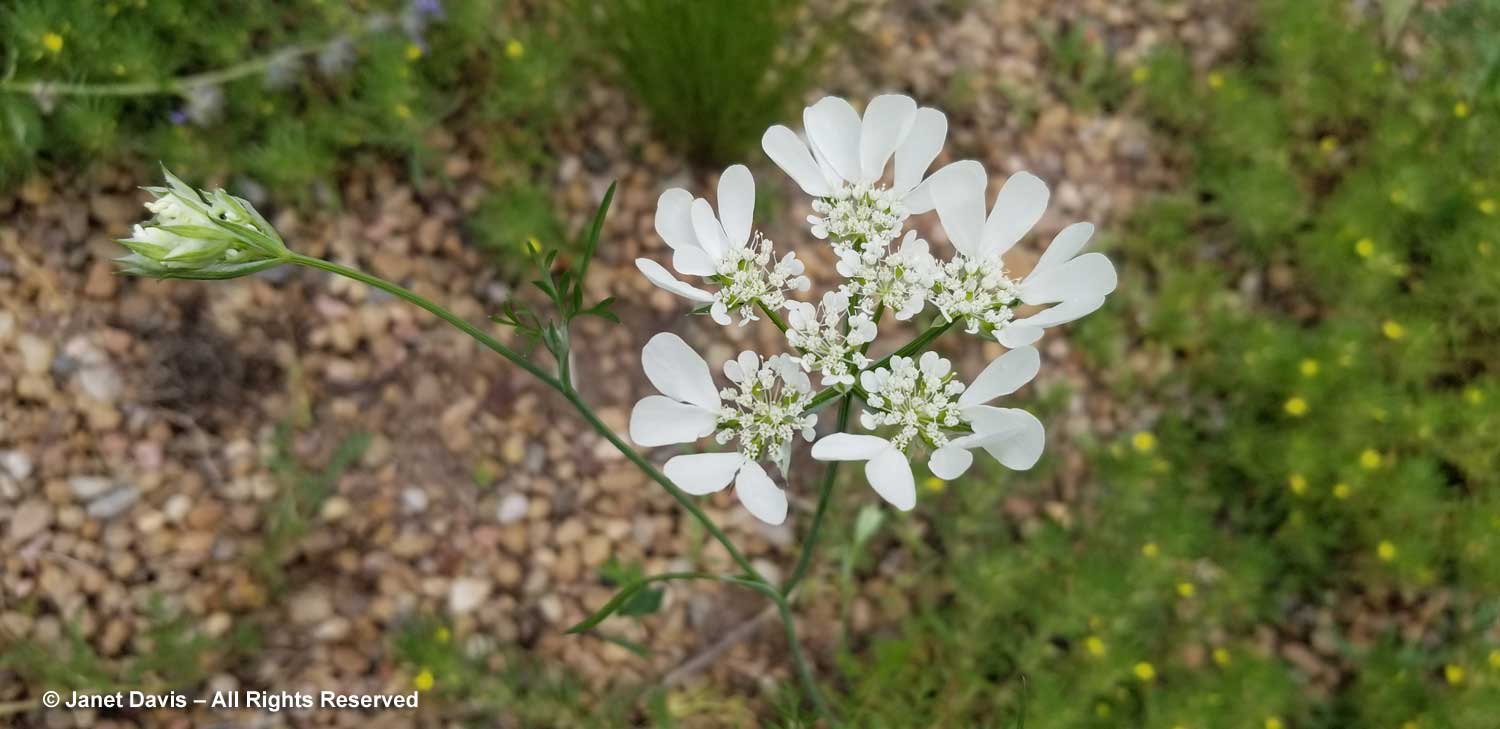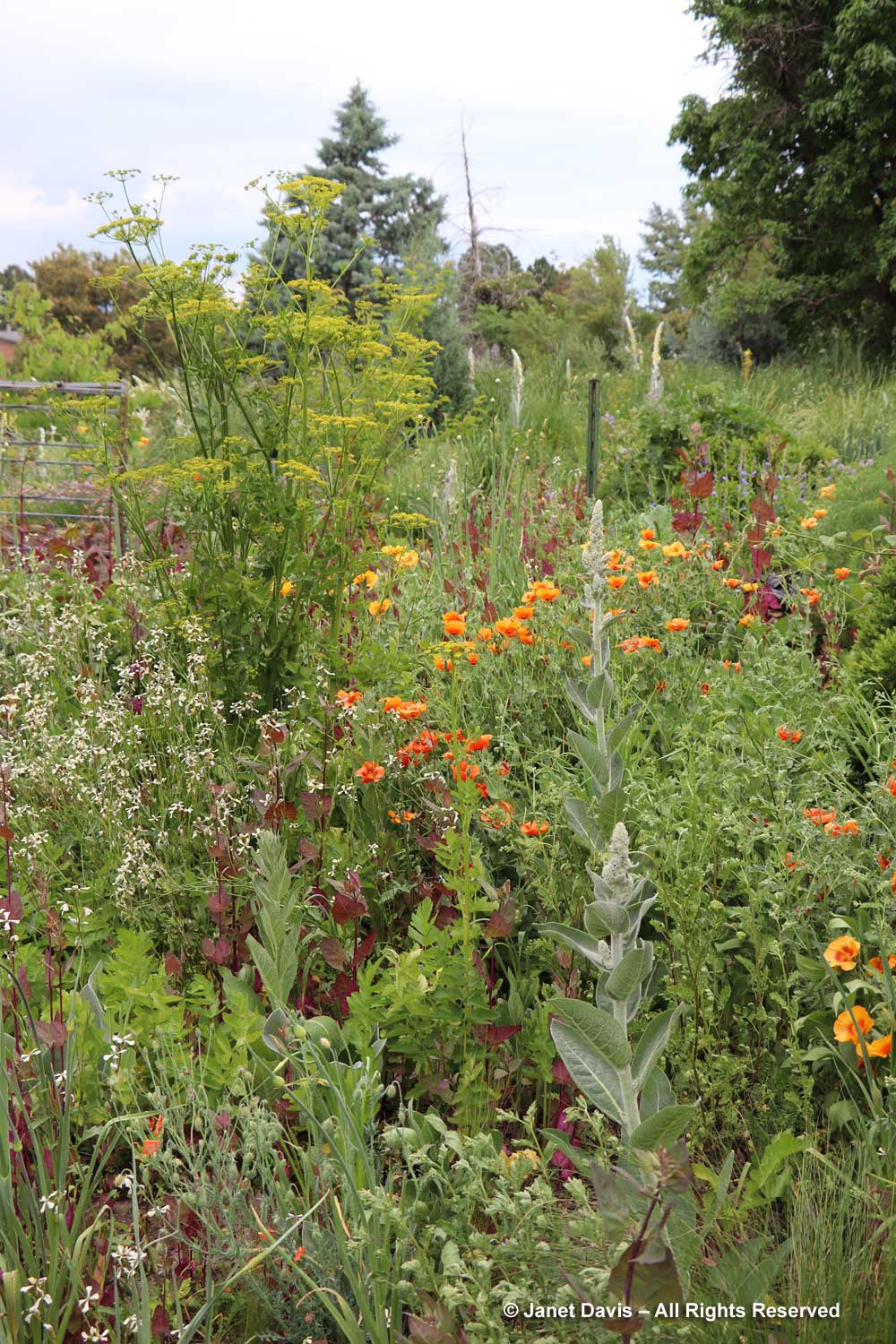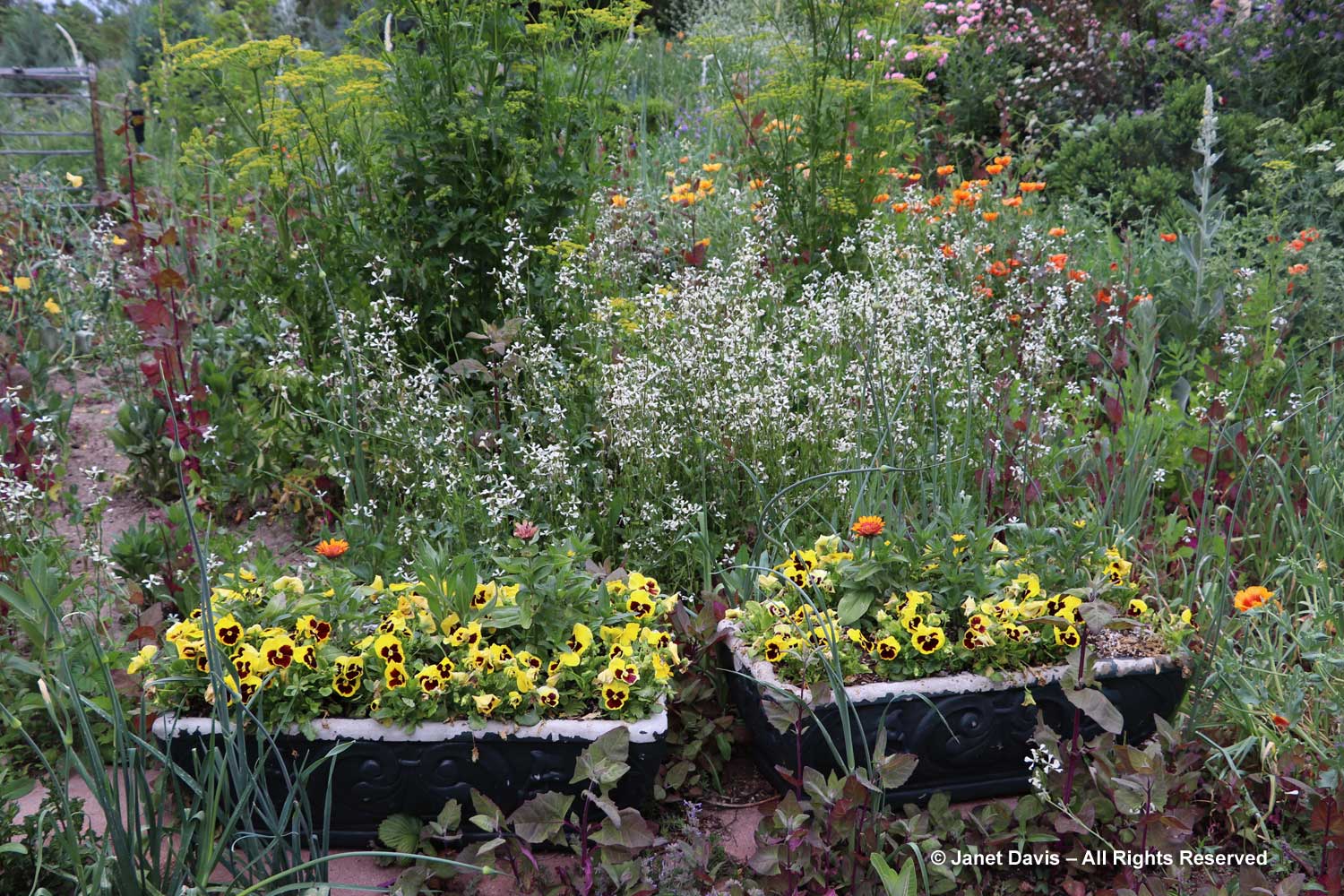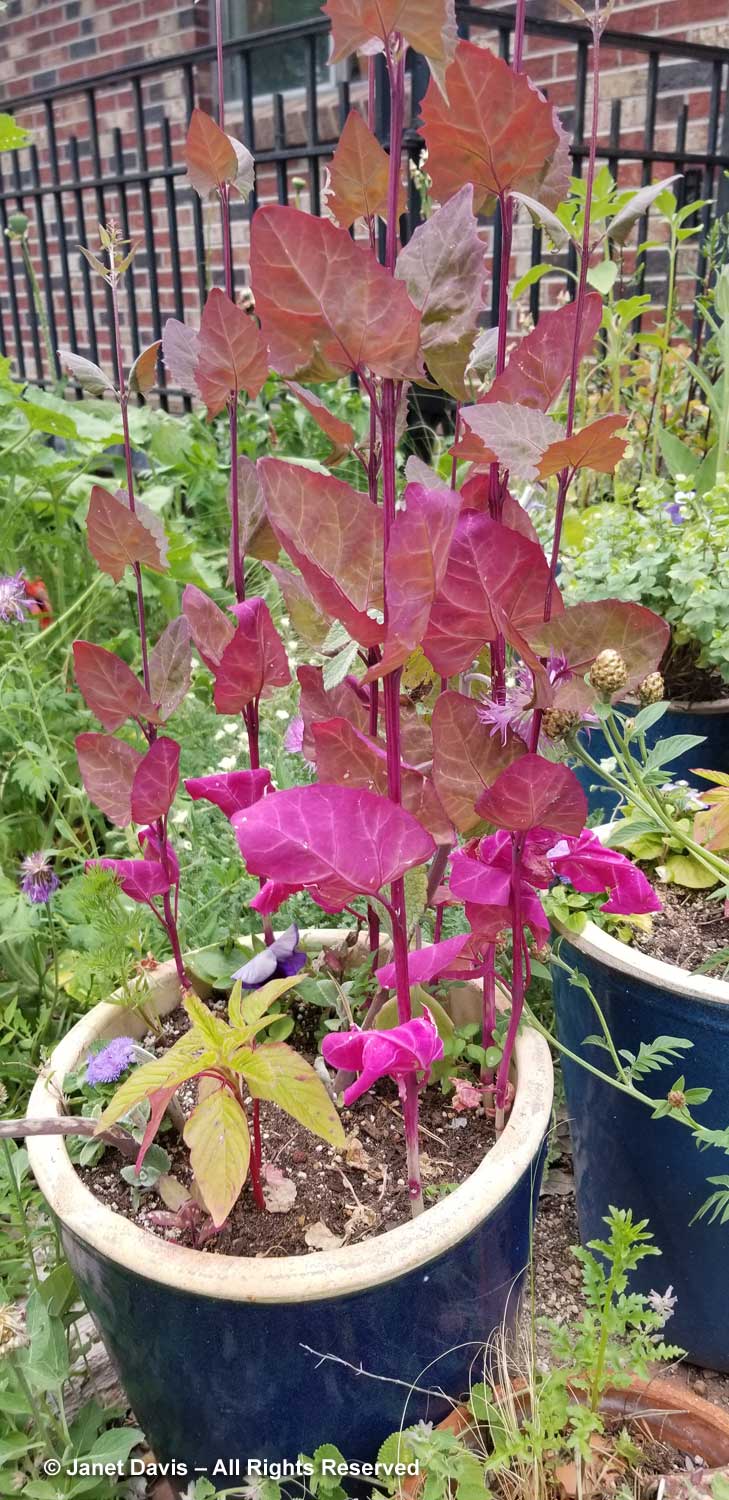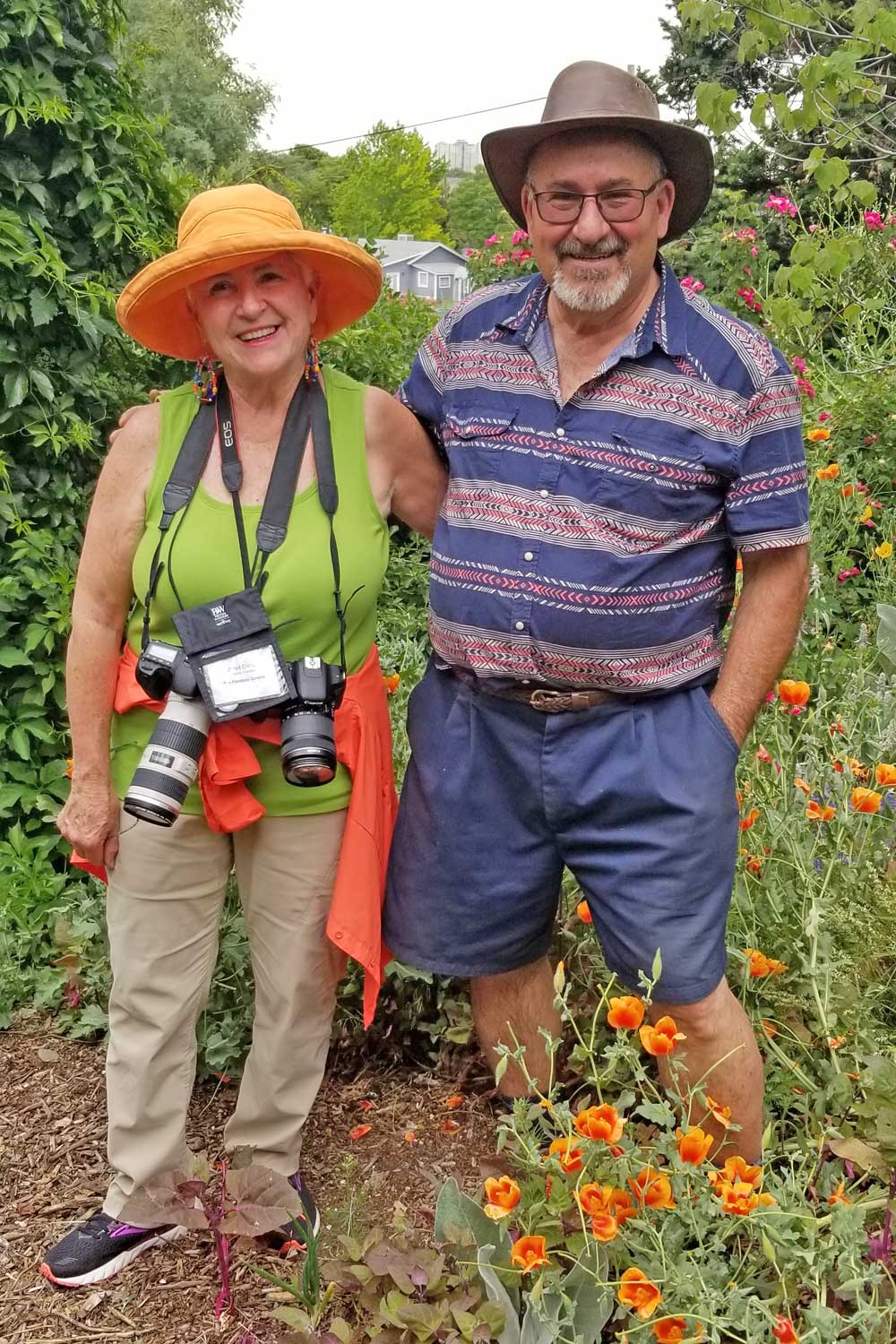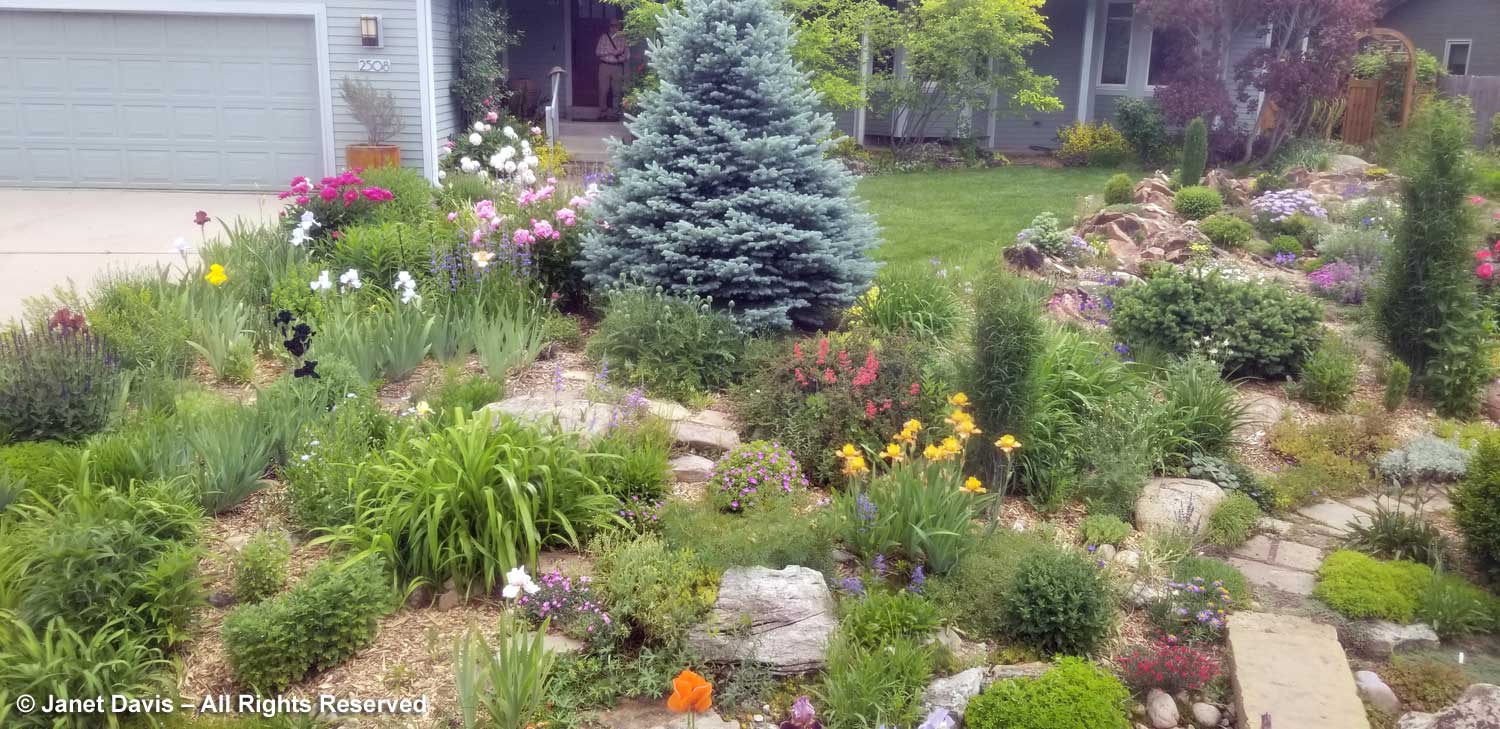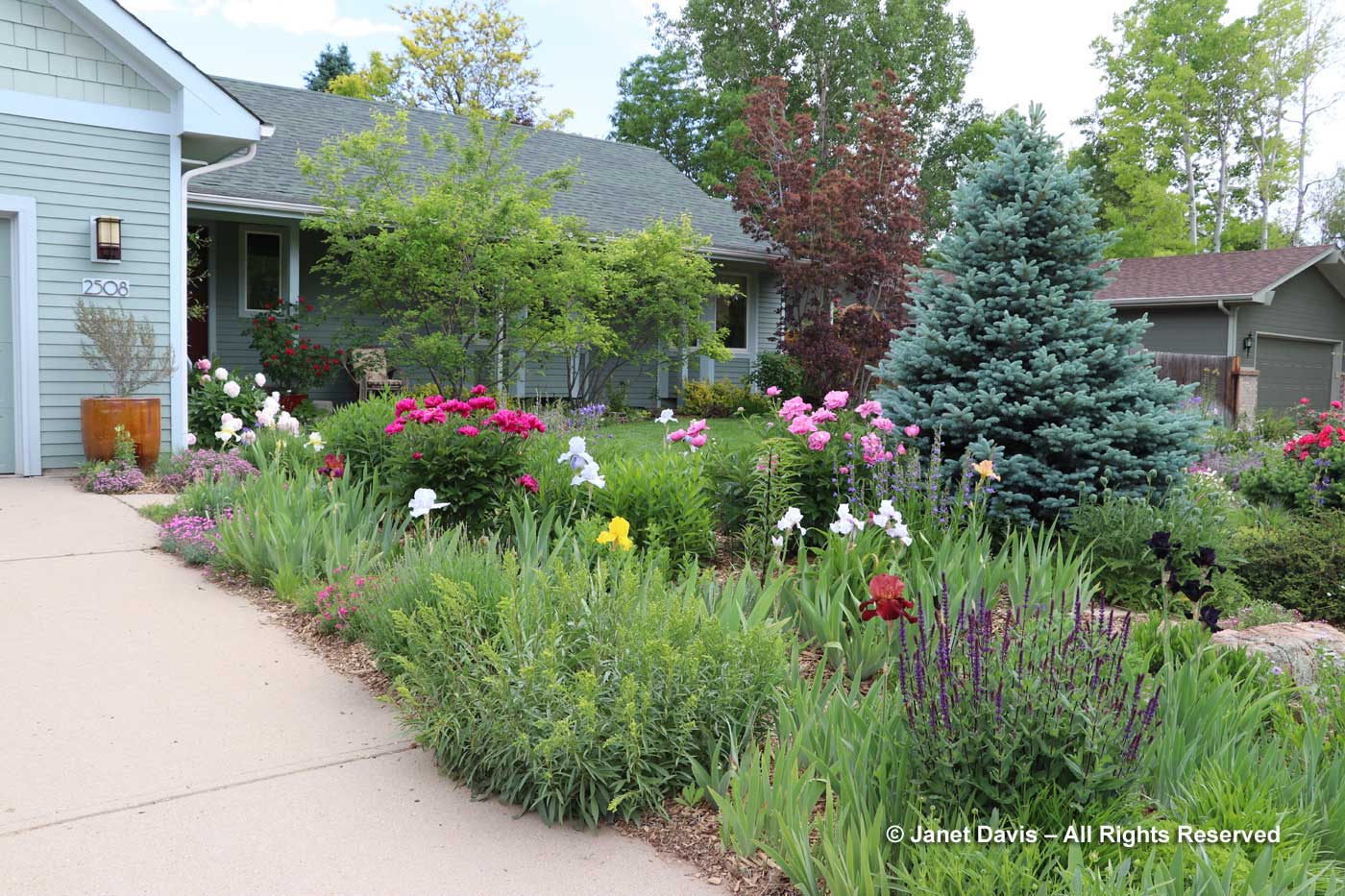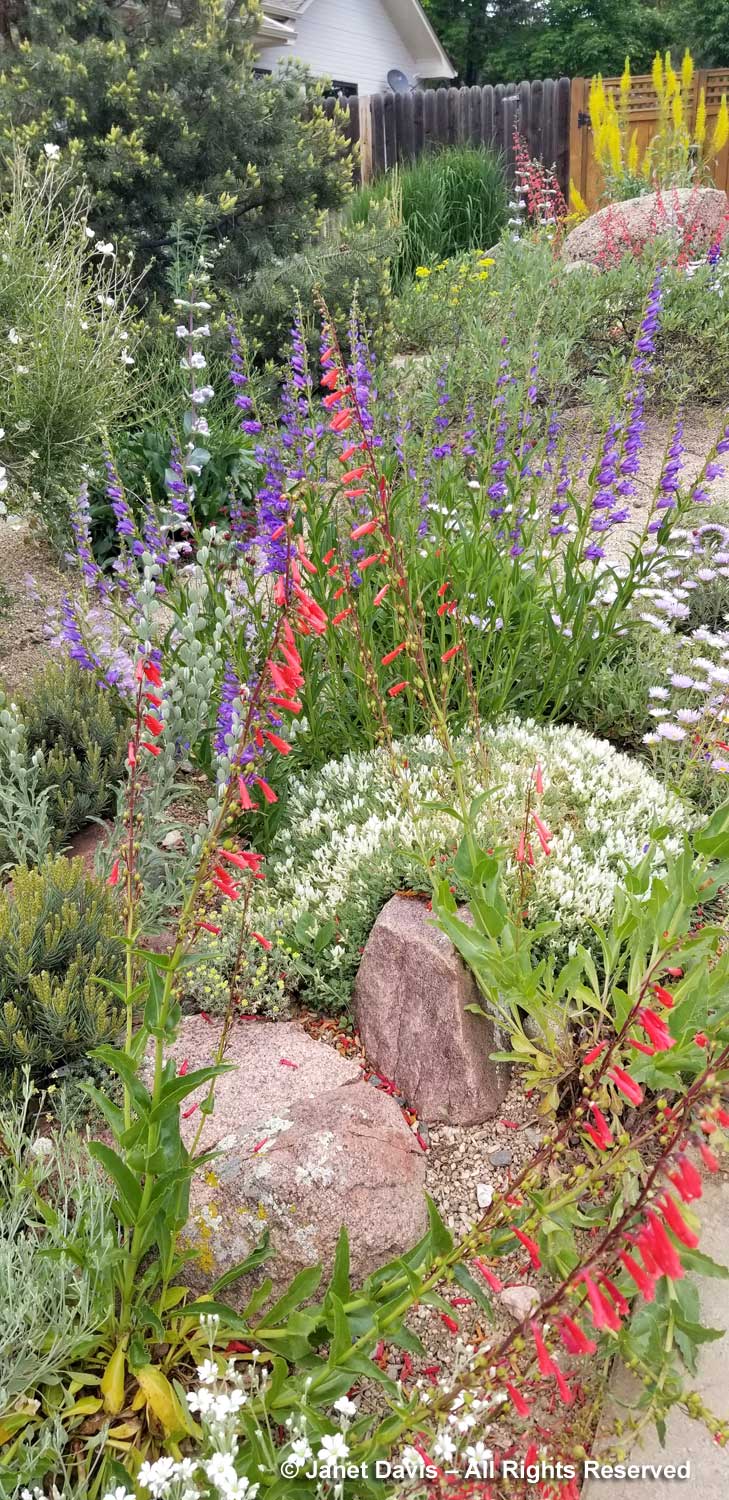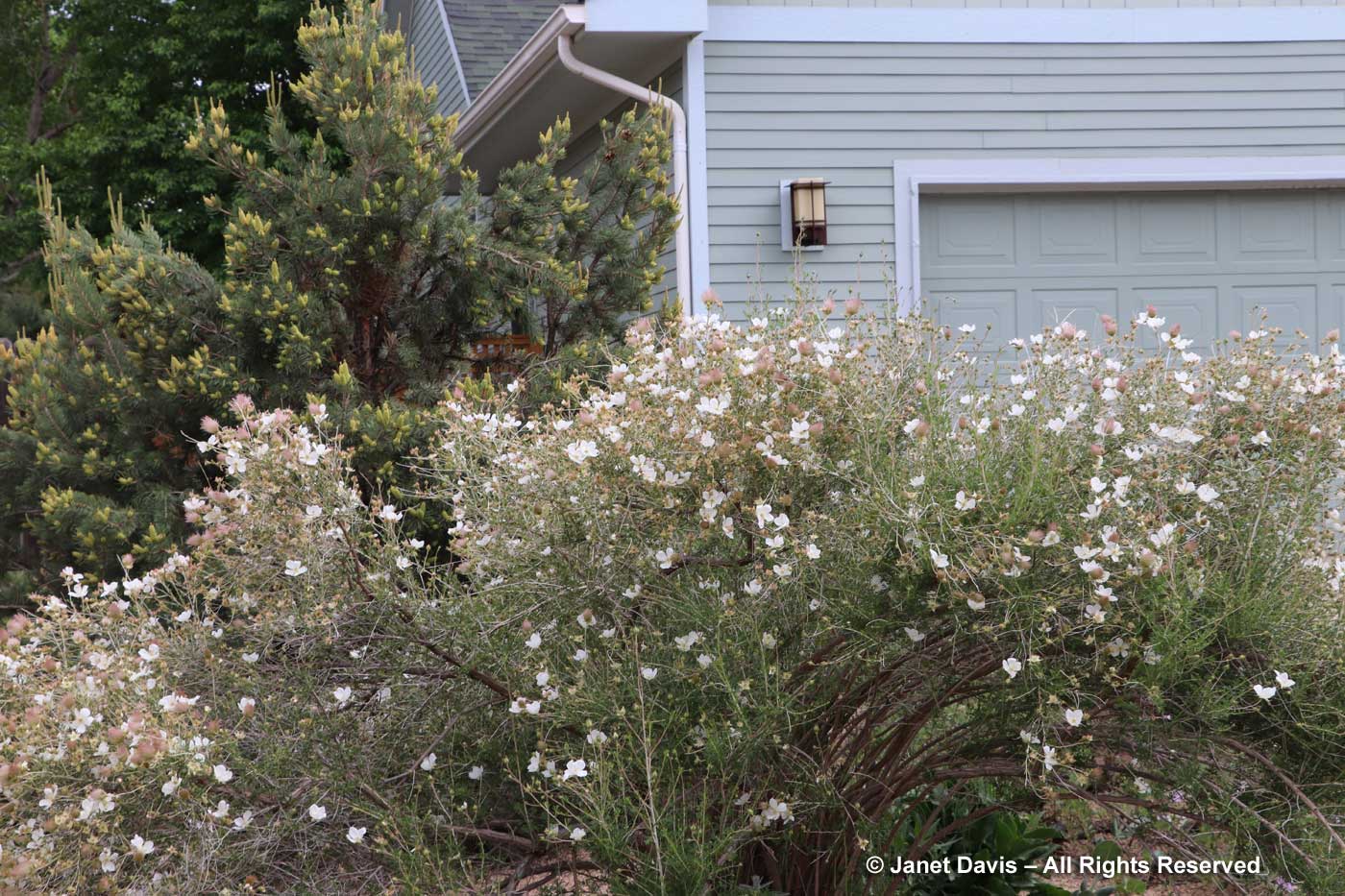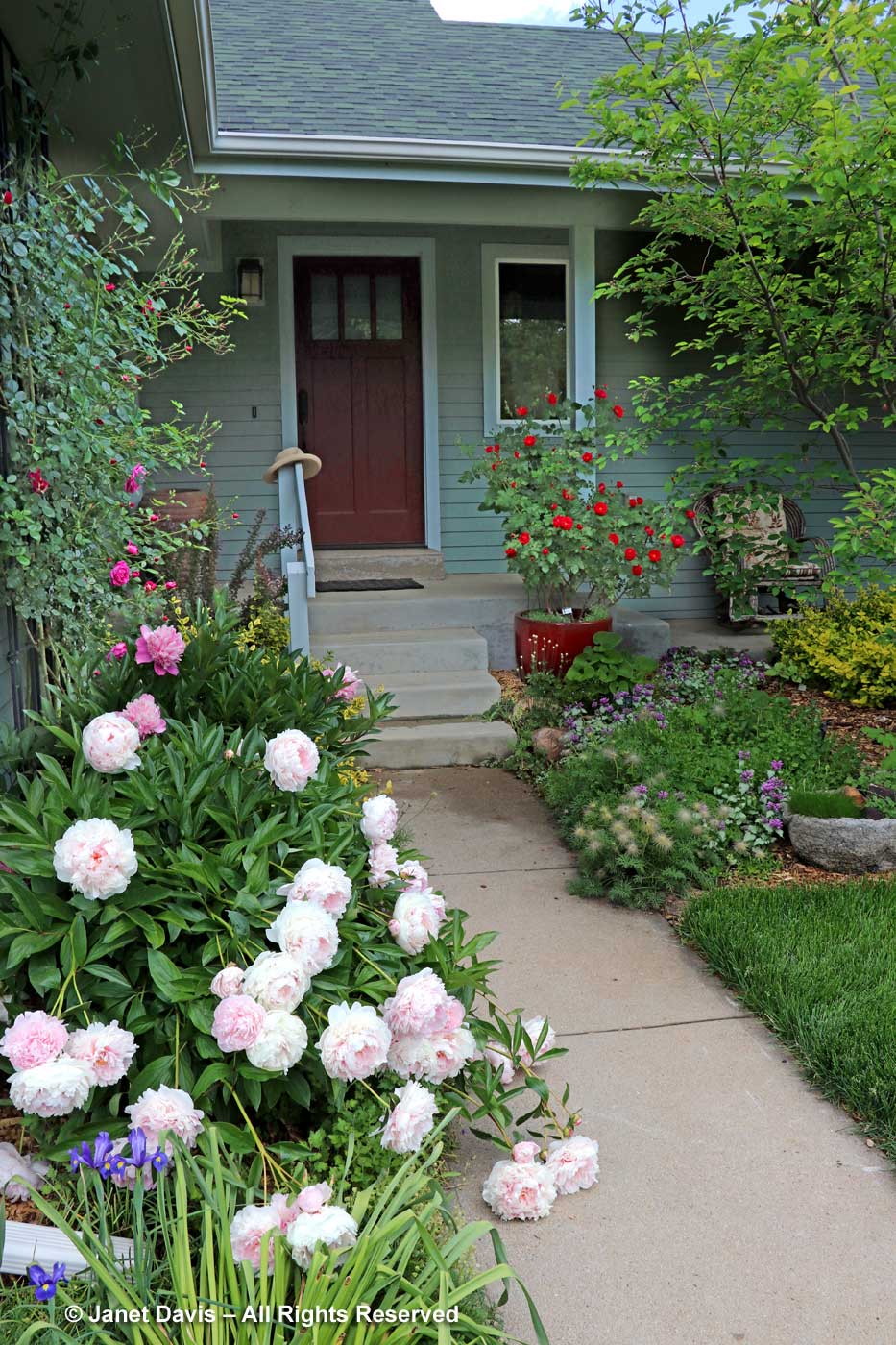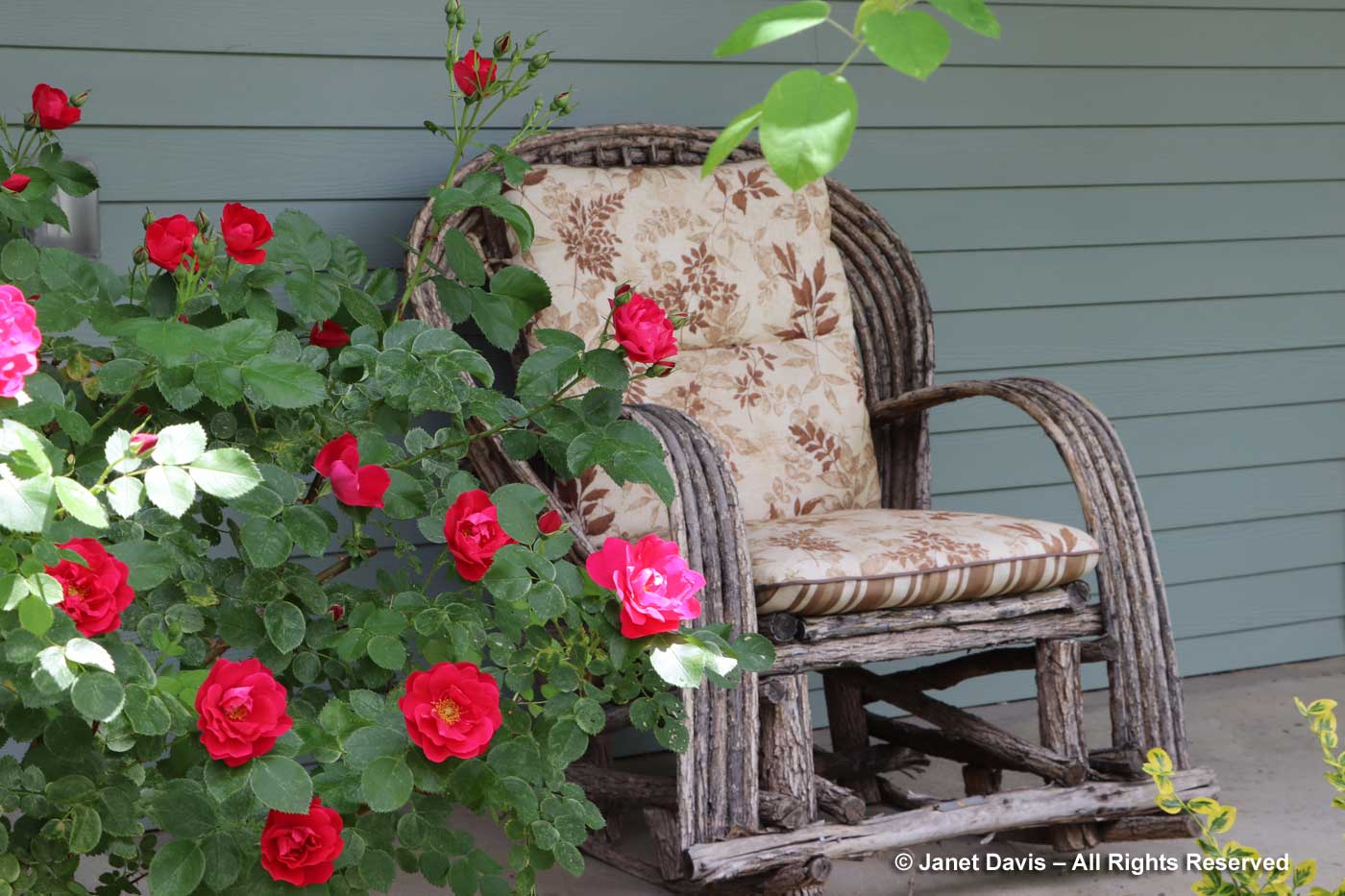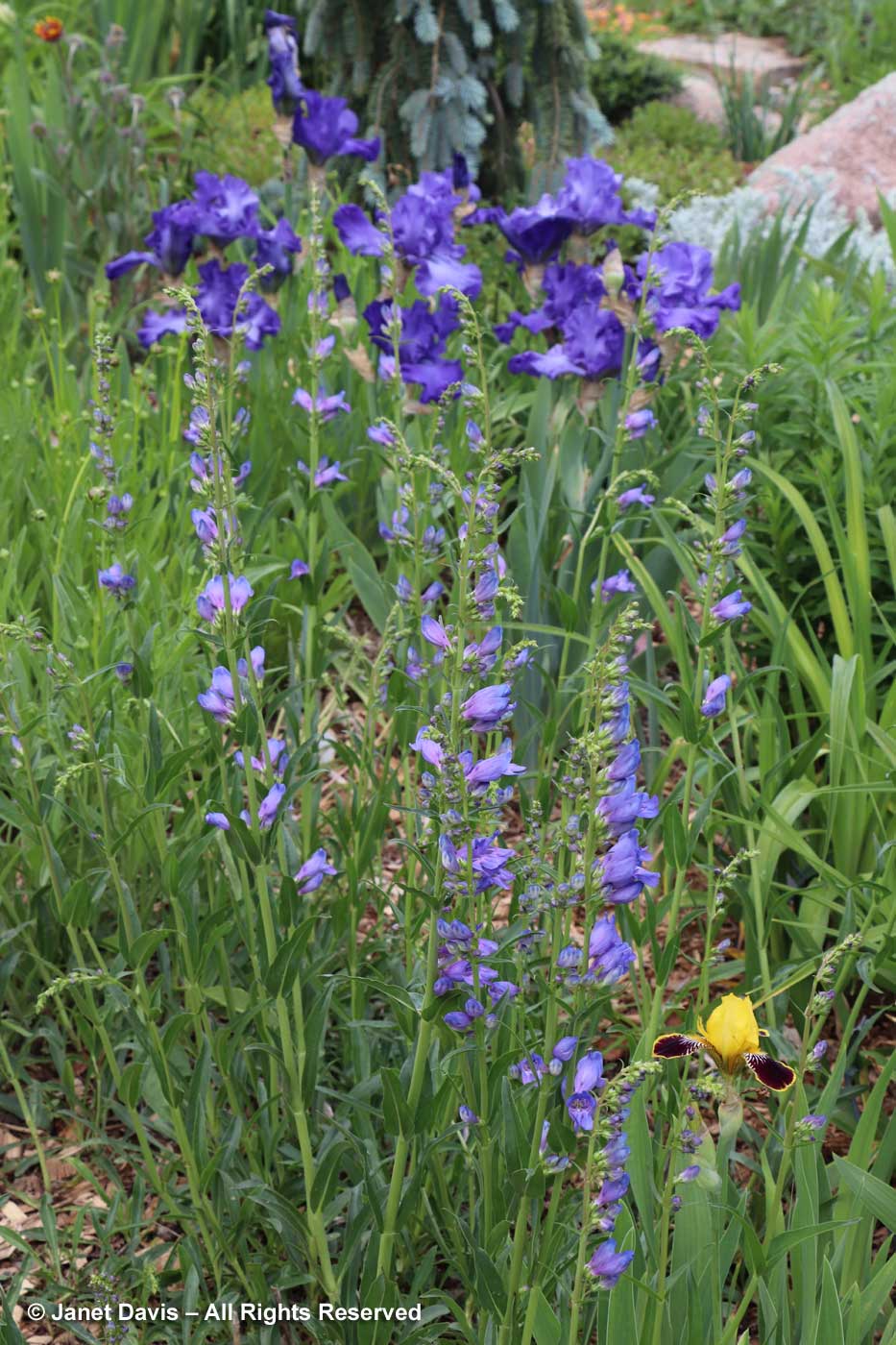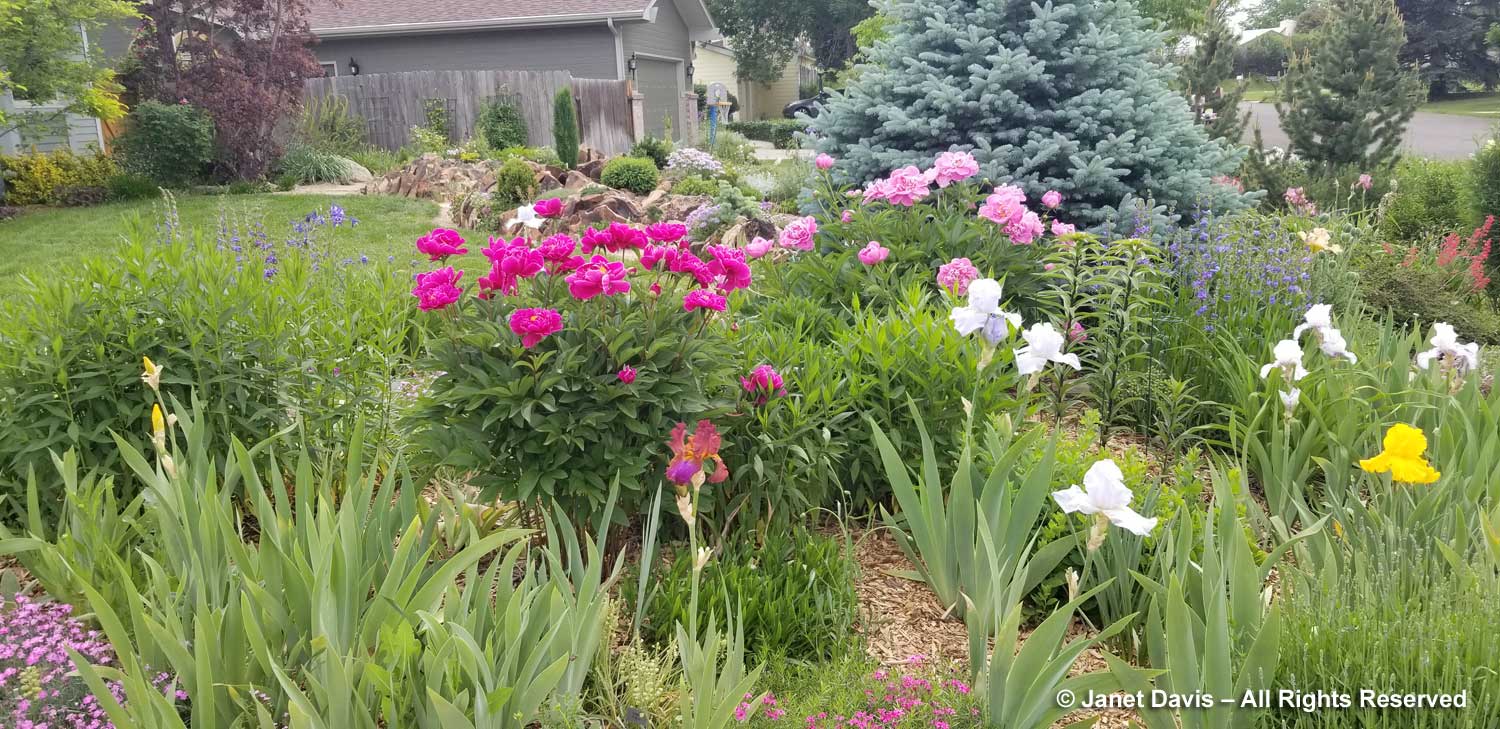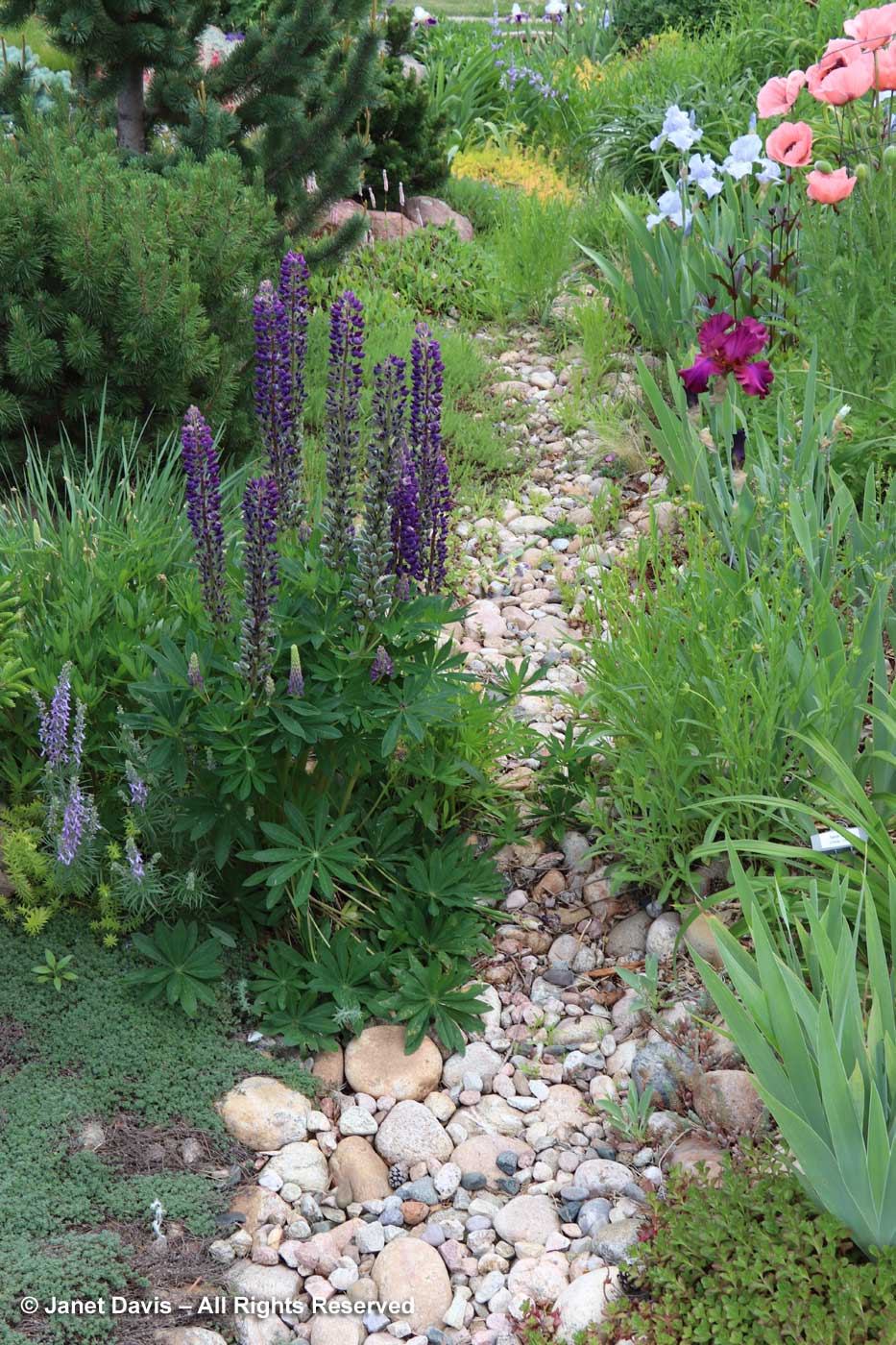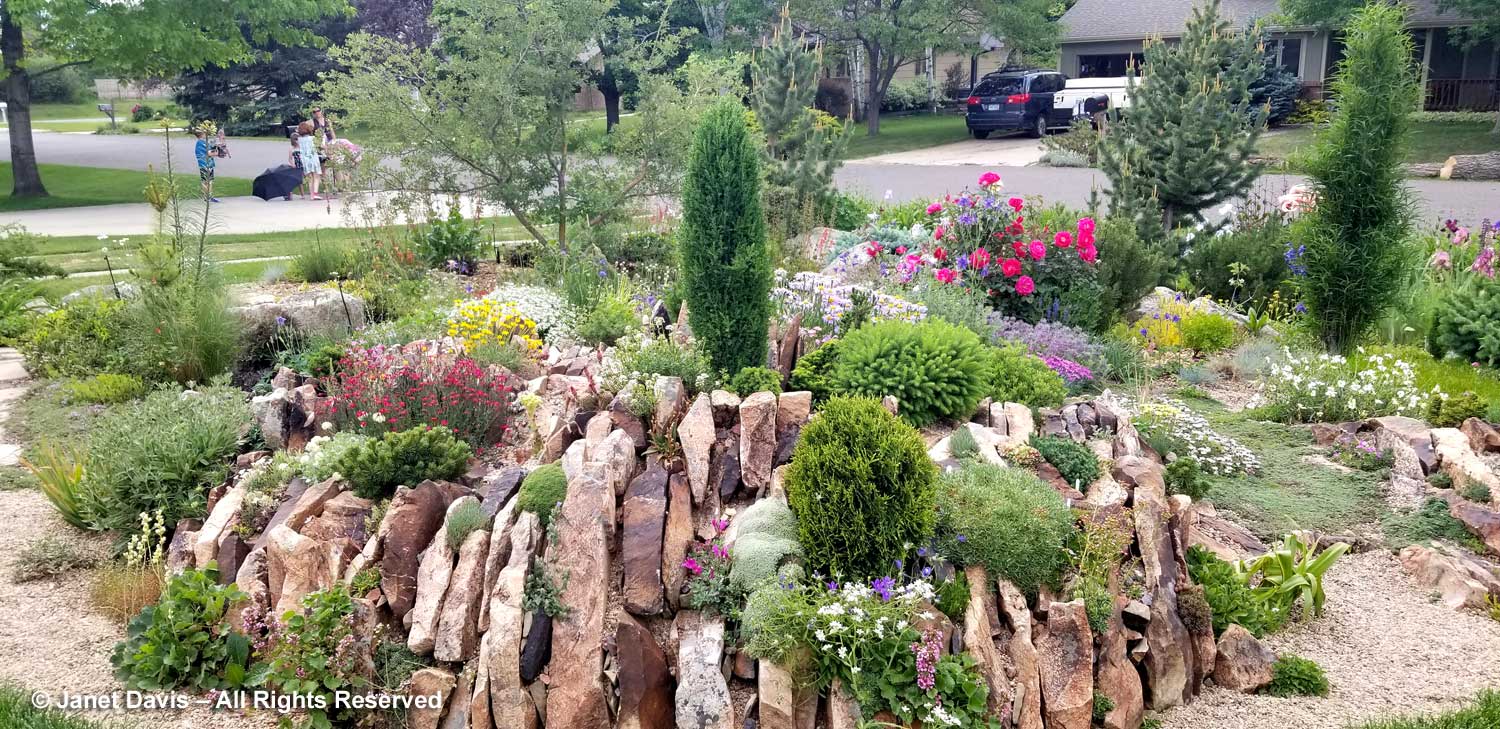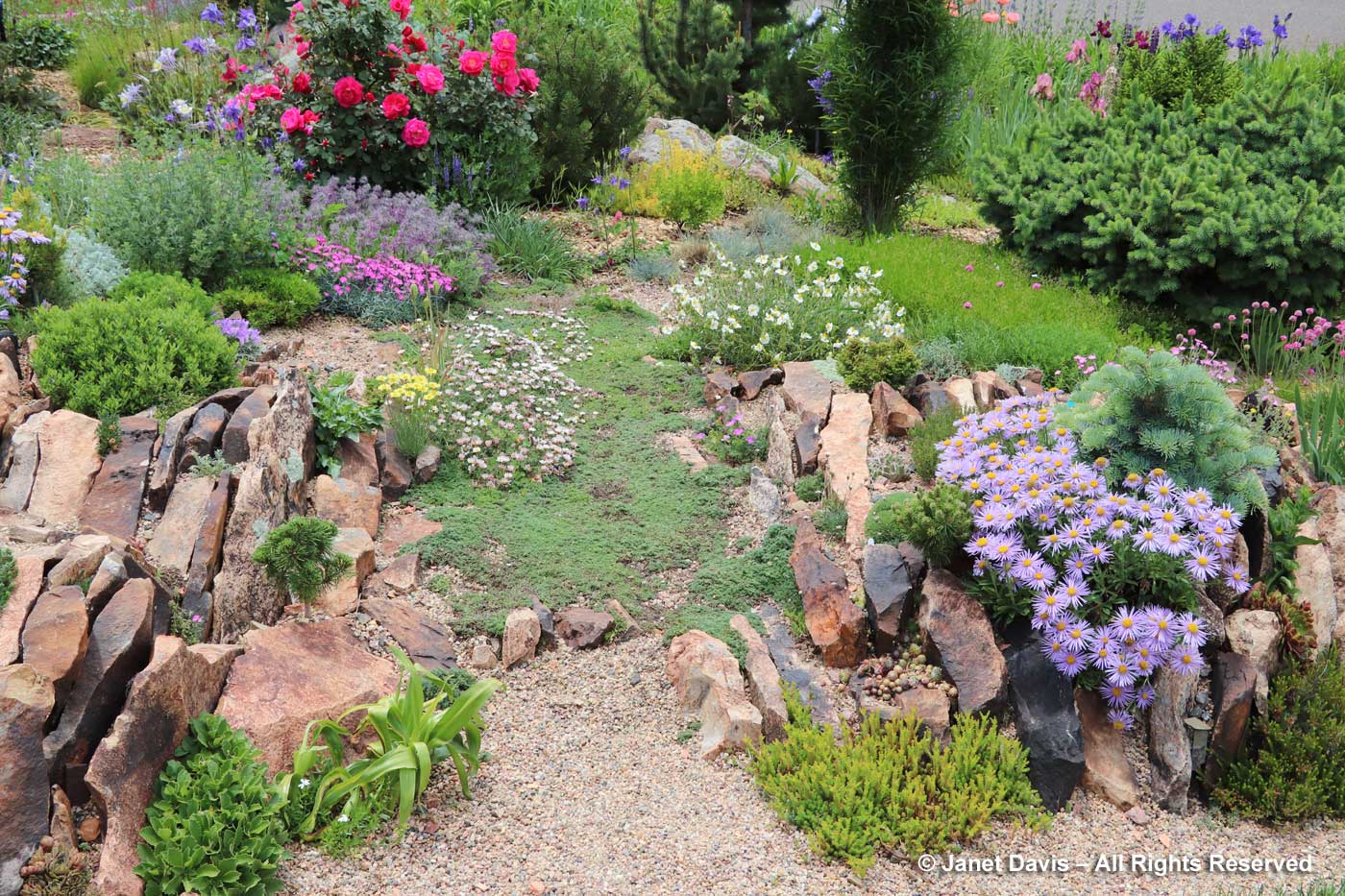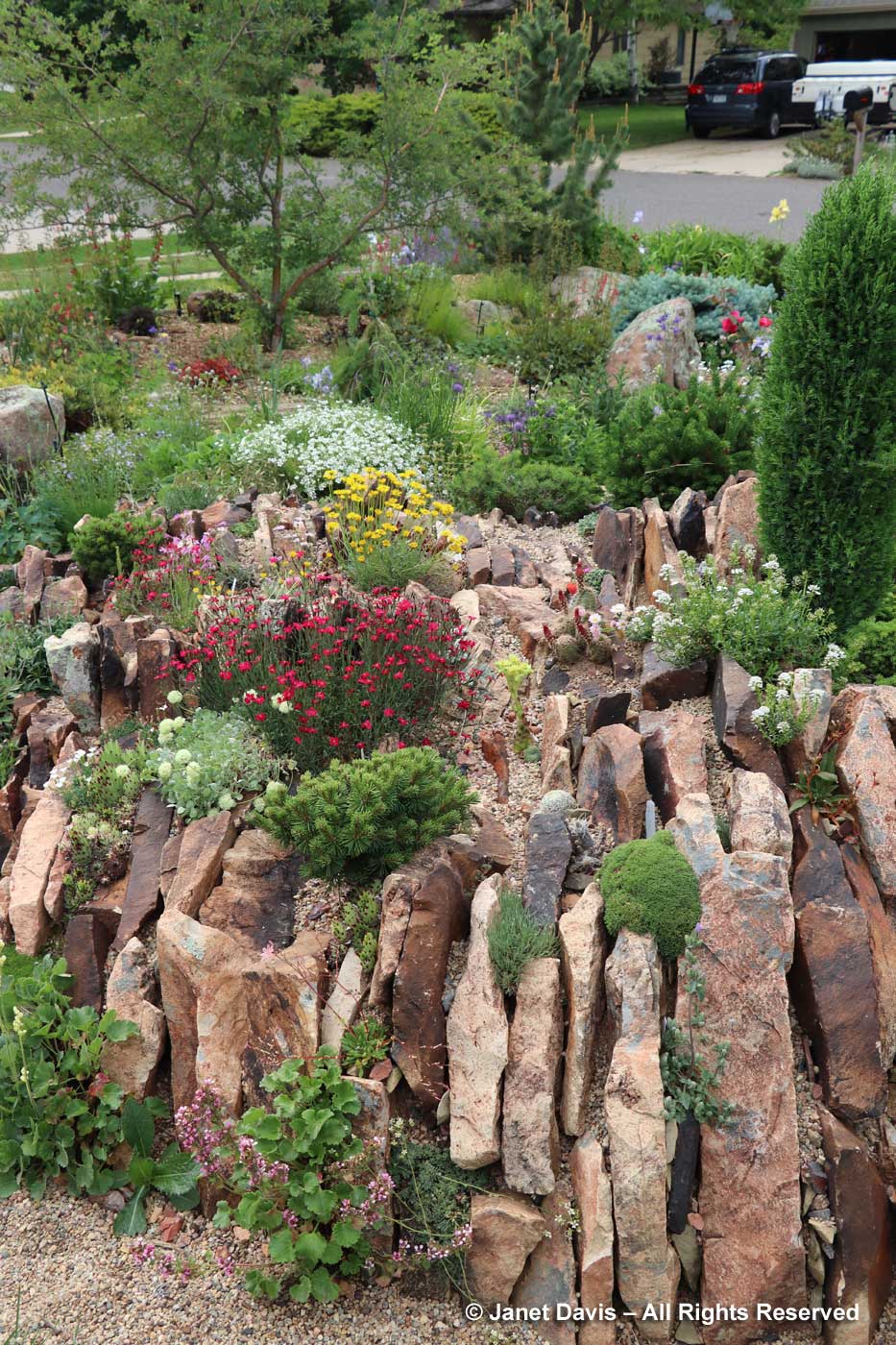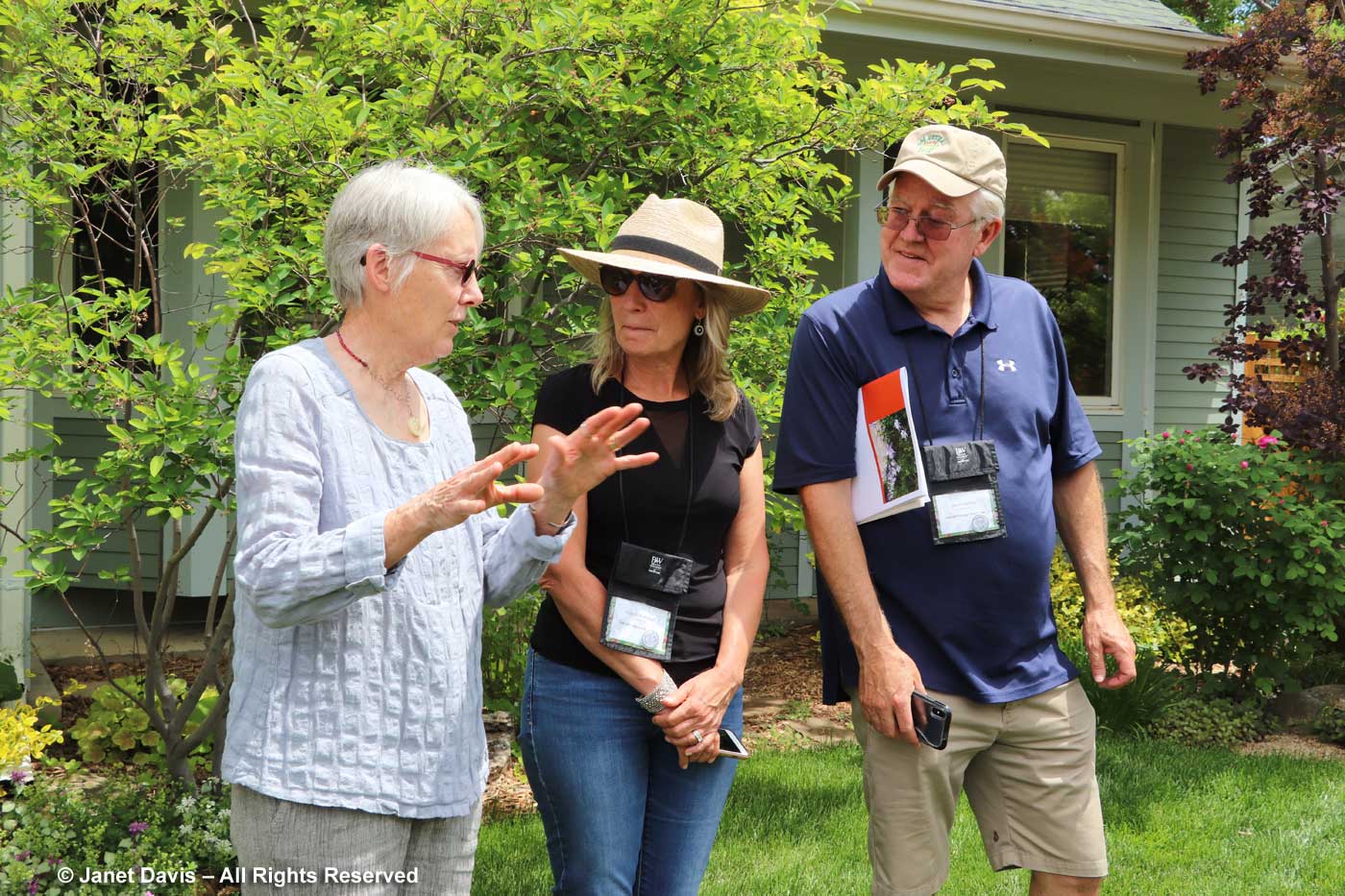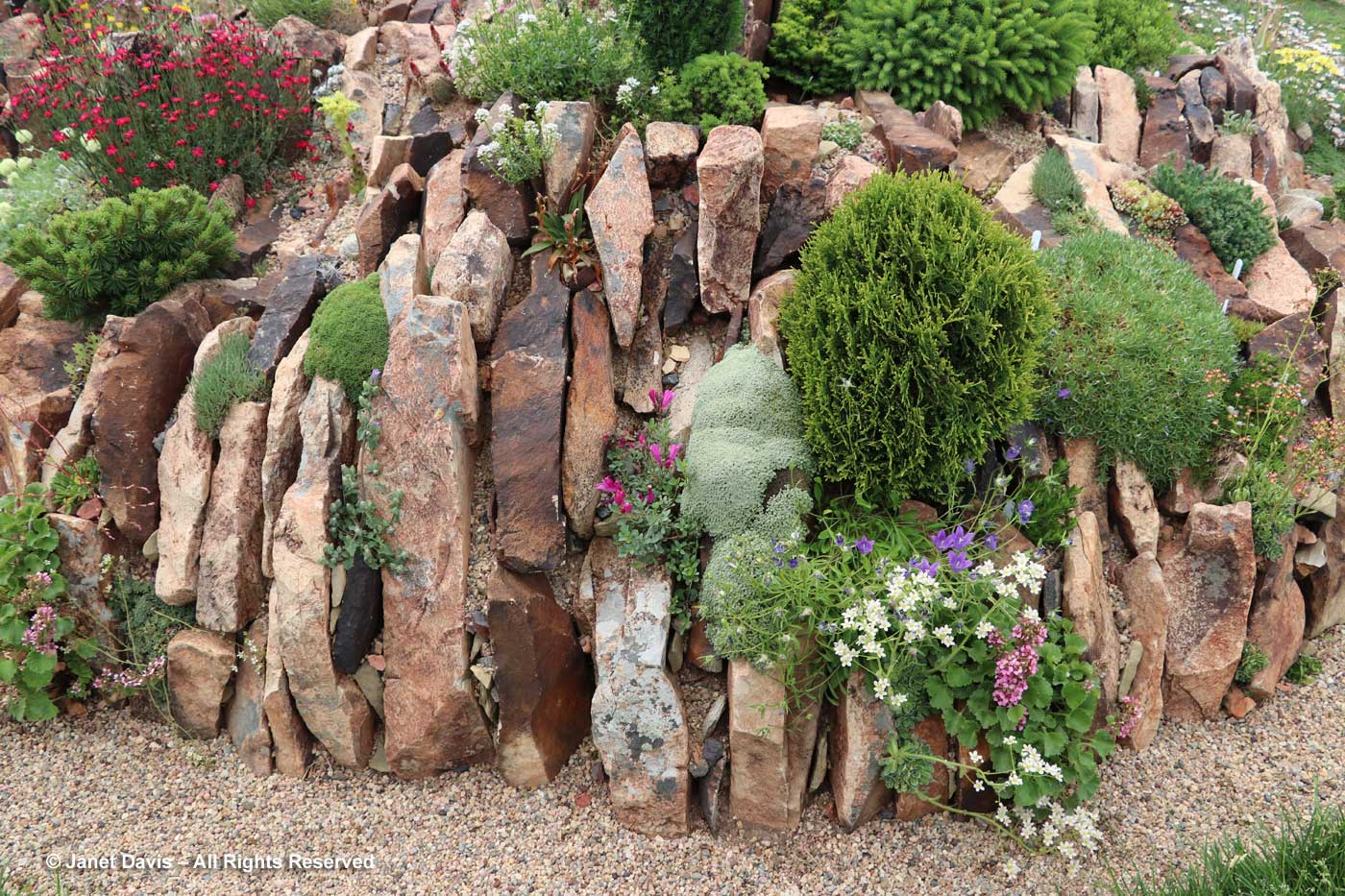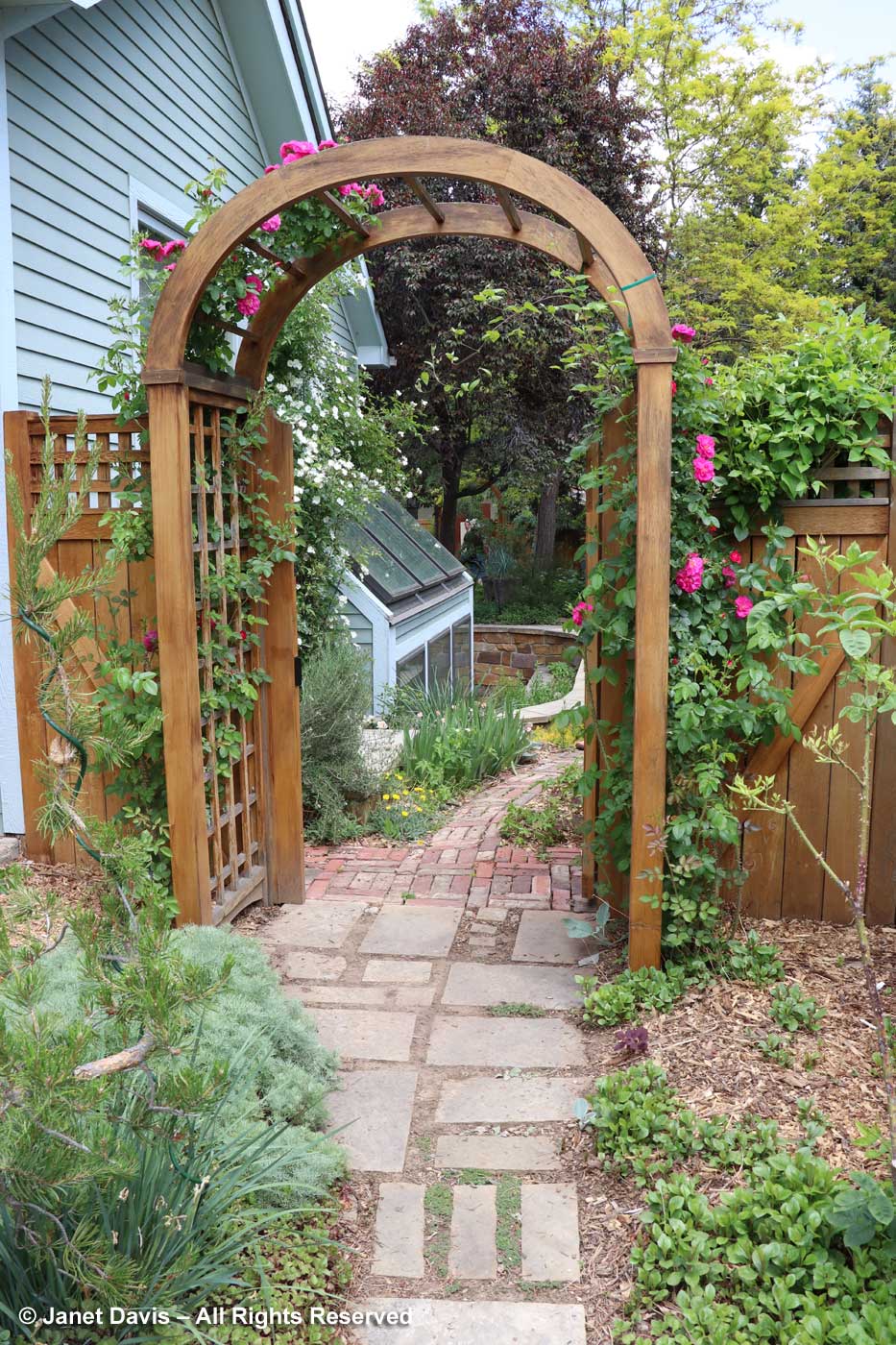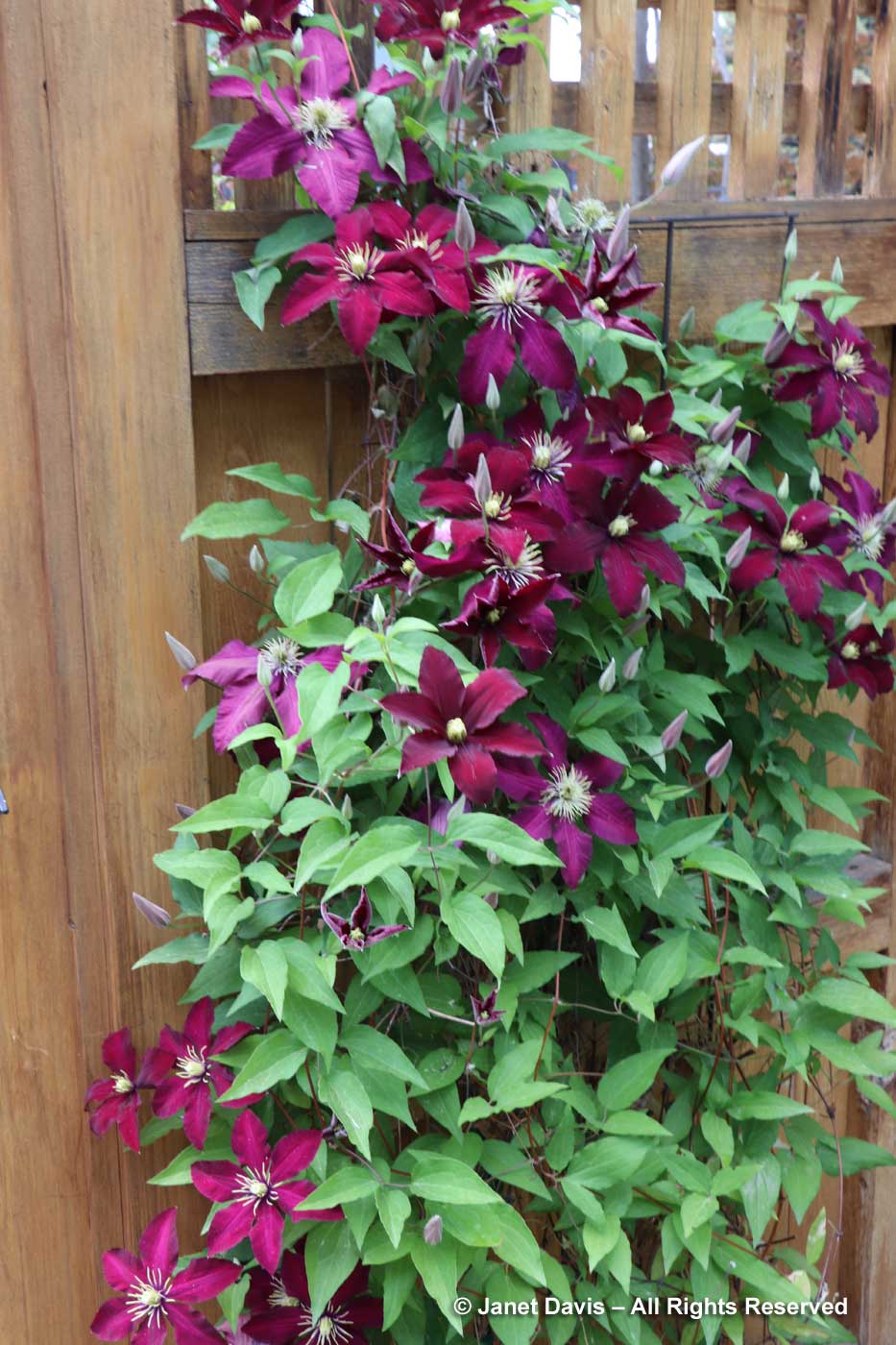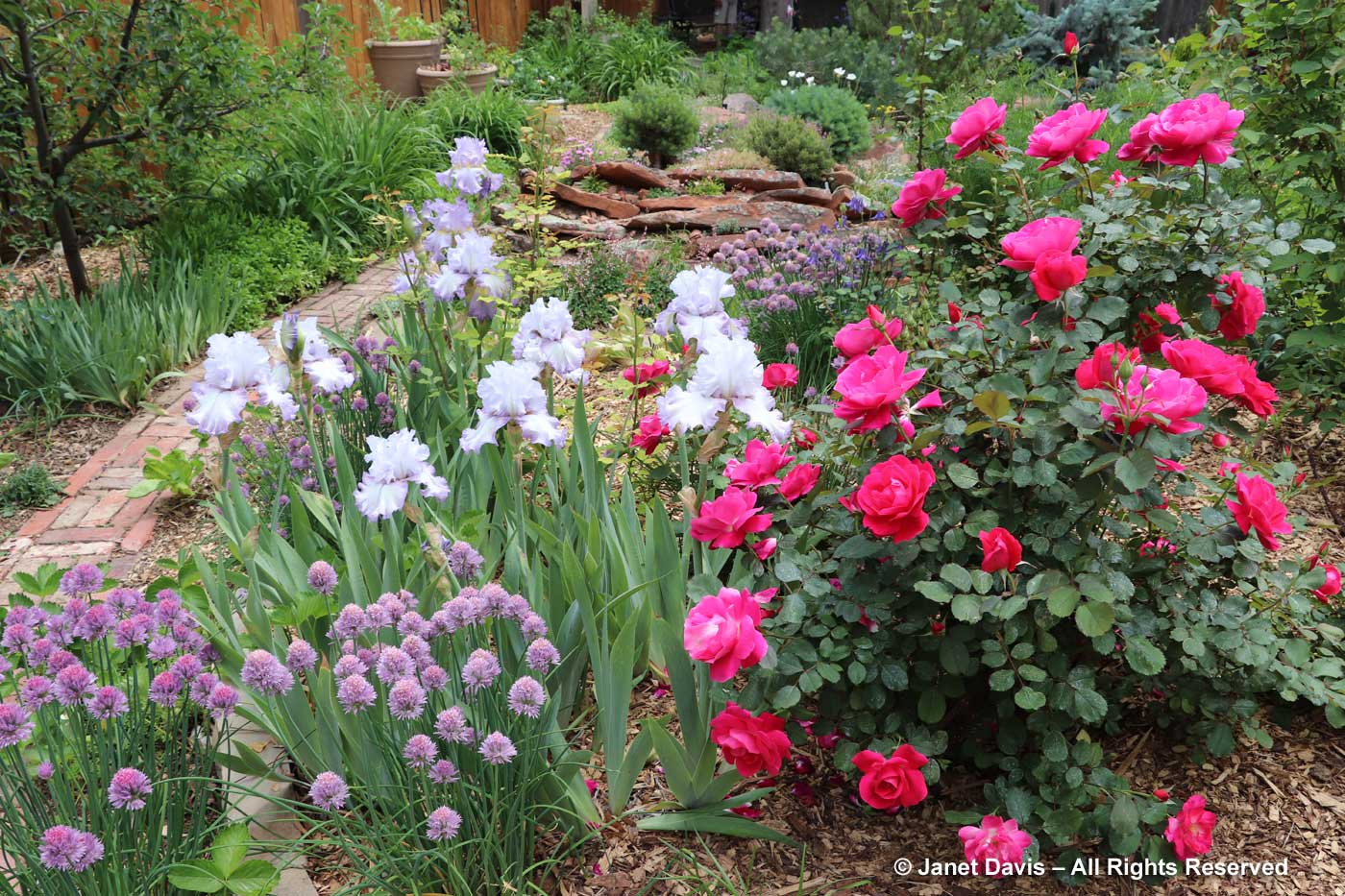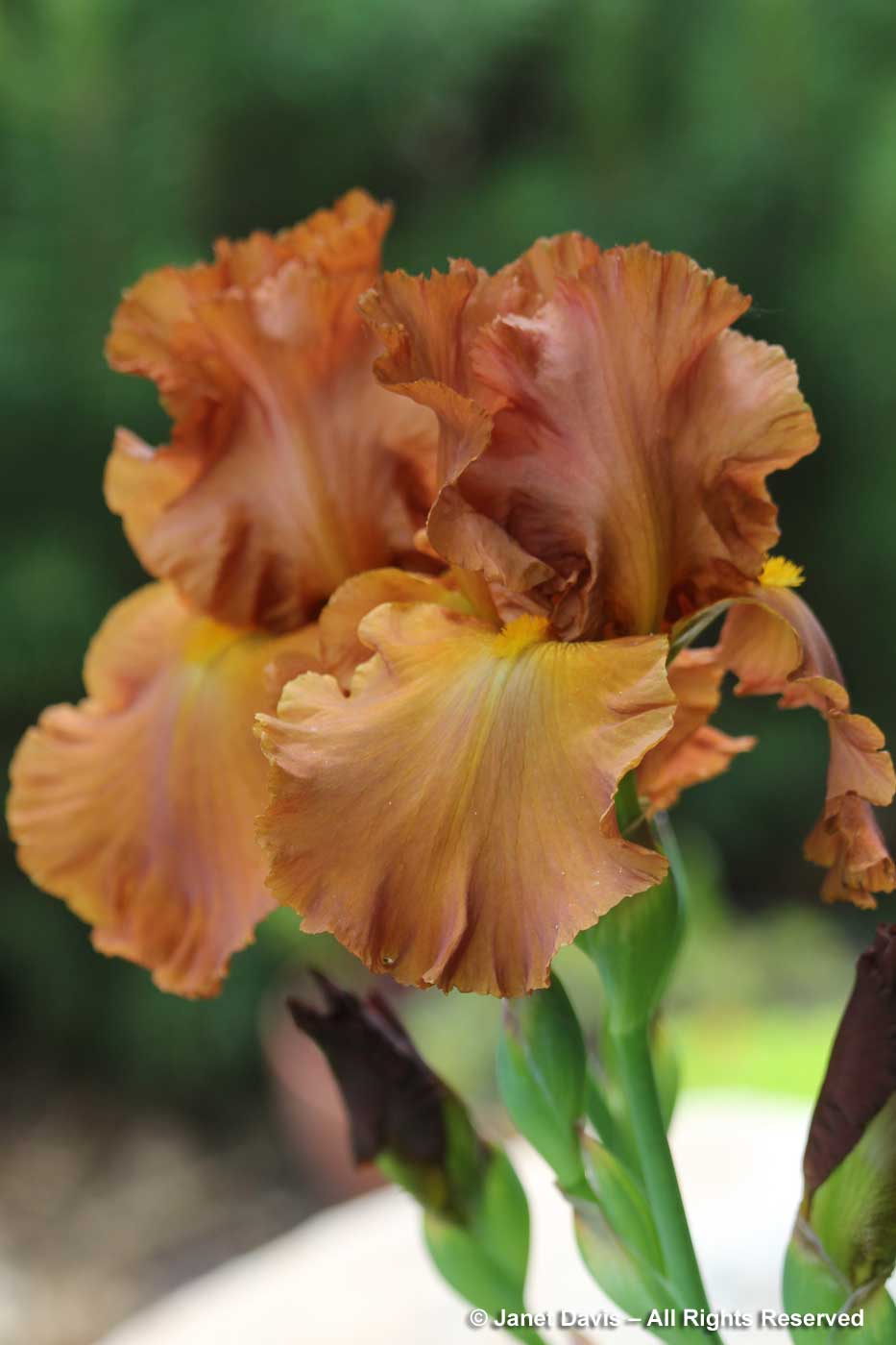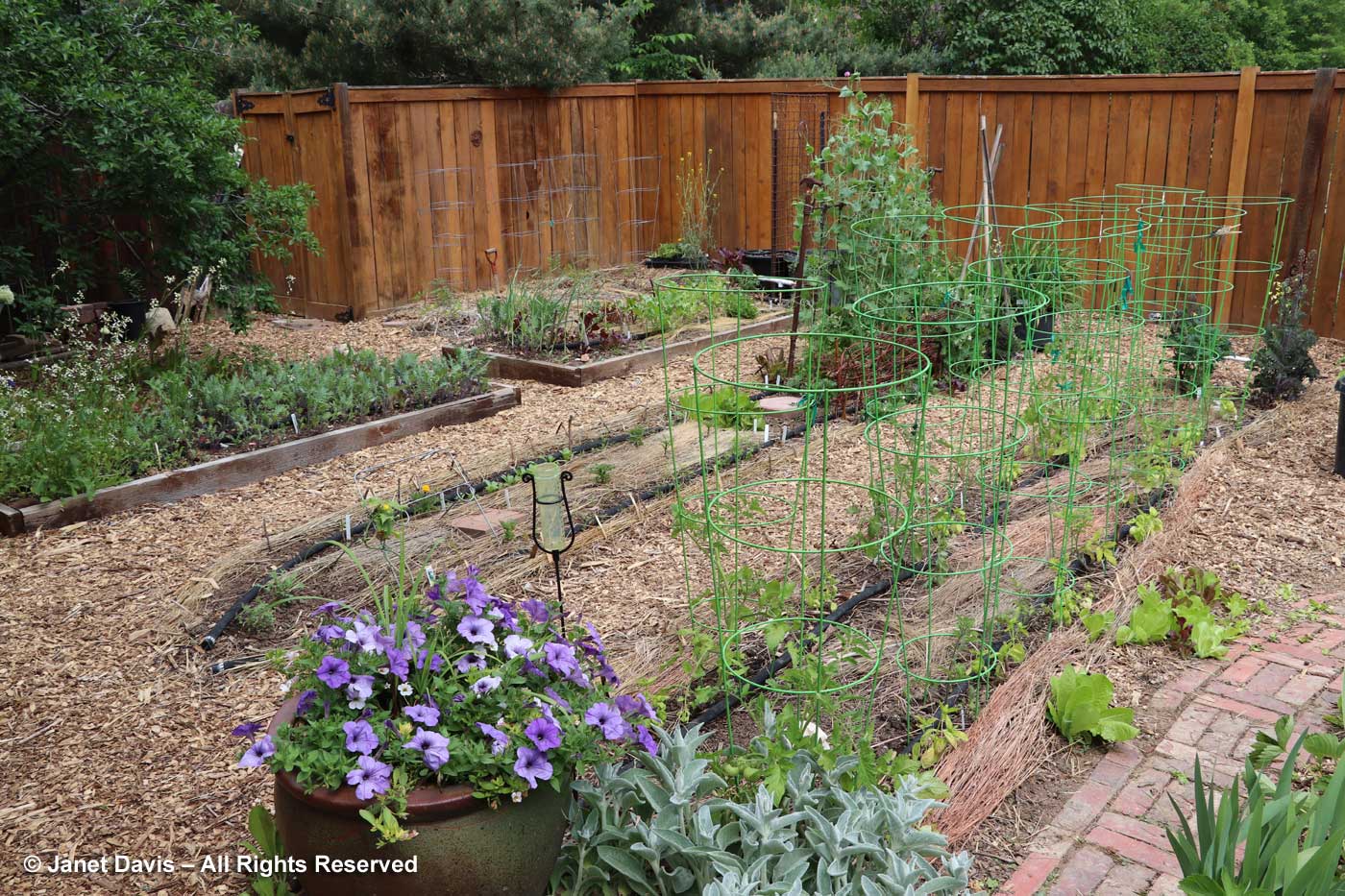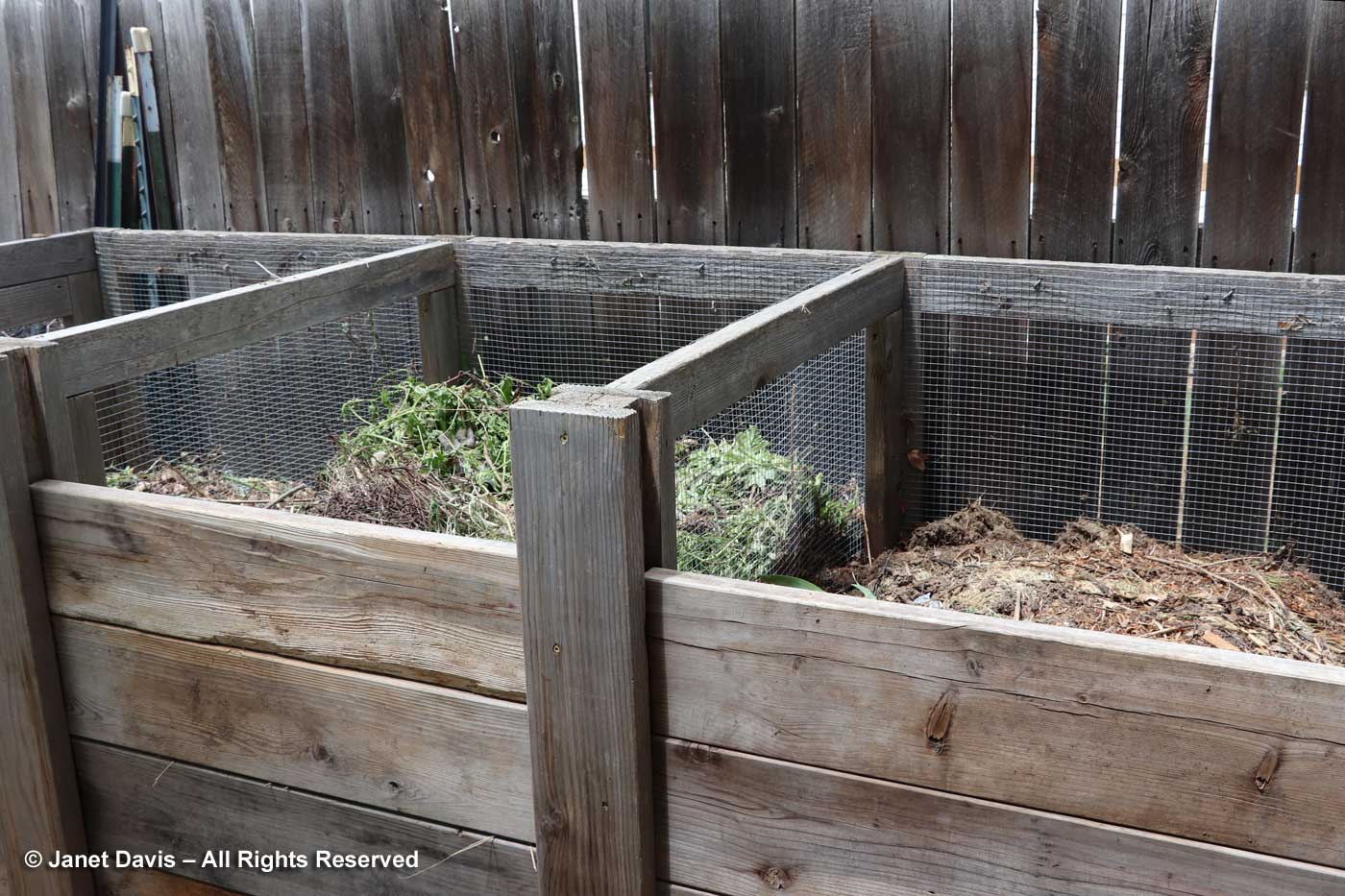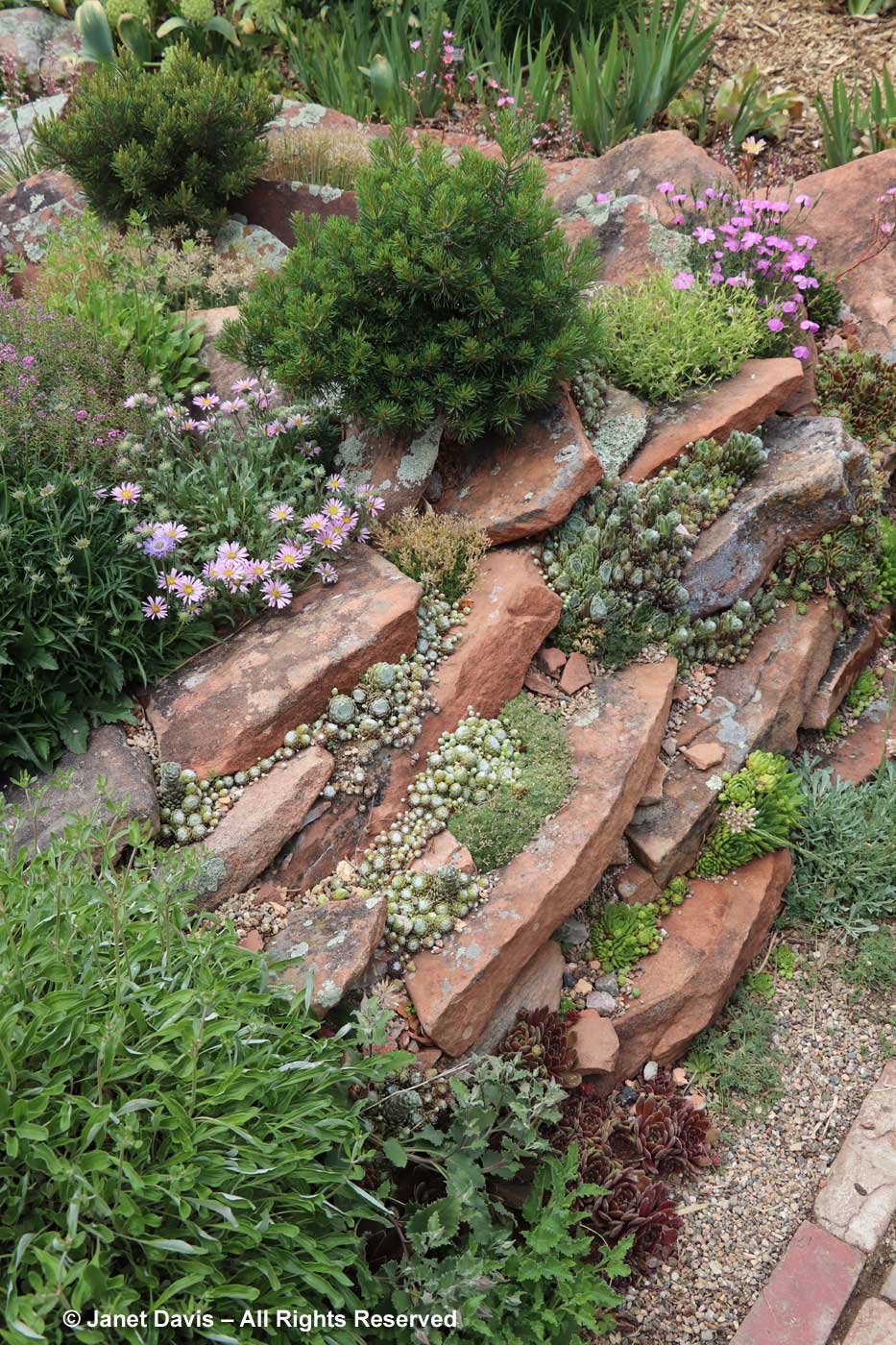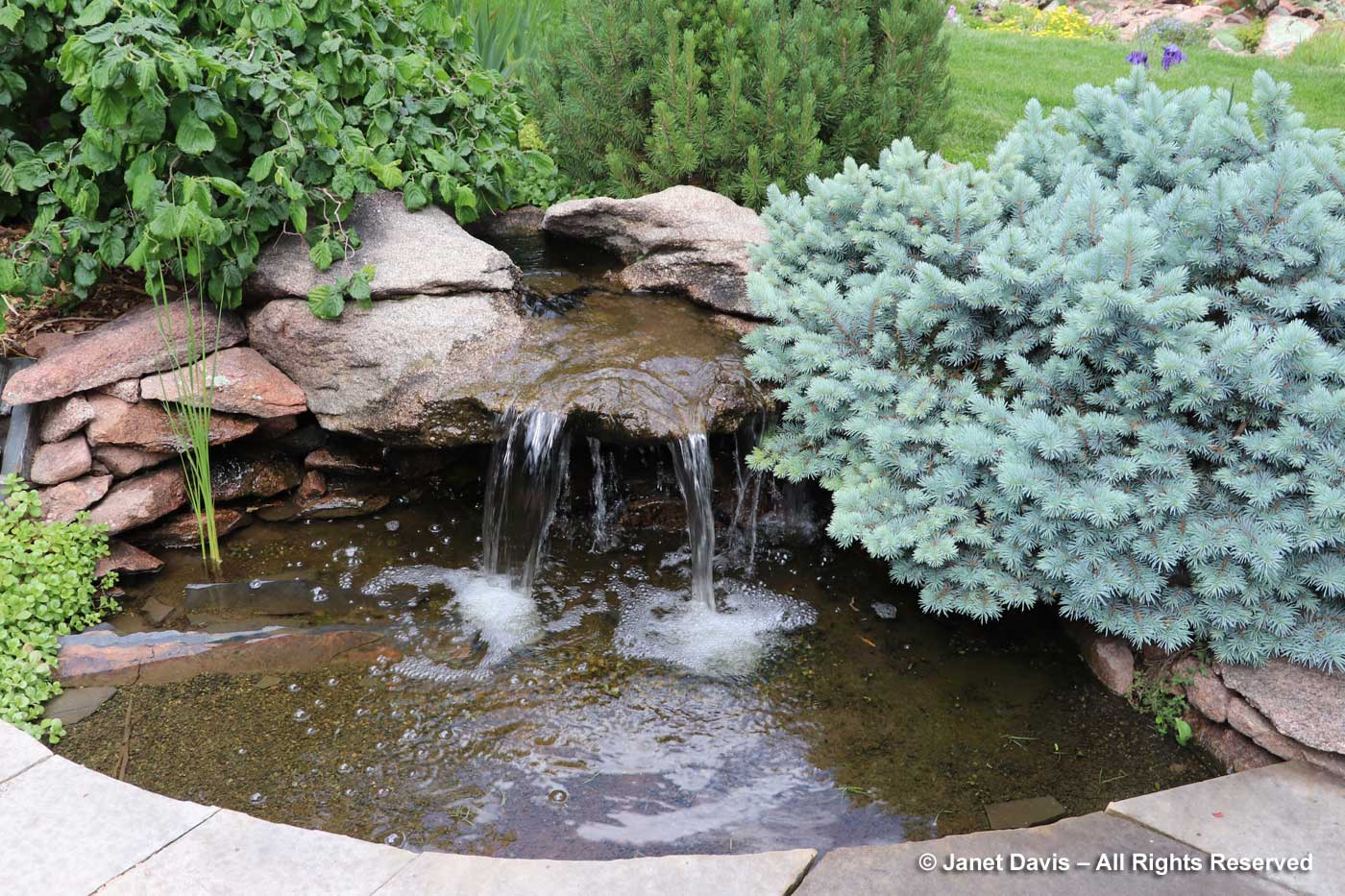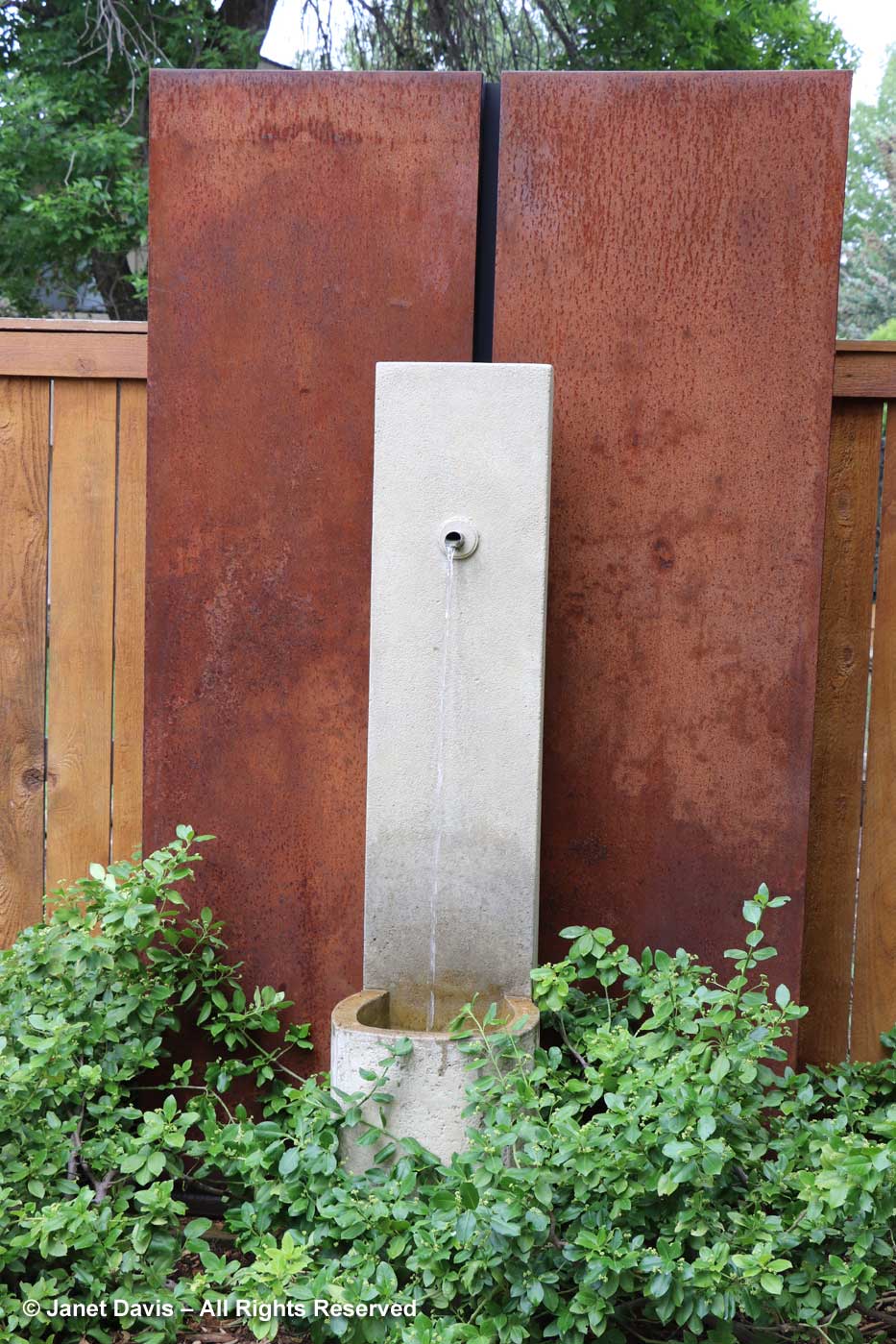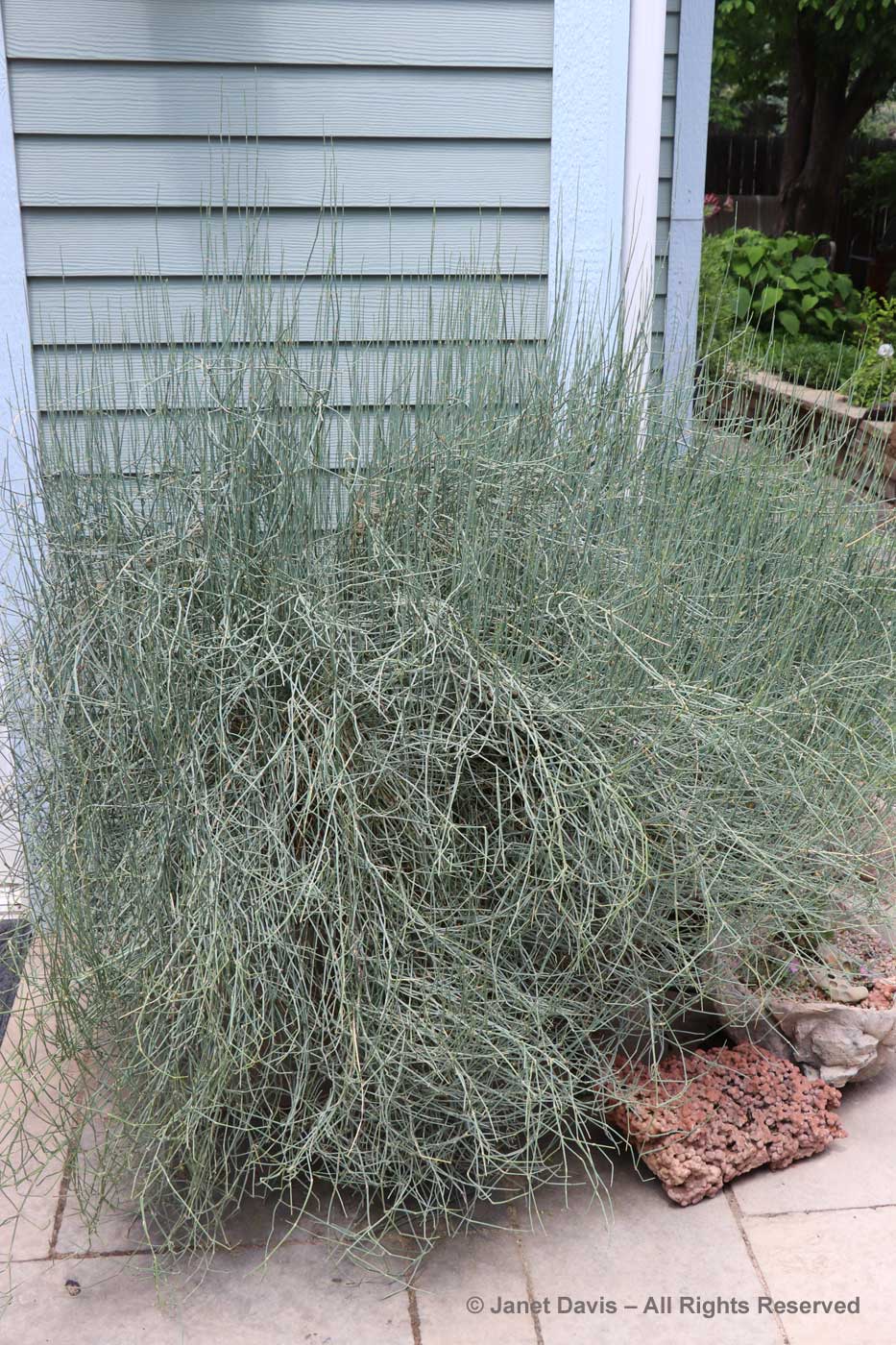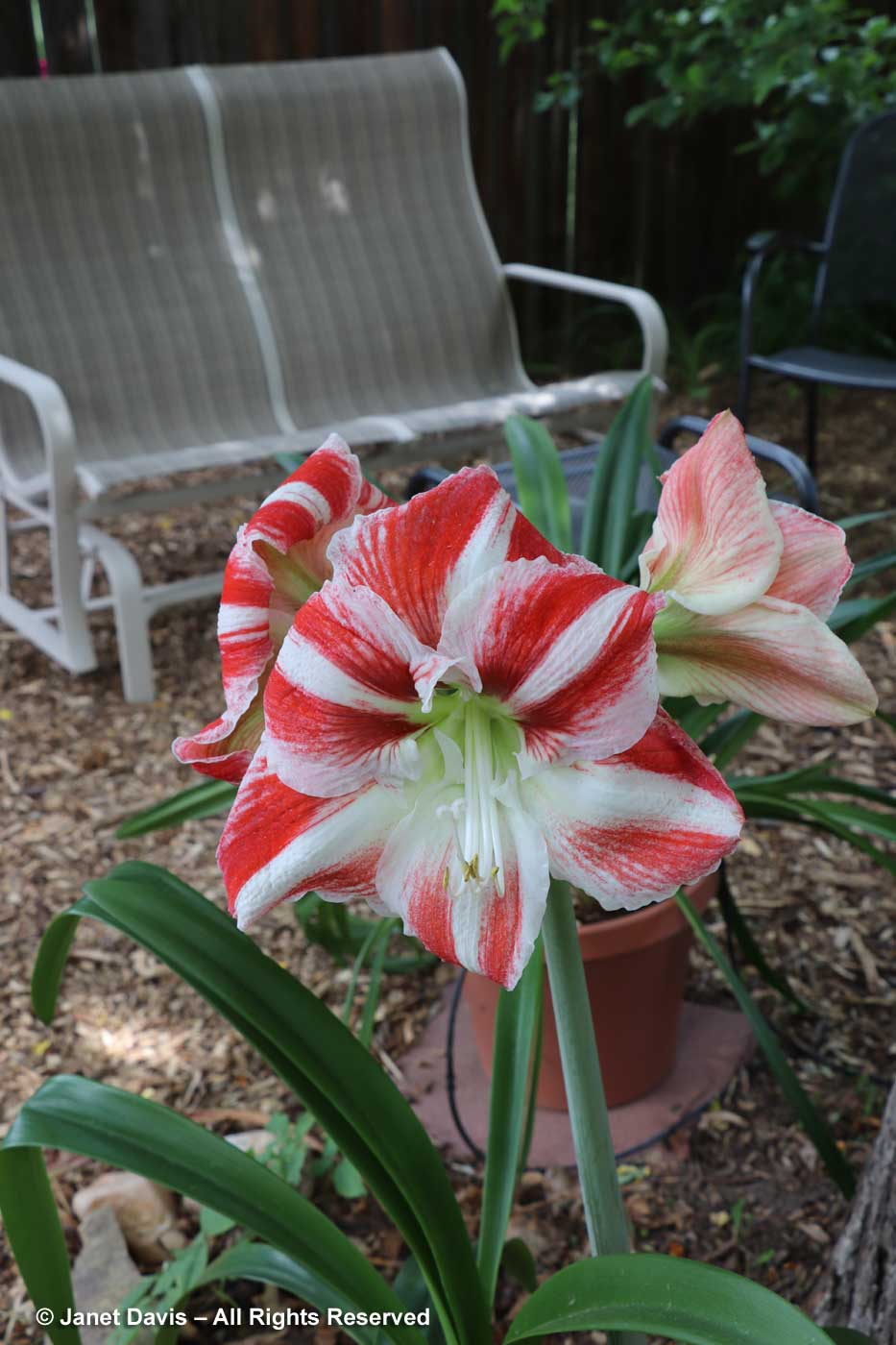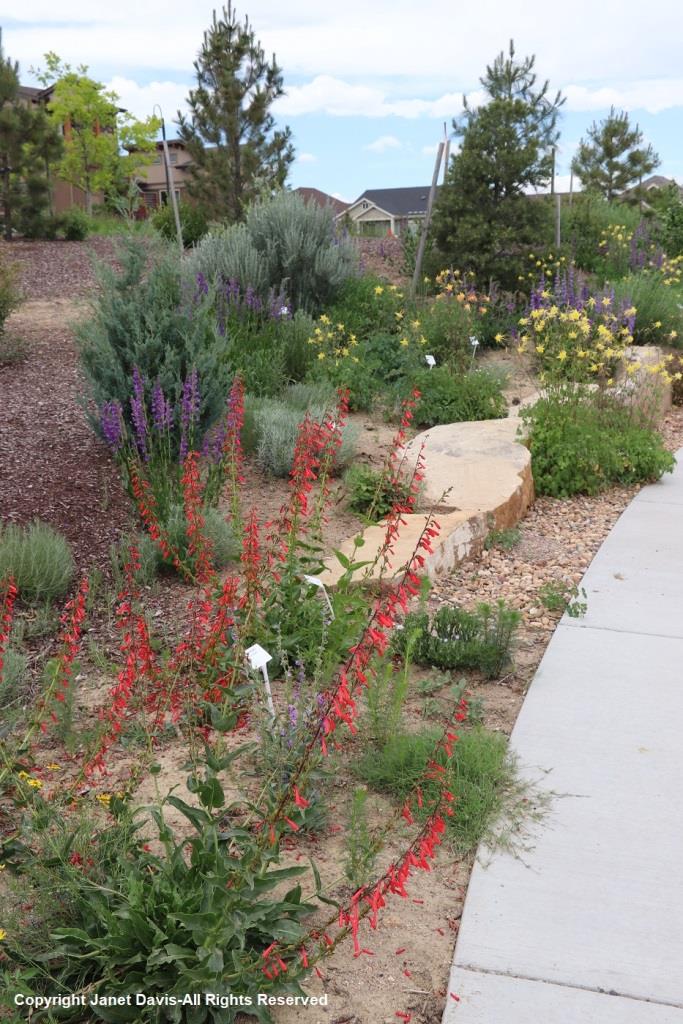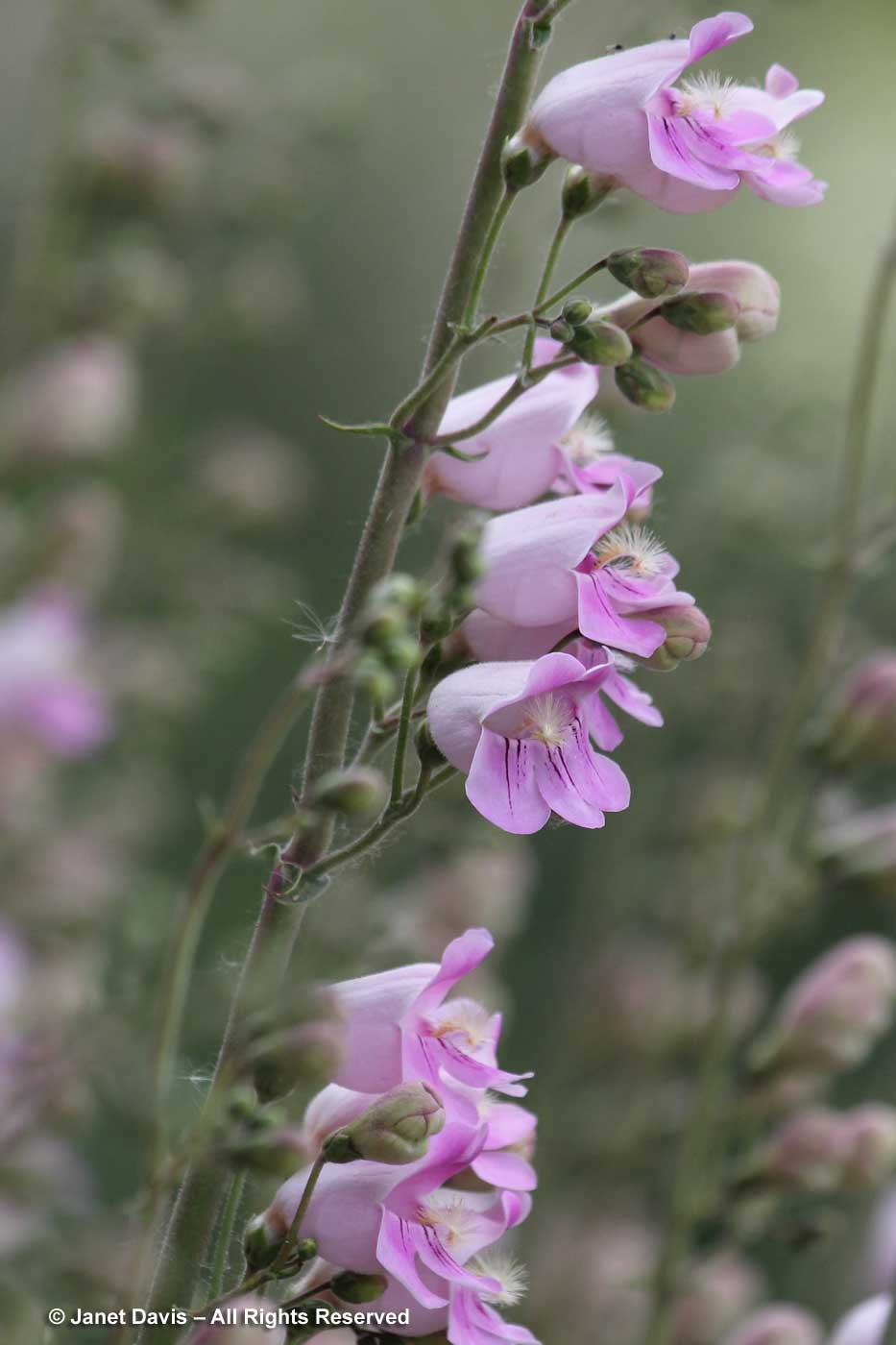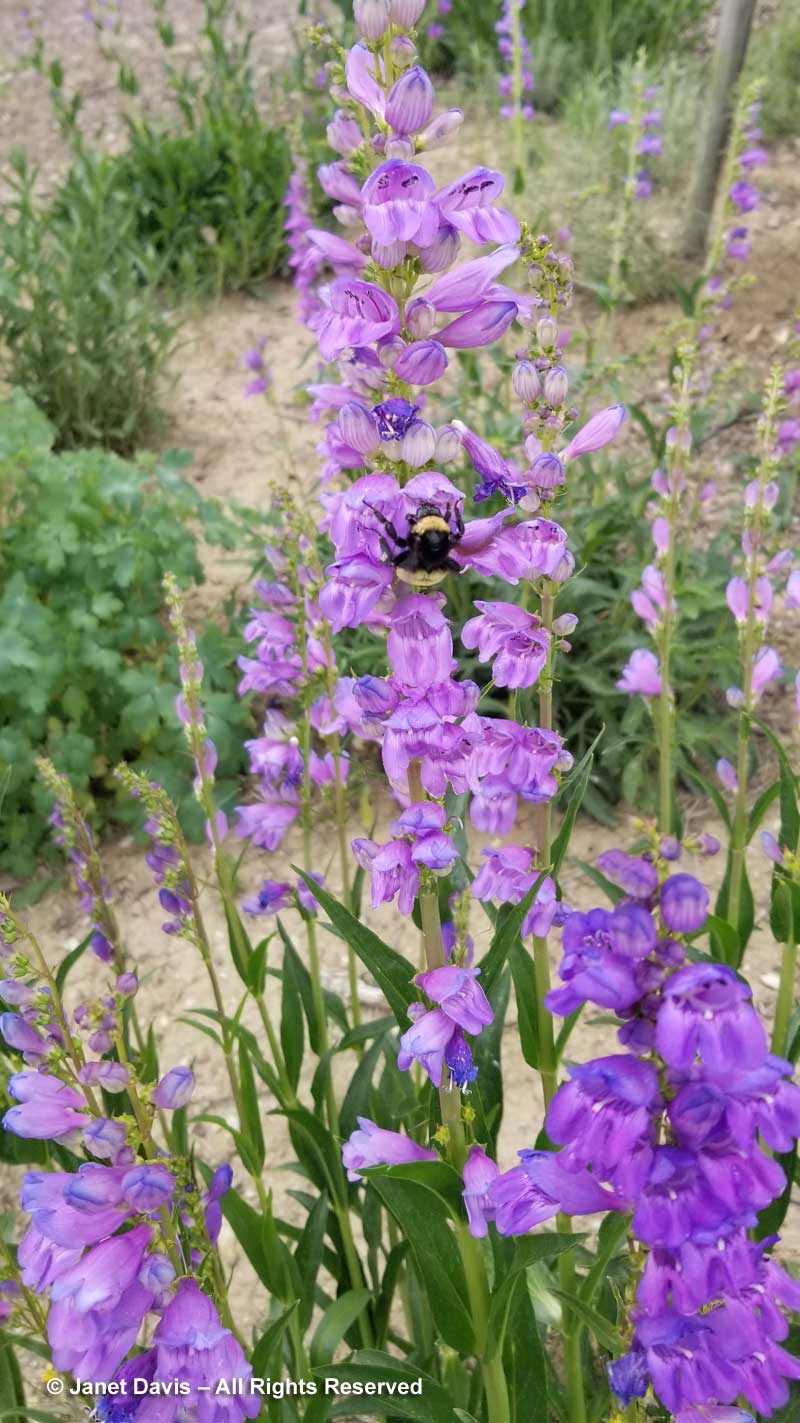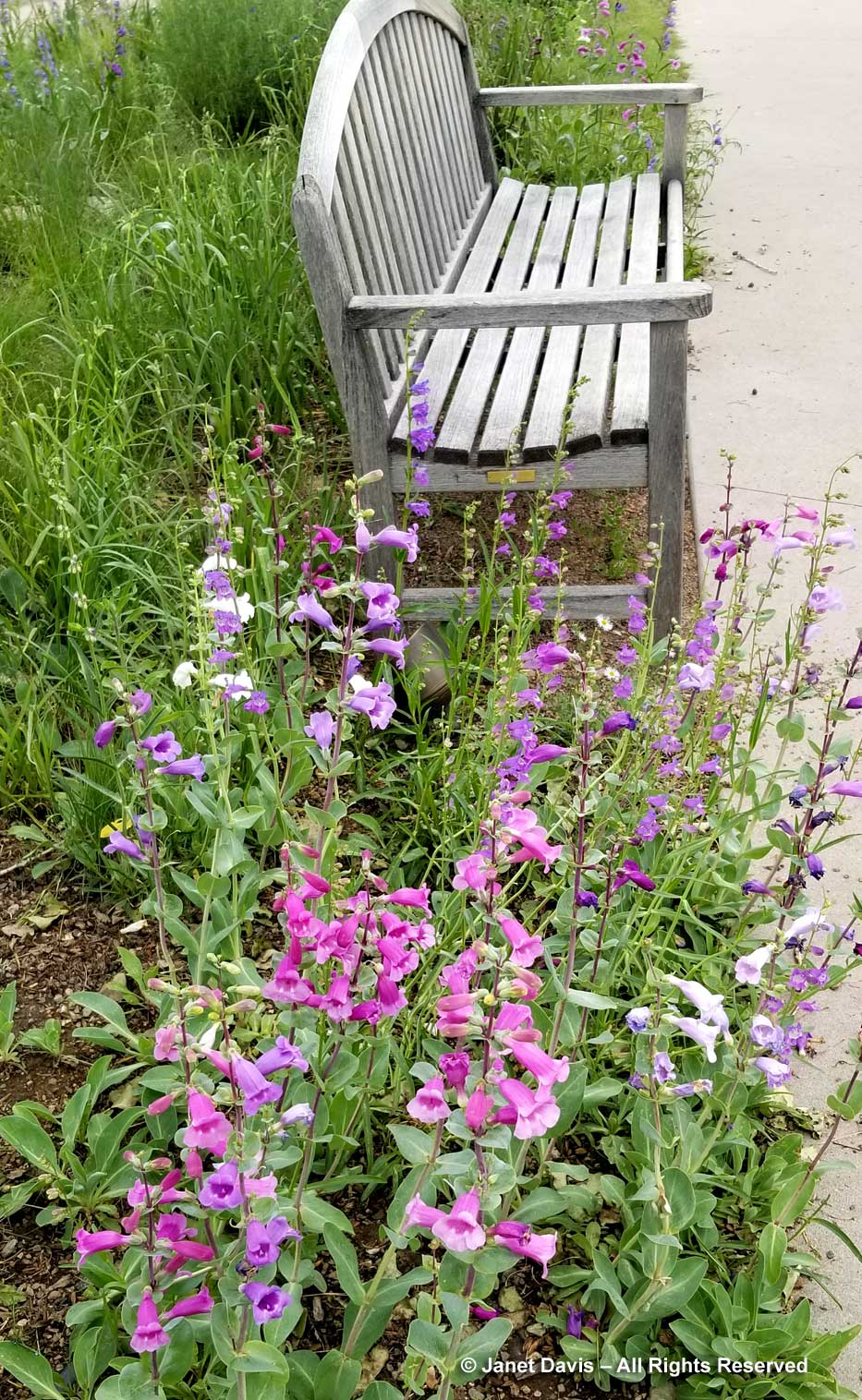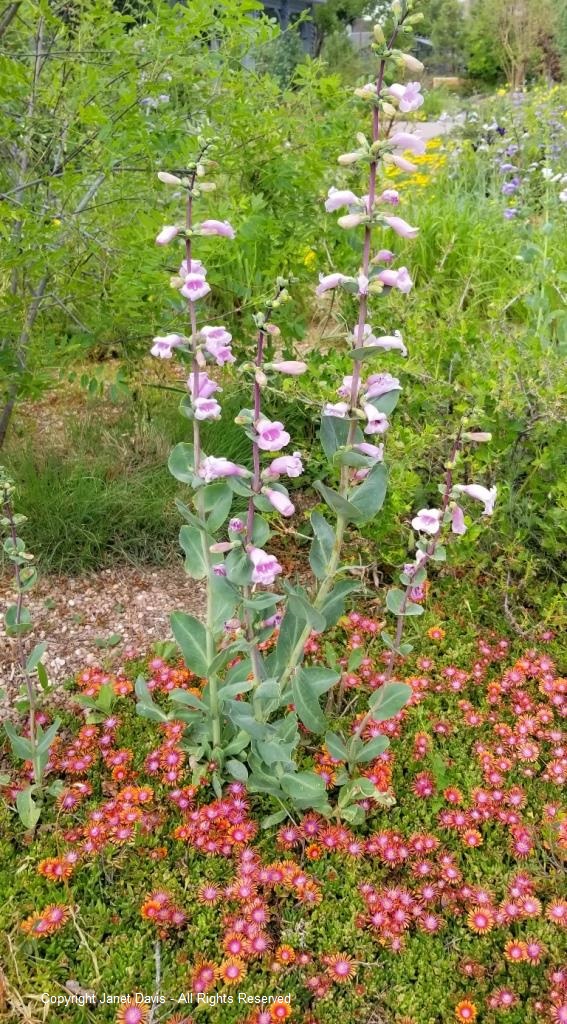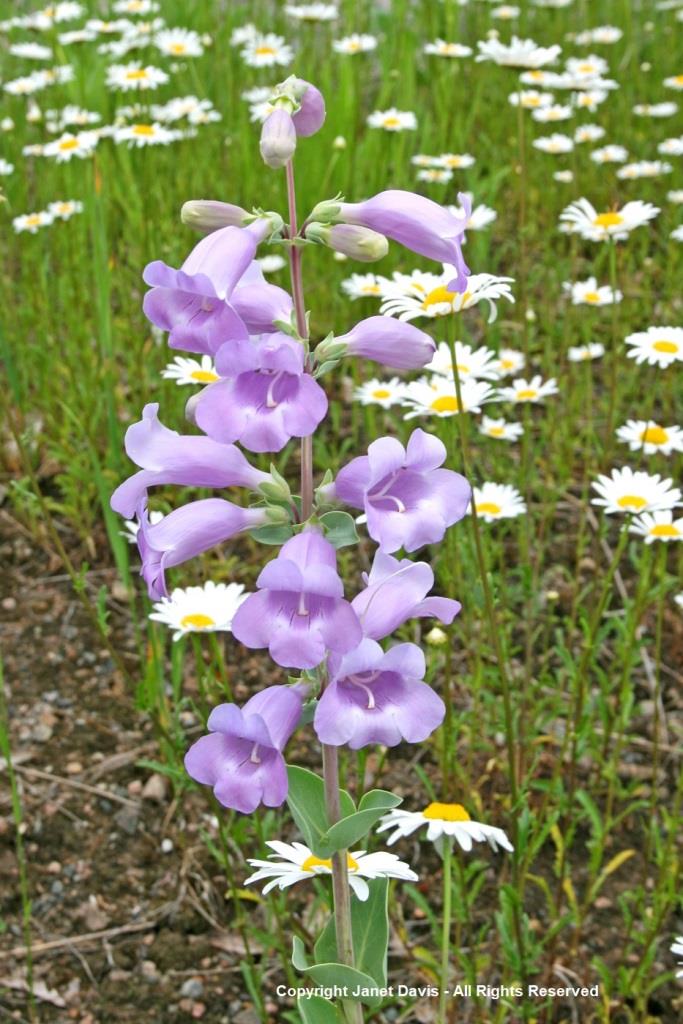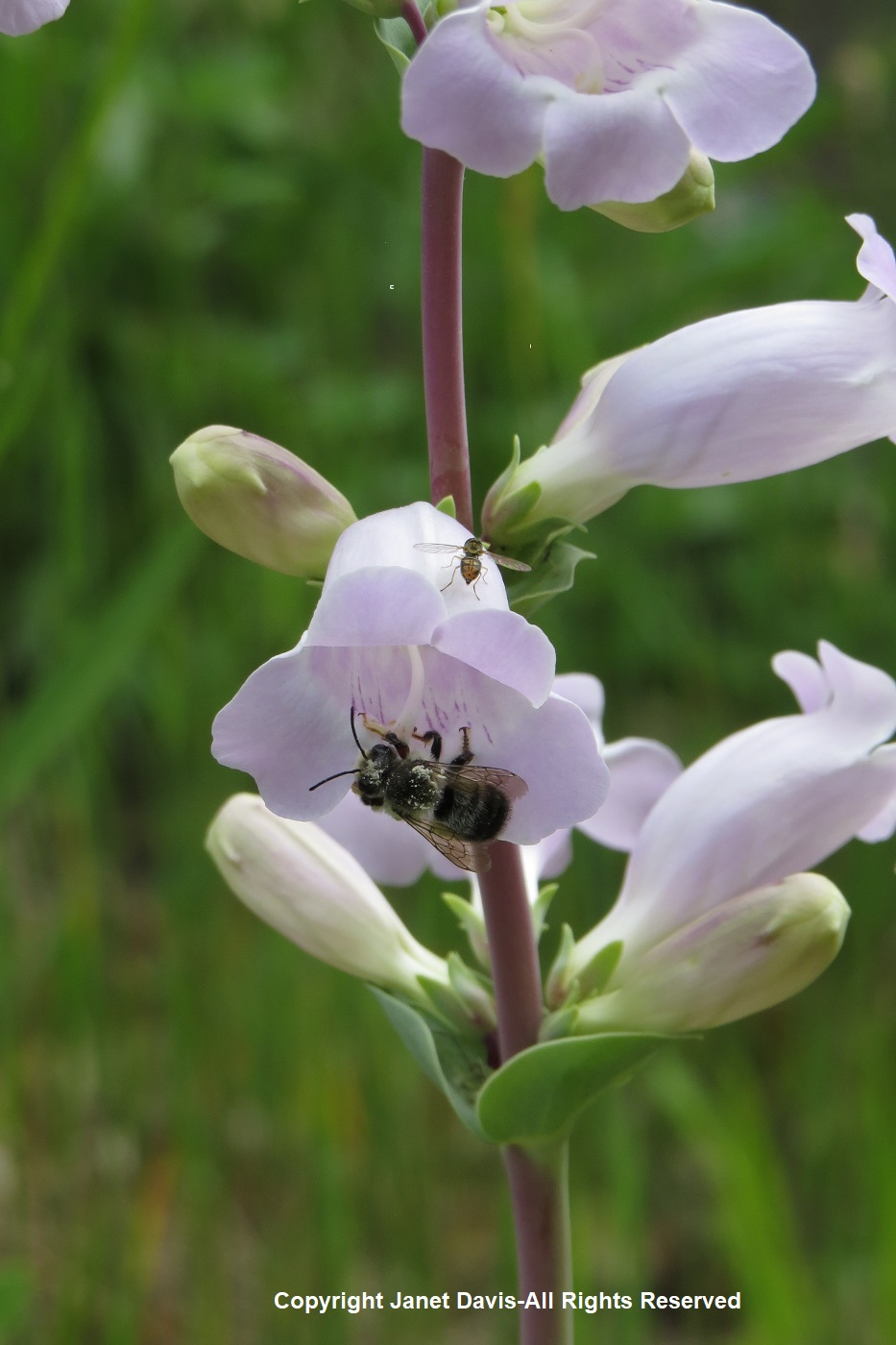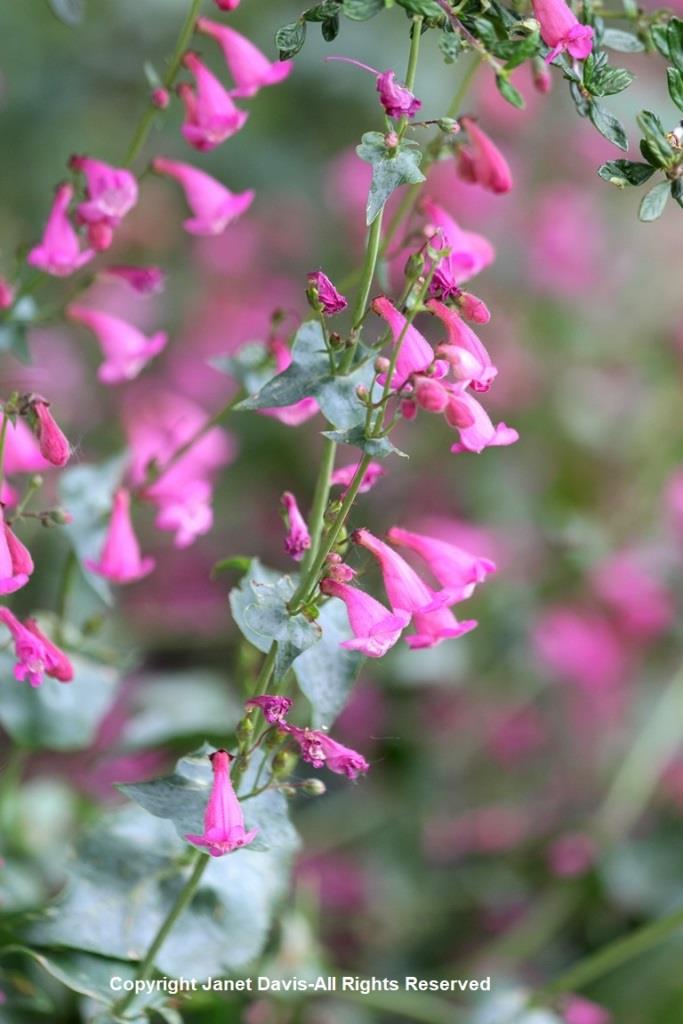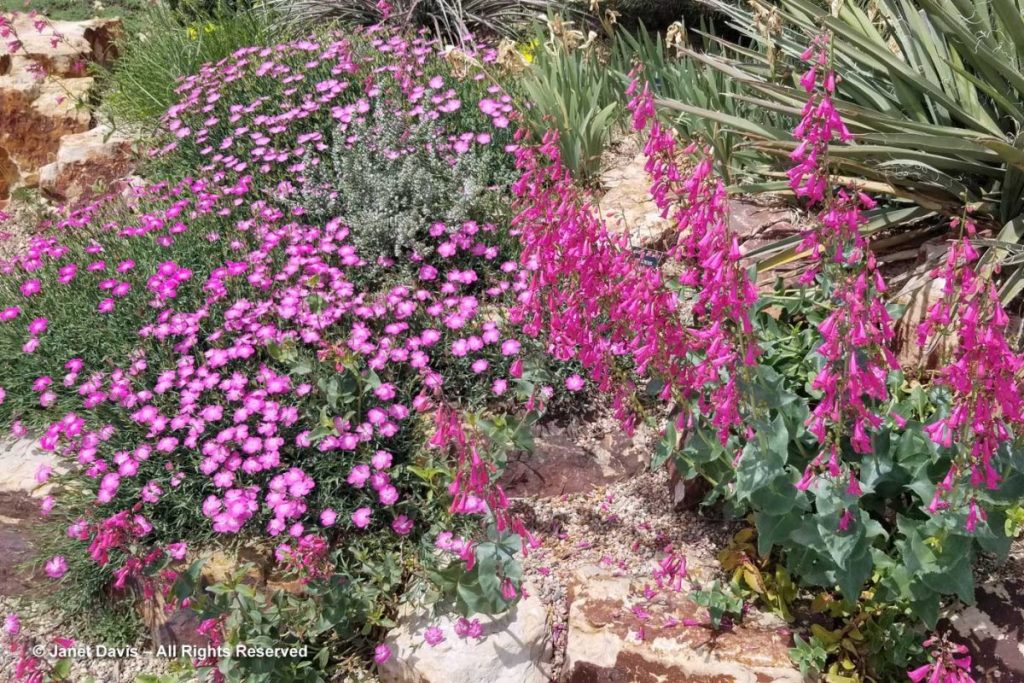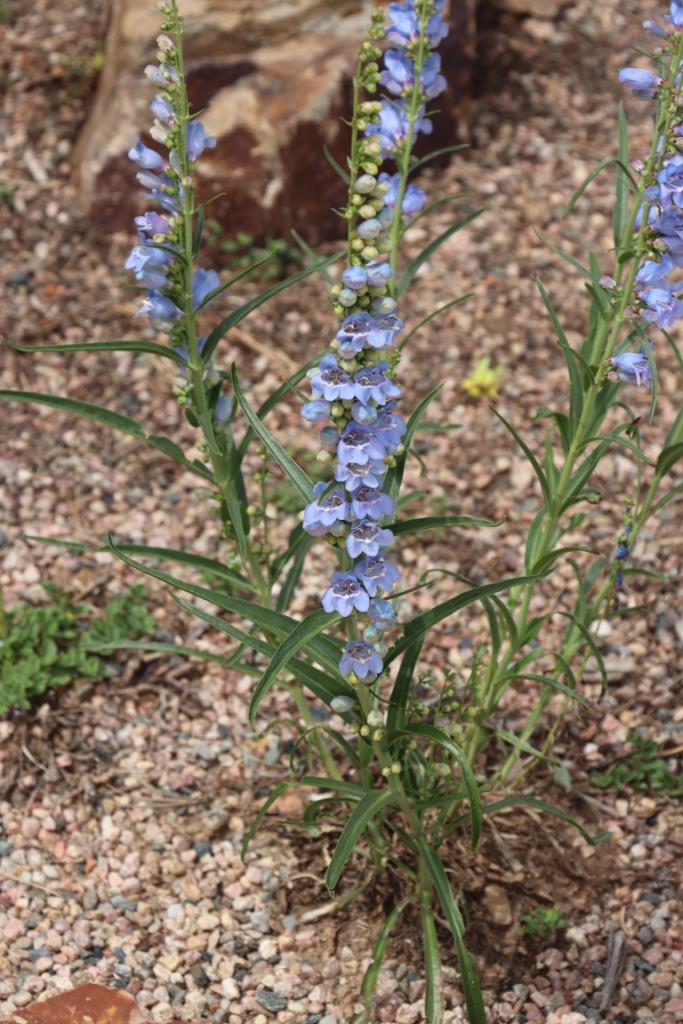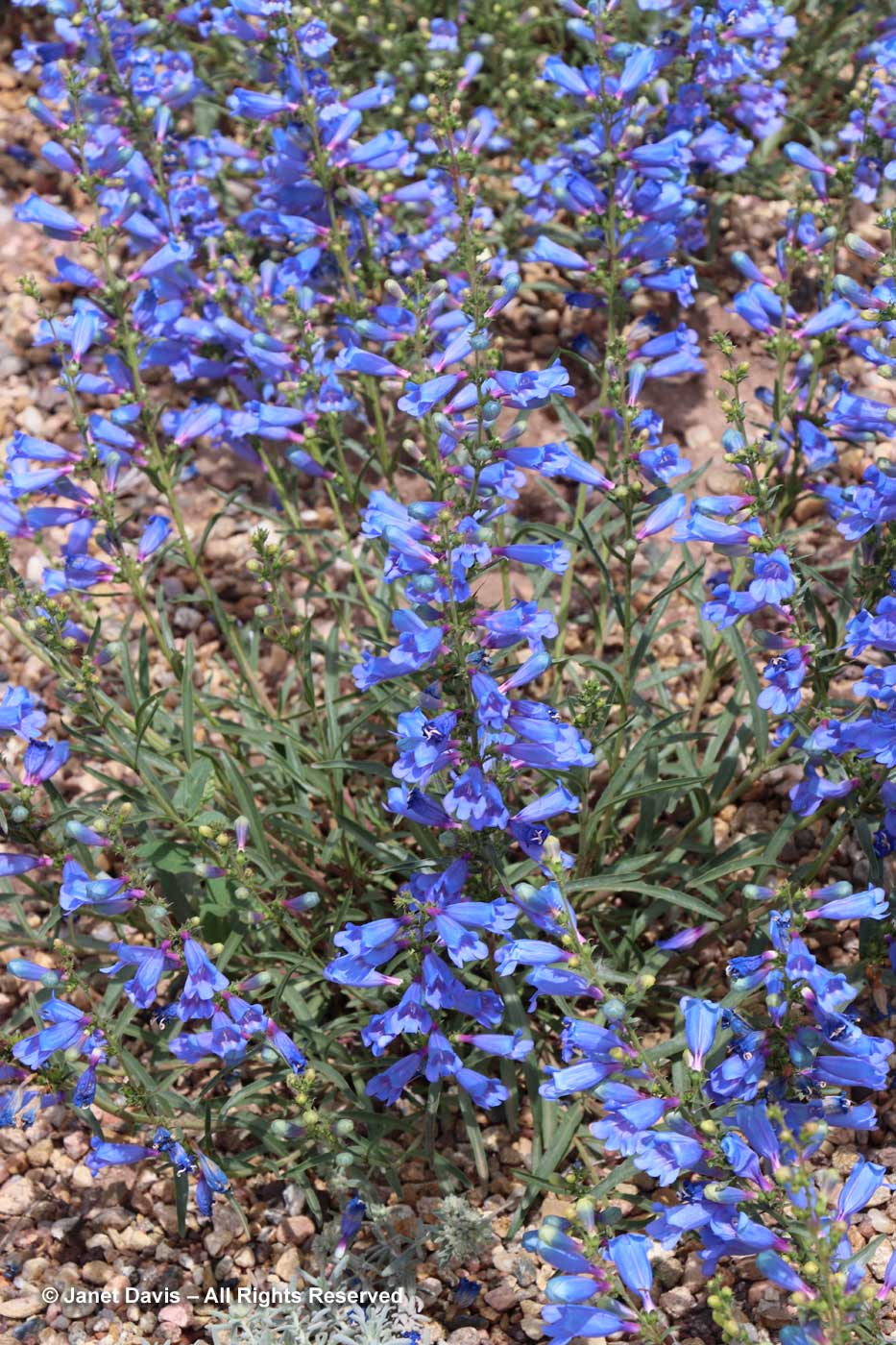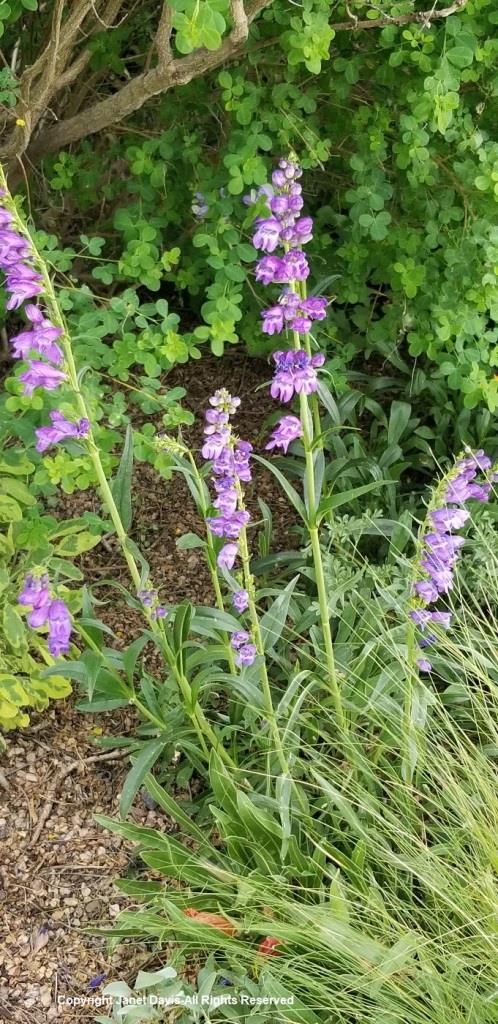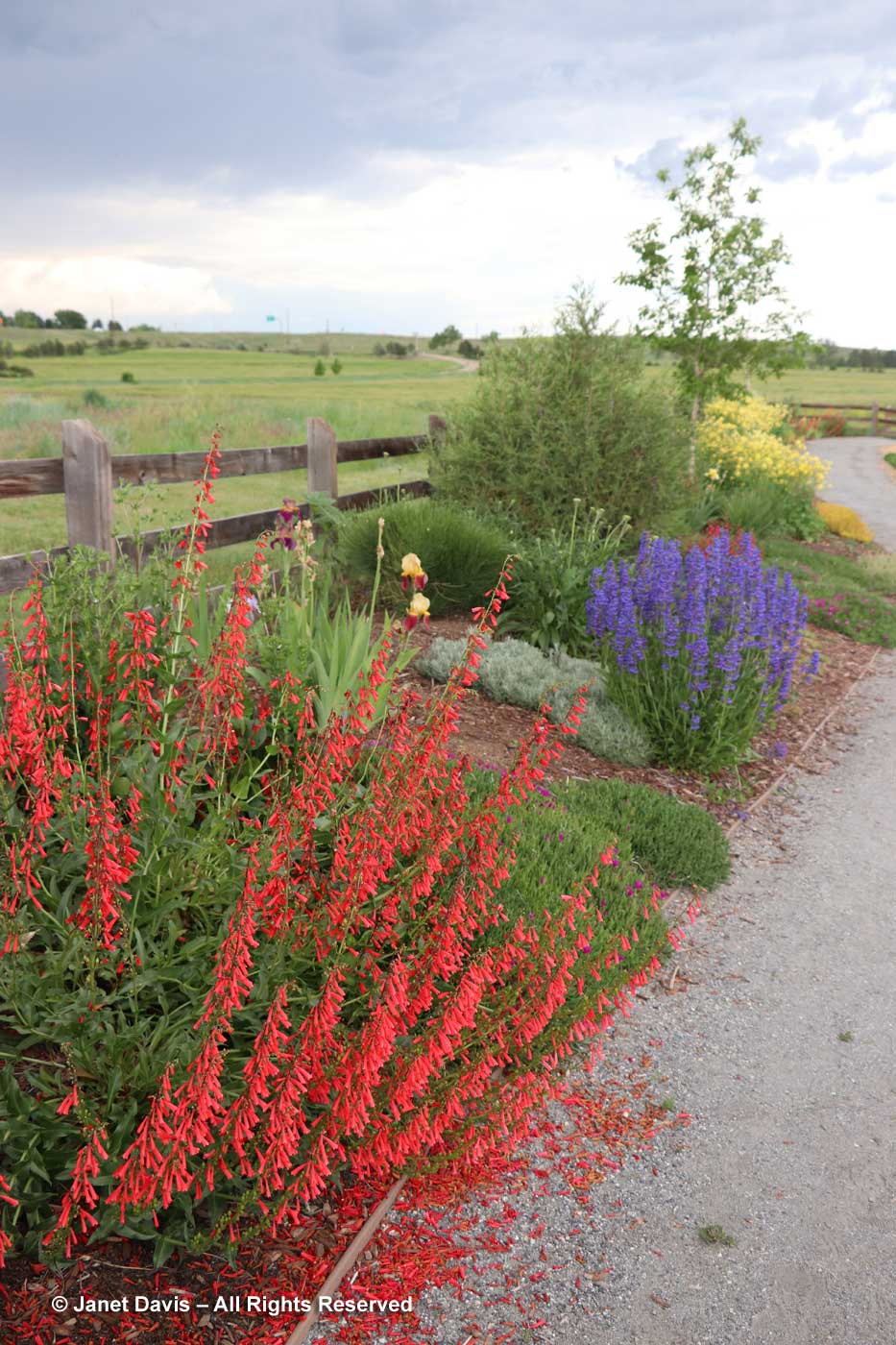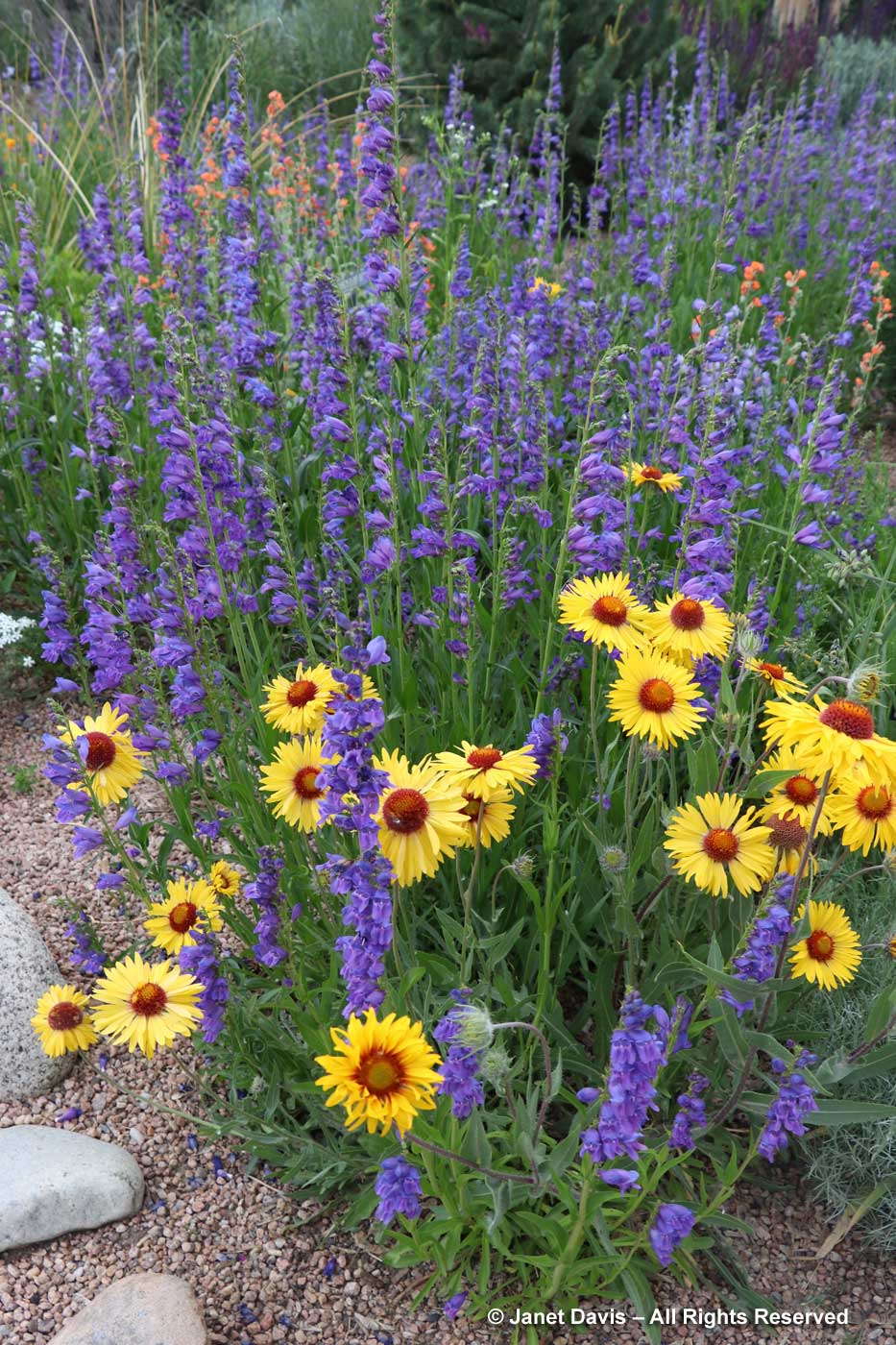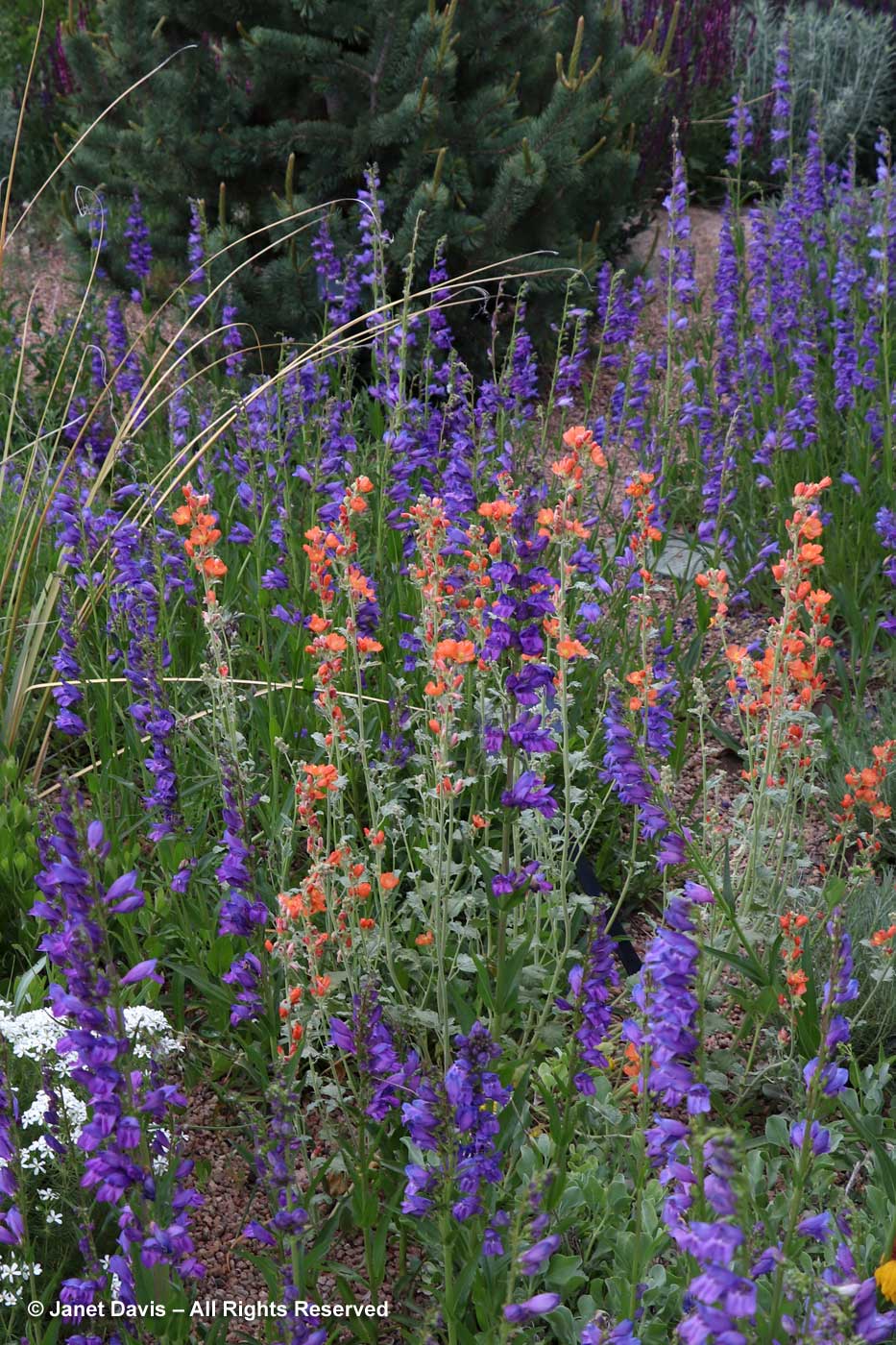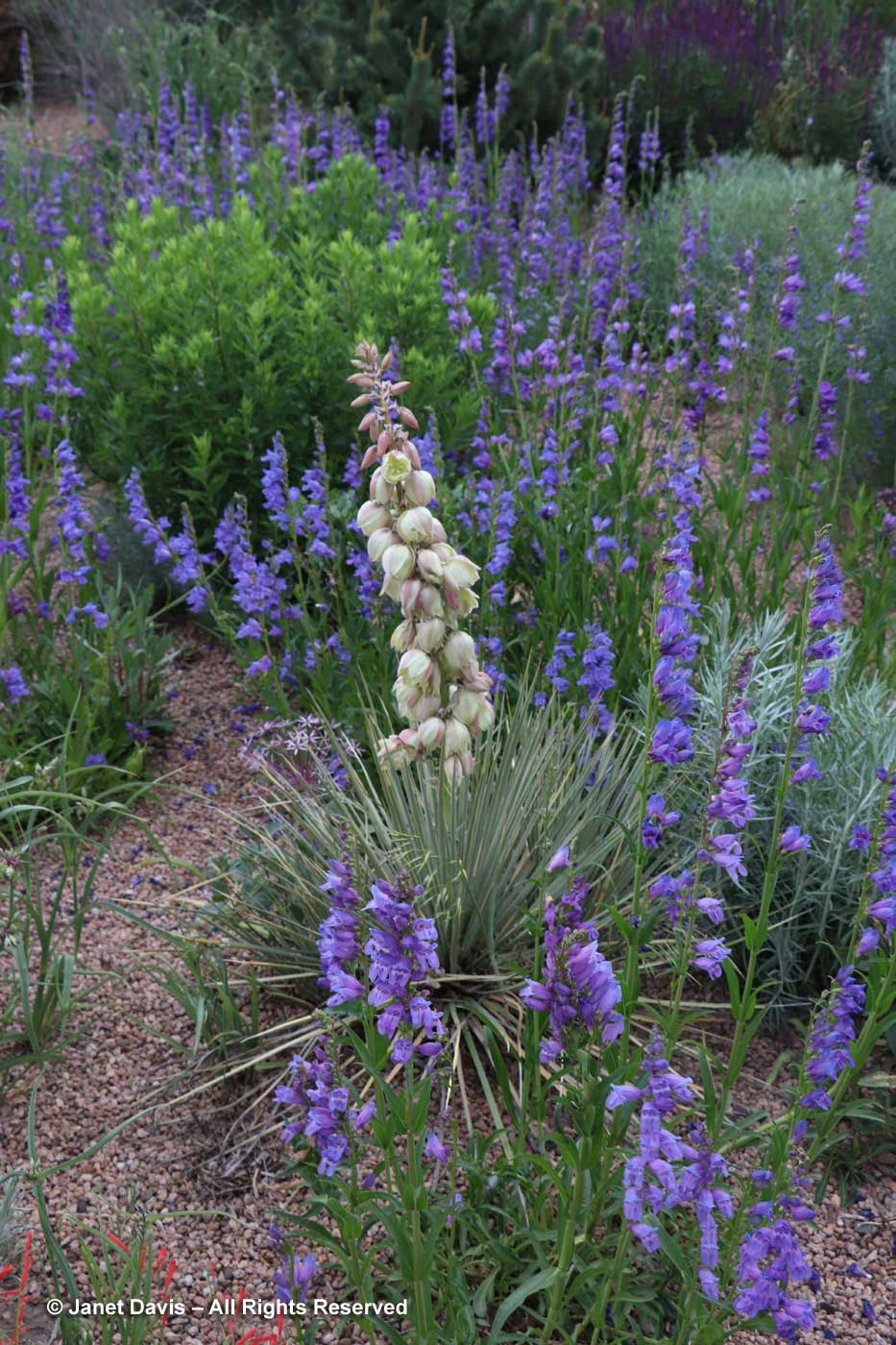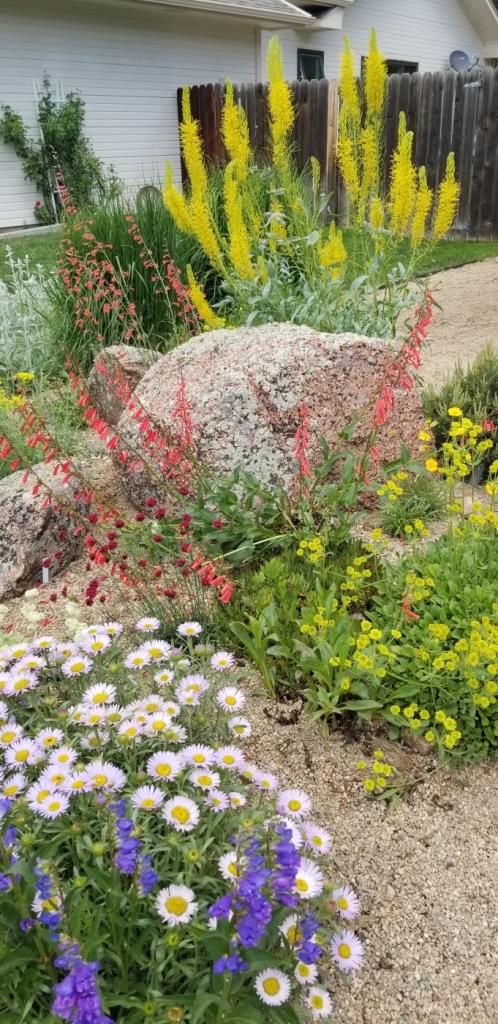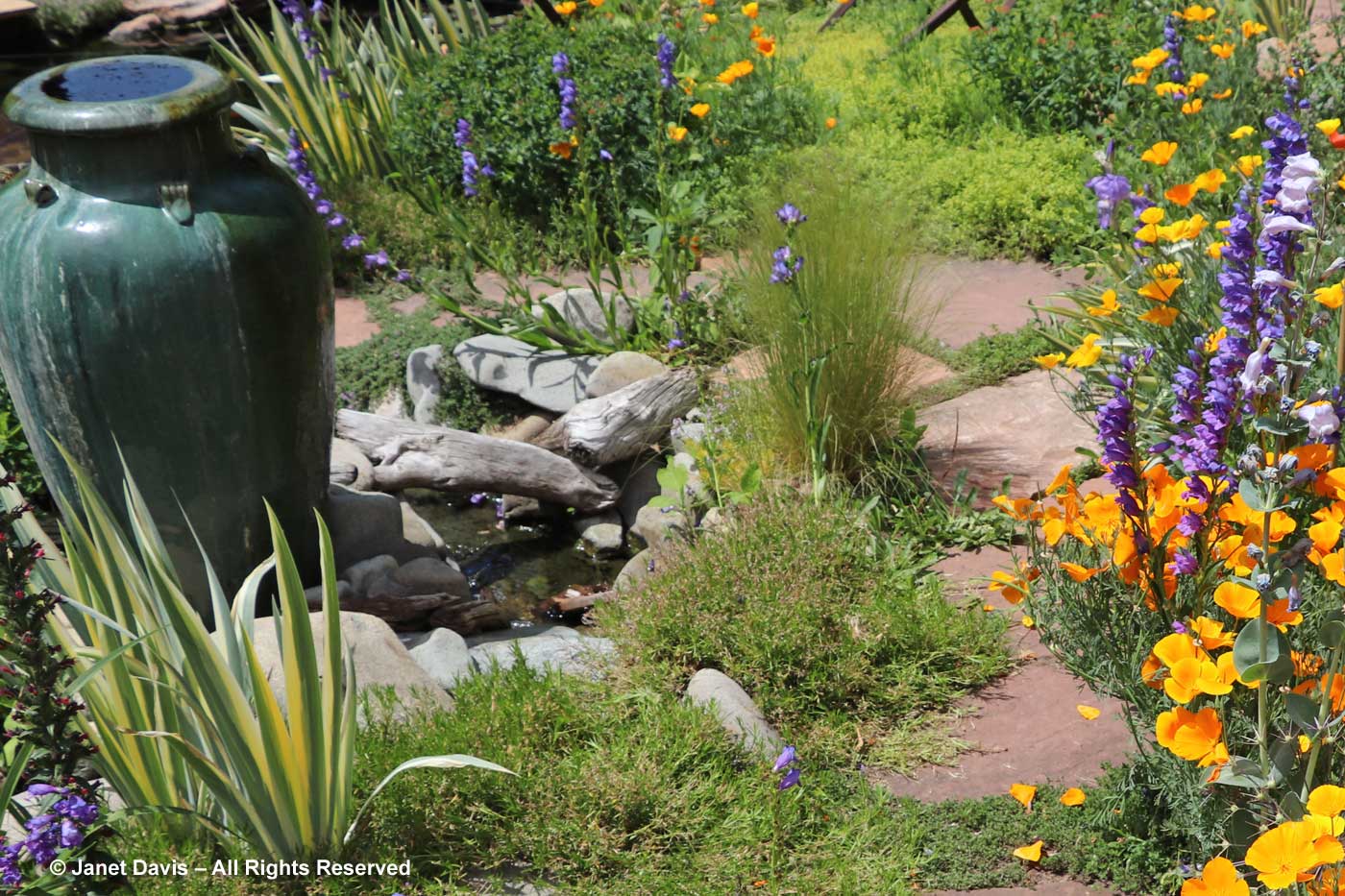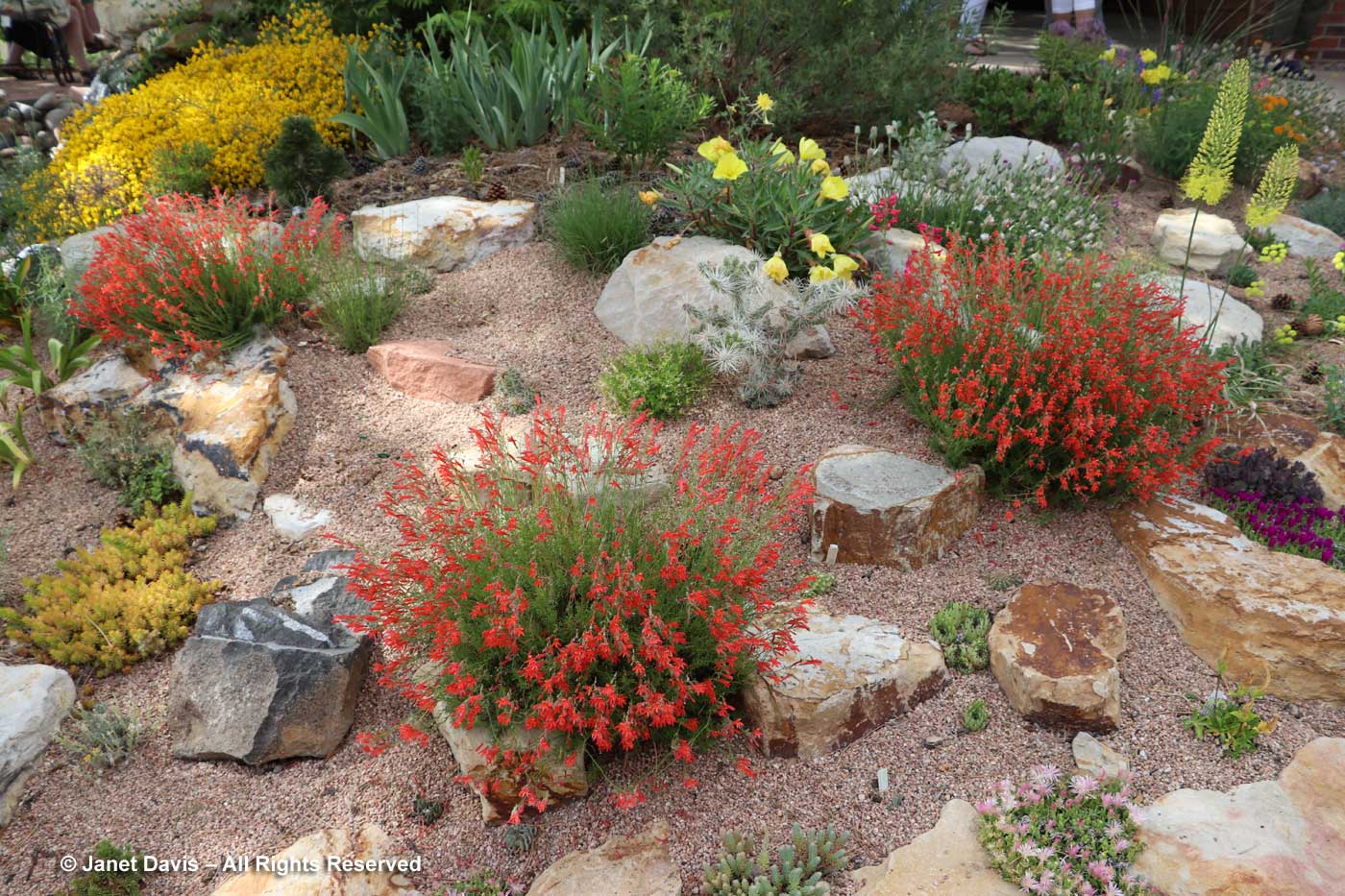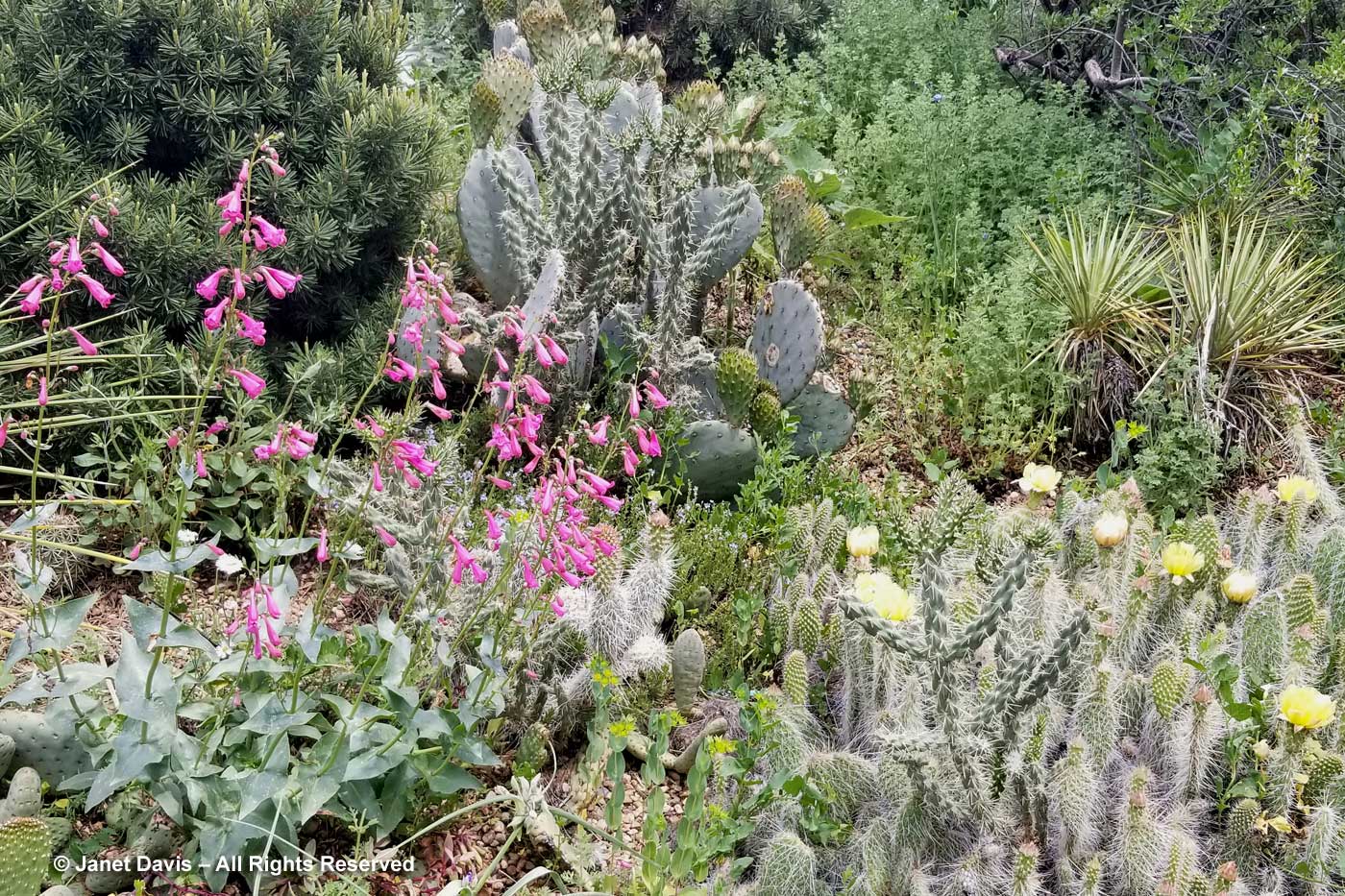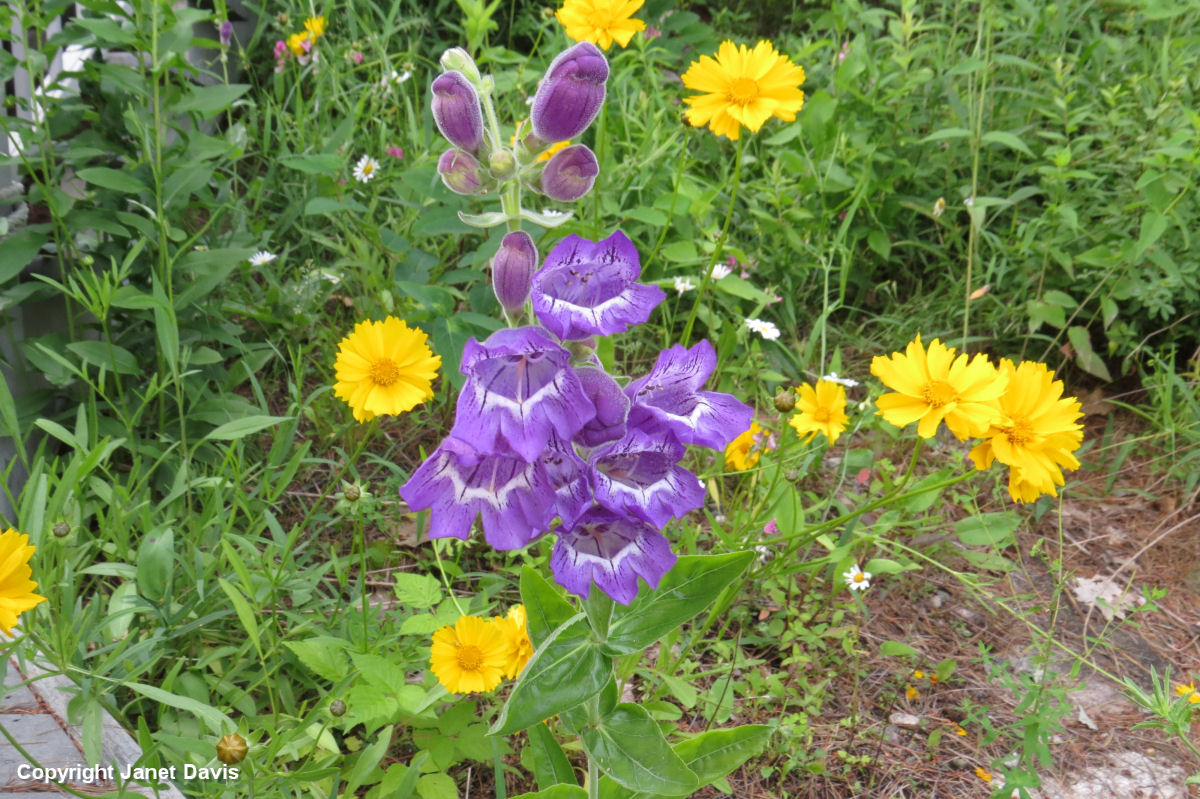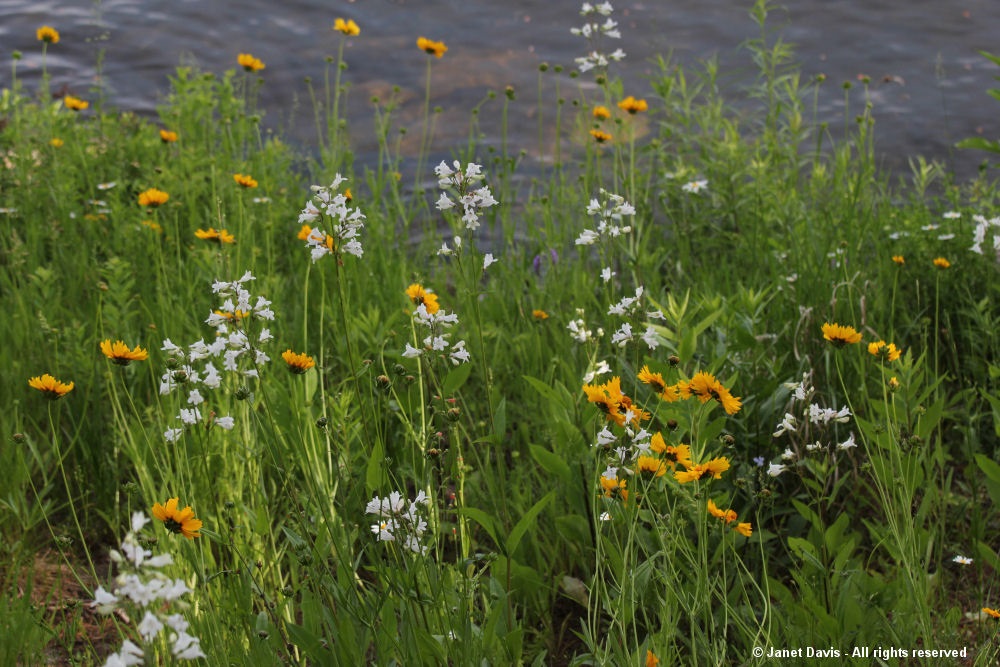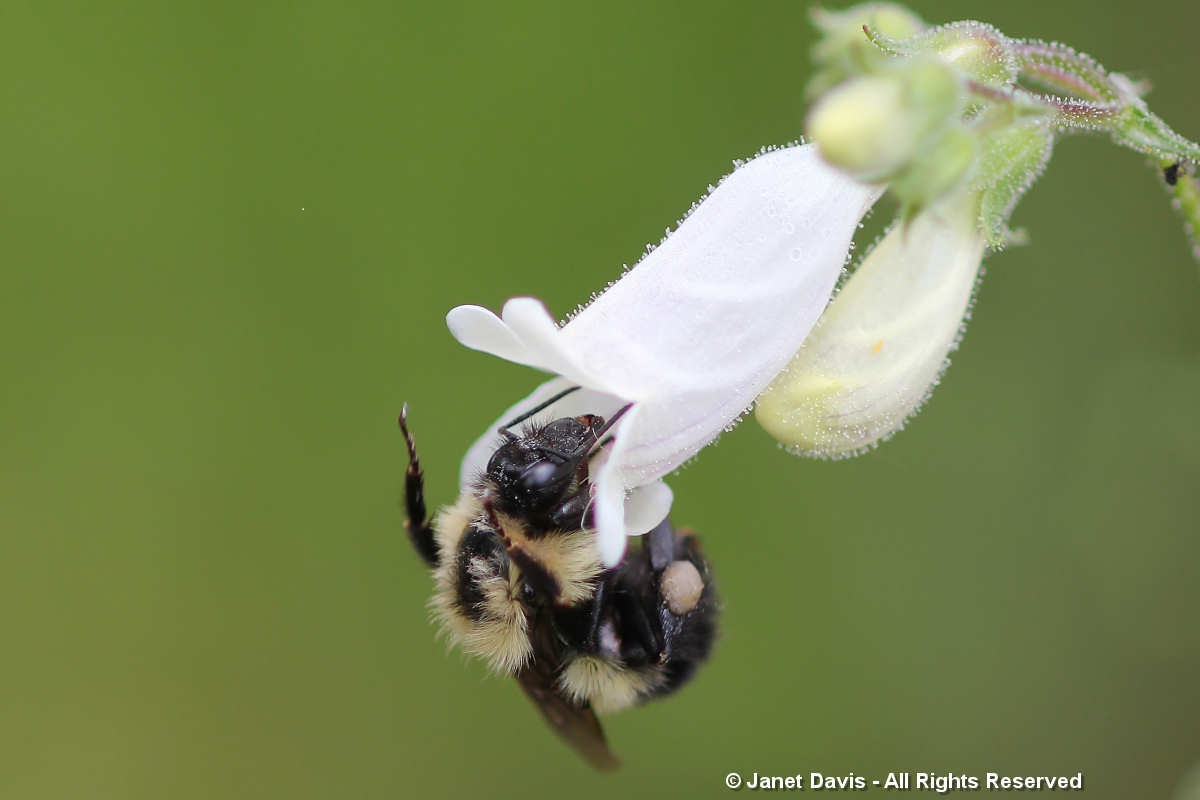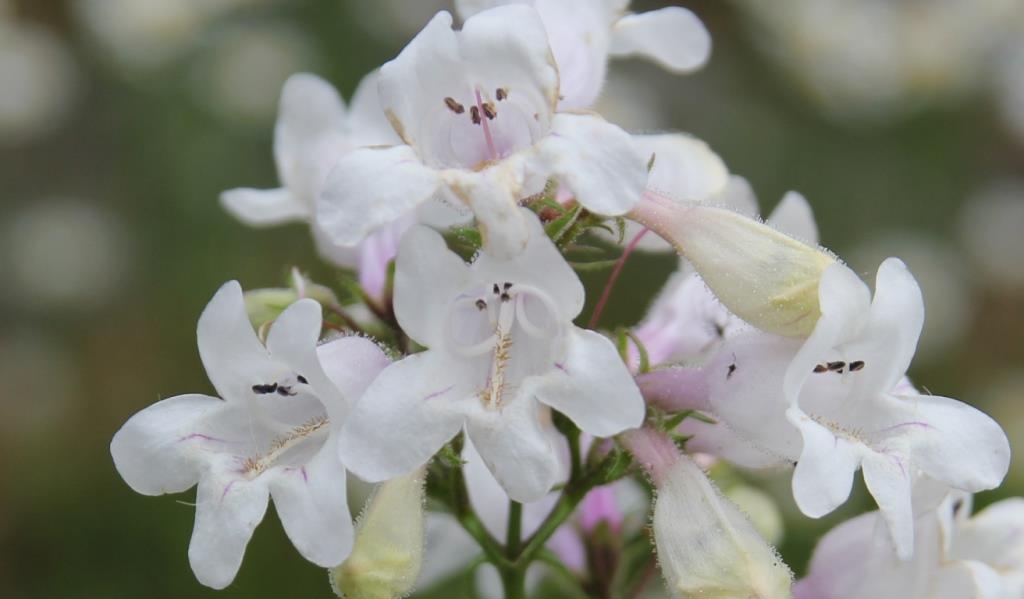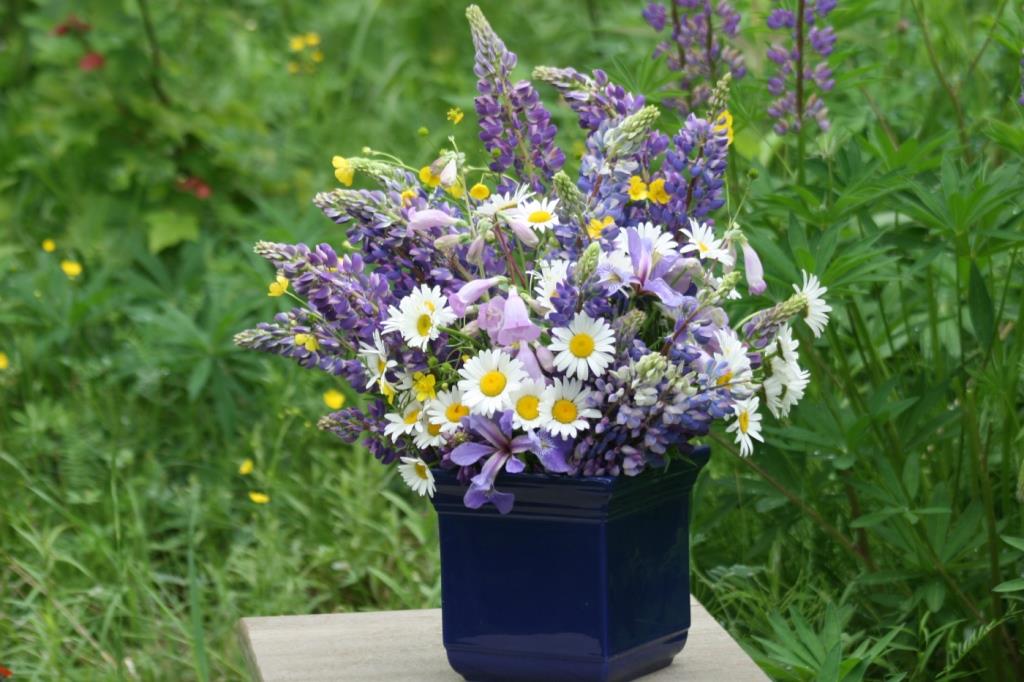Last June, I was privileged to visit several gardens in the Denver area owned by horticultural professionals with connections to the city’s wonderful Denver Botanic Gardens. Home gardeners in the area know former Director of Horticulture Rob Proctor from his longstanding appearances on television, but he and partner David Macke have a stunning garden filled with colour, billowing borders and myriad beautiful seating areas. I wrote about their garden here. Plant collectors and alpine enthusiasts around the globe know Panayoti Kelaidis, Senior Curator and Director of Outreach for the DBG. I blogged here about the fabulous hillside garden he shares with his partner Jan Fas. Today I’m going to introduce you to the charming, plant-rich garden of DBG Curator of Native Plants and Associate Director of Horticulture Dan Johnson and his partner Tony Miles in Englewood. Let’s get off the bus and check out the heavenly “hell strip”, that bit of civic real estate formerly known as “the boulevard”. You don’t even have to go into the garden to understand that the homeowners here have some serious horticultural chops. I see penstemons, alliums, foxtail lily, columbines and so much more.
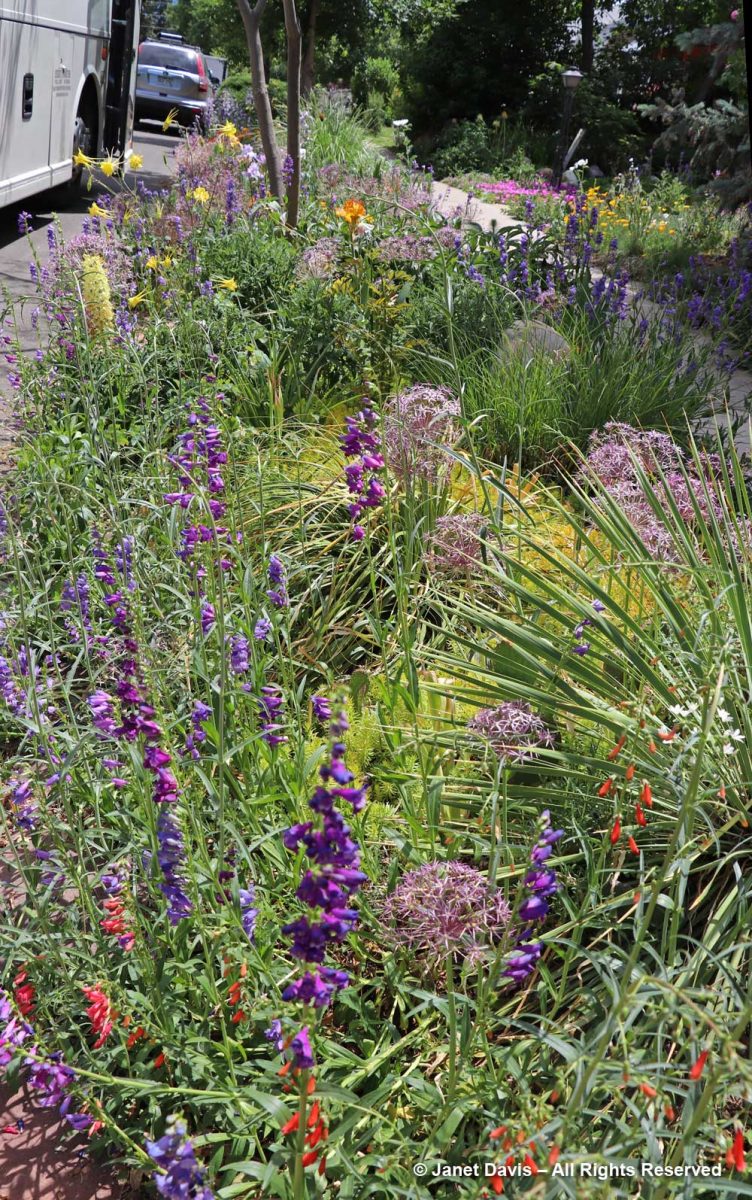
Looking the other way, there are California poppies and bearded irises… even a little pink rose!
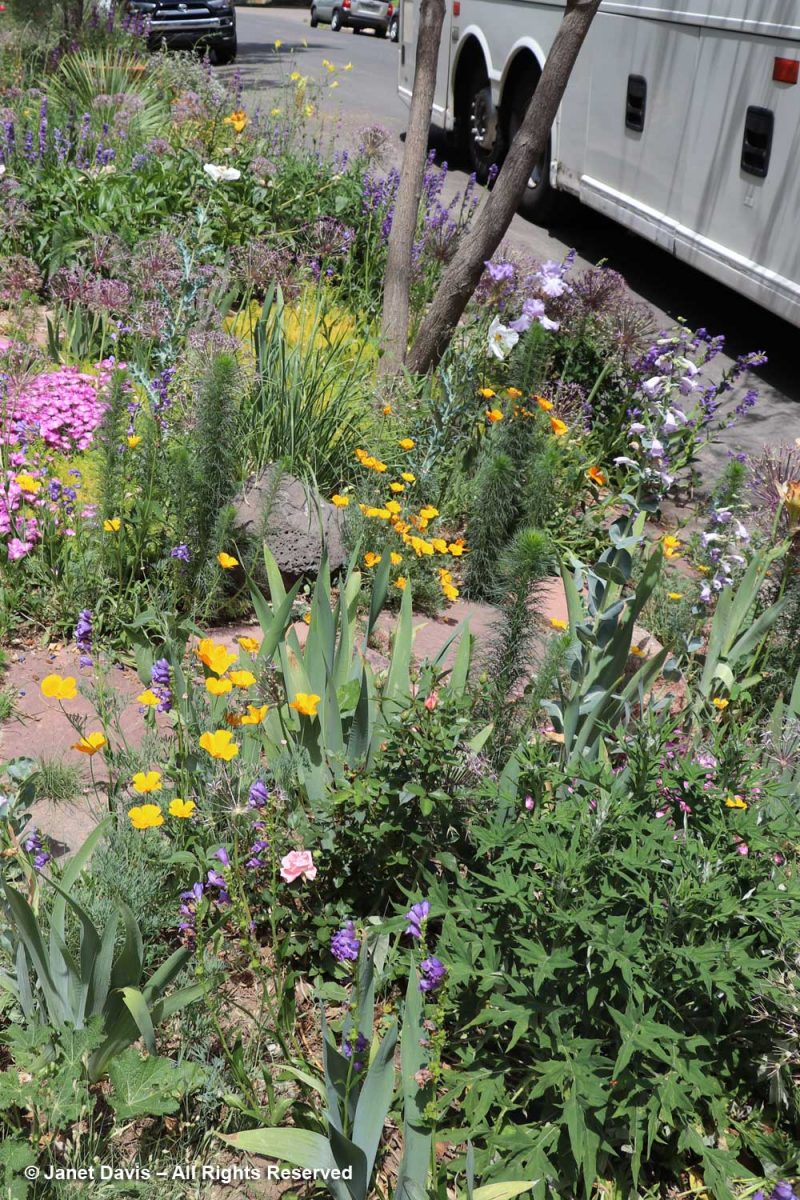
A magenta pool of delosperma meanders through the sedum and alliums. In the background are white prickly poppies (Argemone sp).
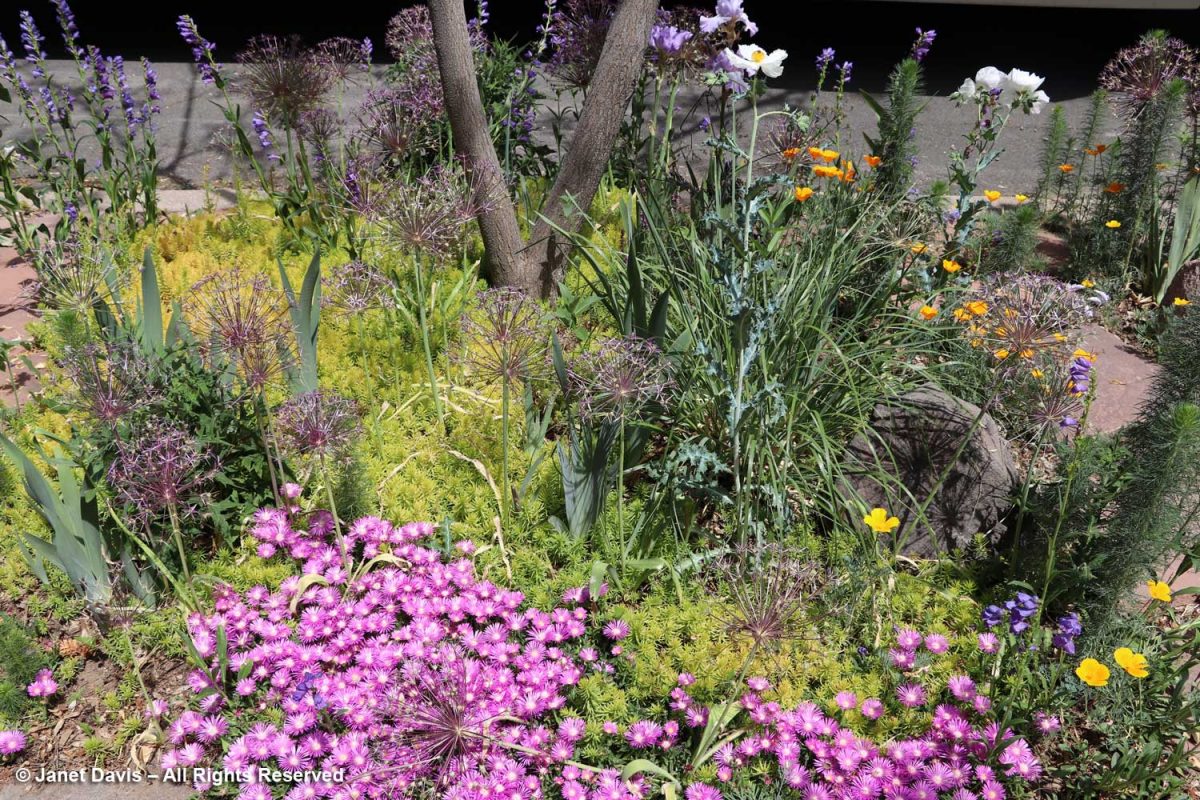
I love a garden that bestows a gift on the street, and Dan and Tony’s garden has a spirit of ebullient generosity that makes their neighbourhood a joyous place. Verbascums, irises, alliums and opium poppies….
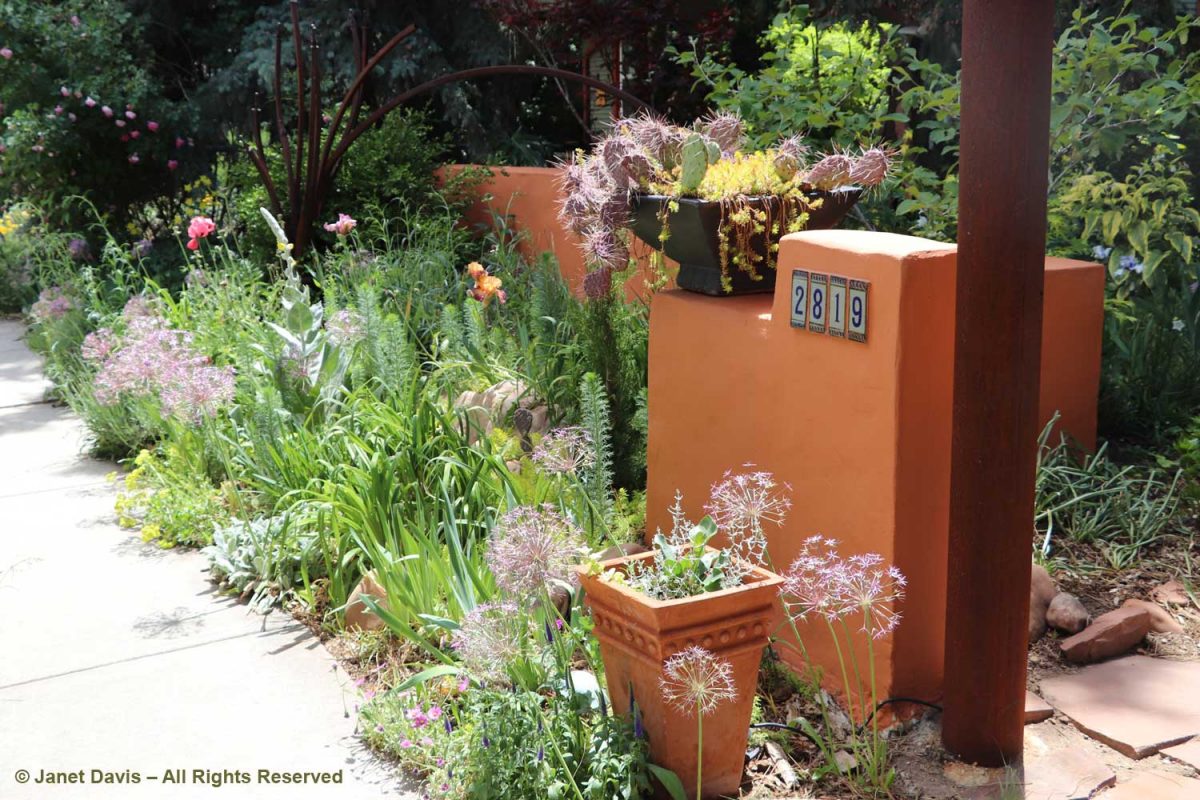
…..occupy a niche garden against a pretty stucco wall along the city sidewalk.
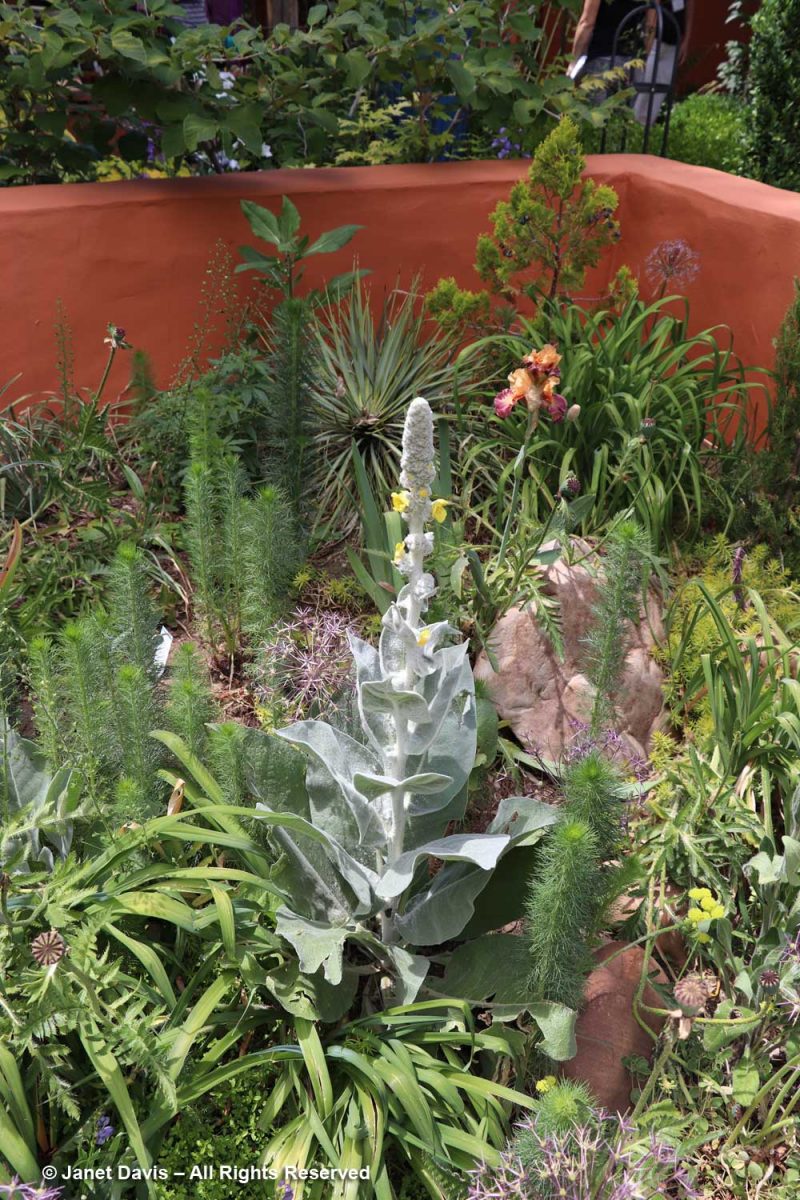
Here’s the adobe-flavoured front porch! It’s as if every cool garden accessory shop in the southwest decided to open a pop-up store here at this house in suburban Denver.
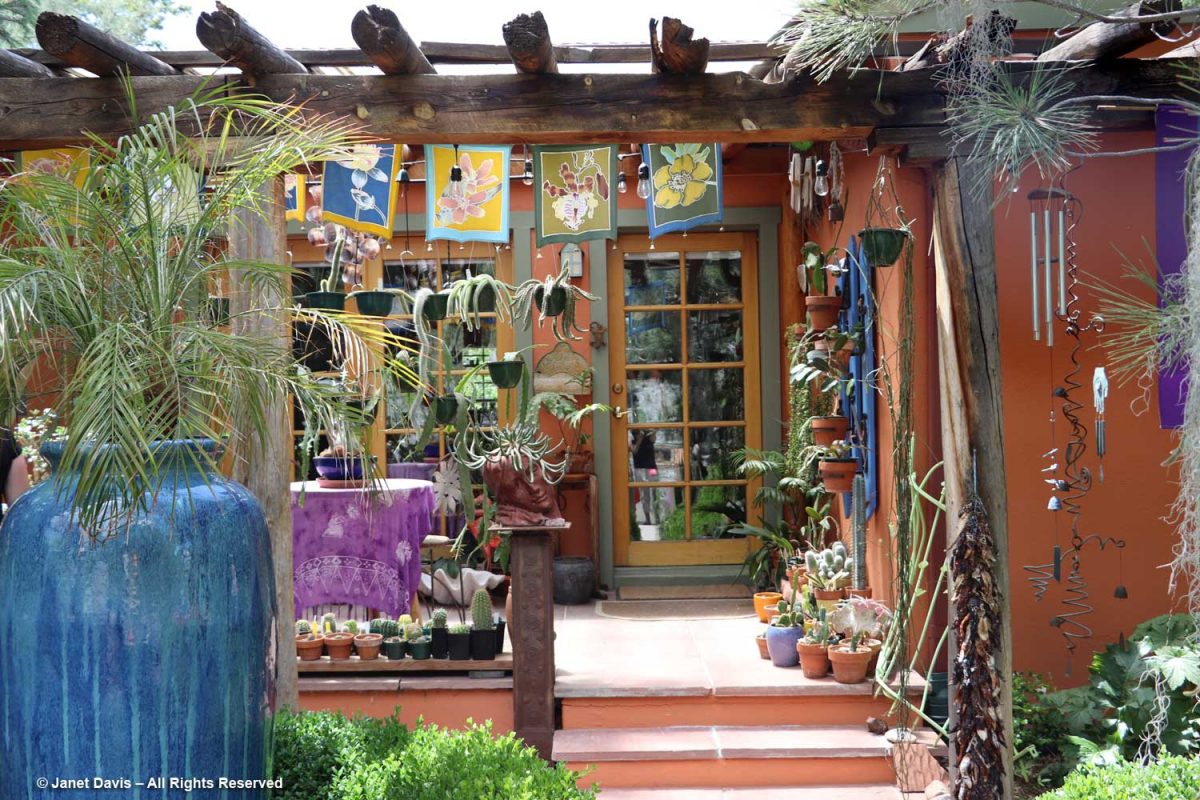
Let’s amble past the tall, blue ceramic pot with its palm, standing in its own boxwood-hedged corner….
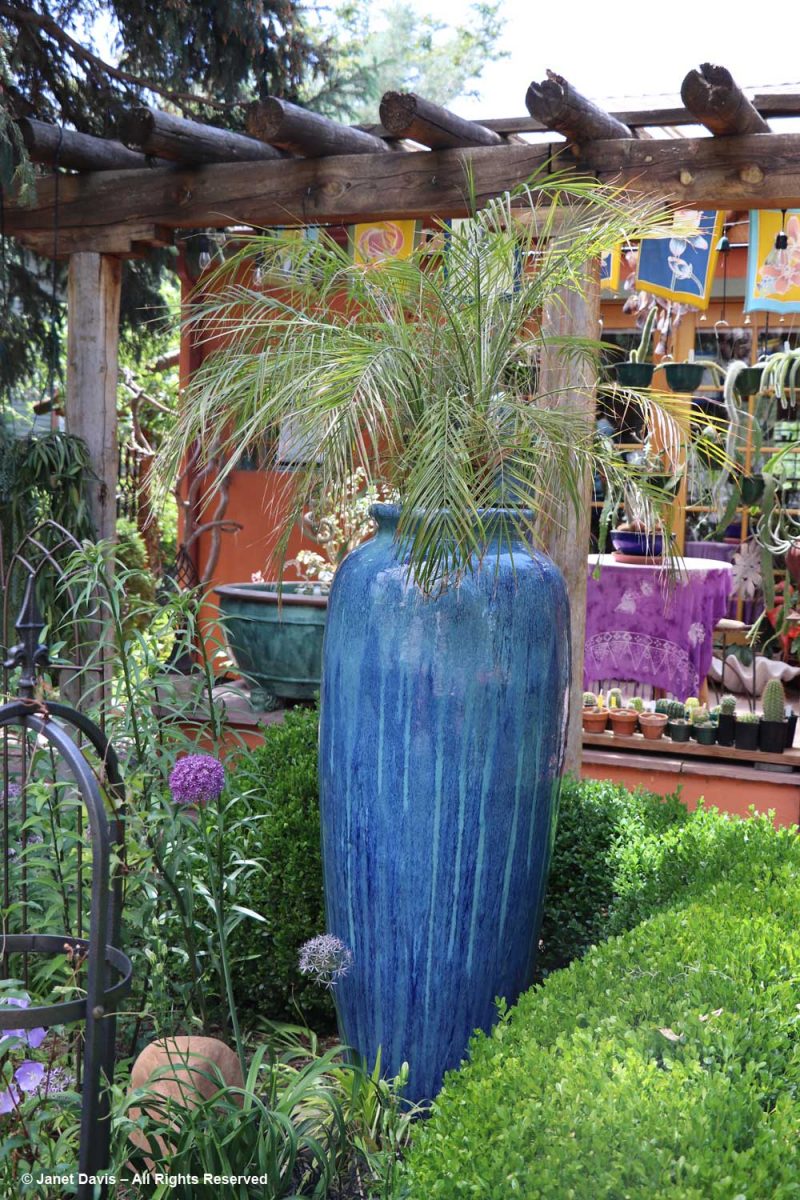
…. and climb the steps so we can get a better look at the slumbering Medusa with her euphorbia dreadlocks and try to count all the pots on the ground and hanging from hooks….
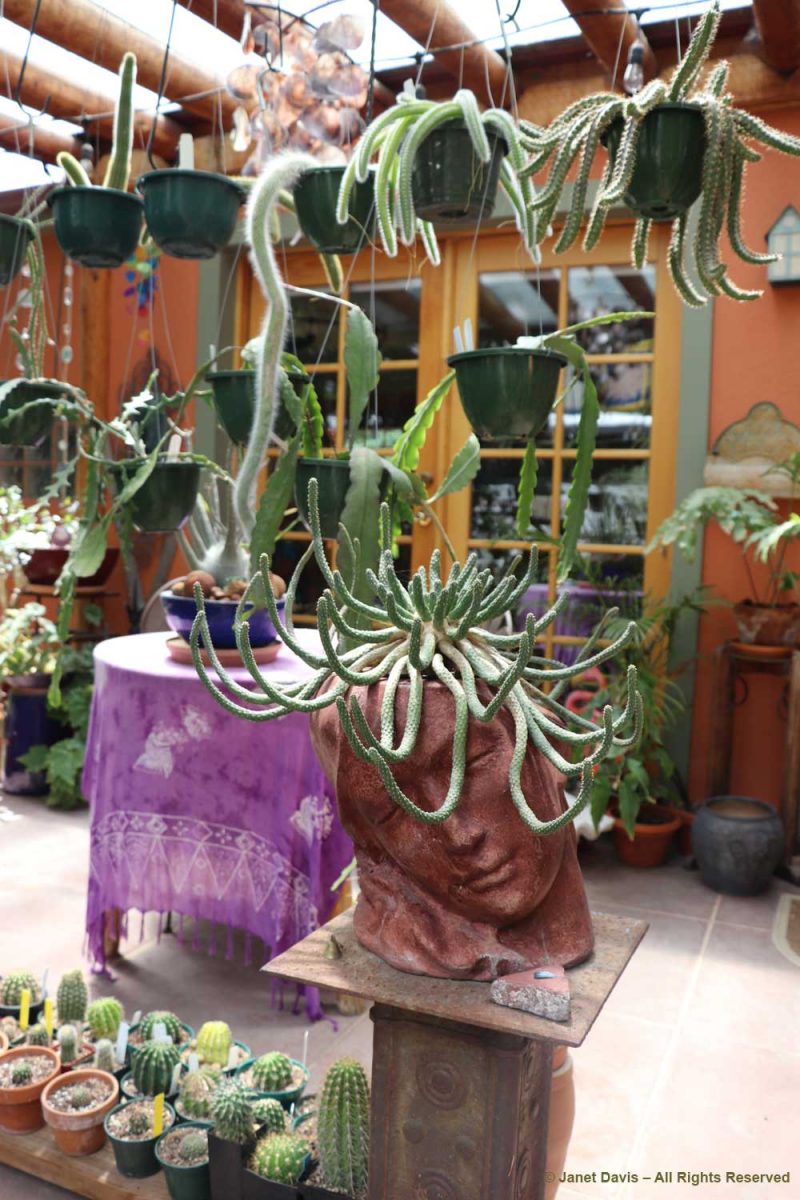
….. containing specimens of cacti…. Hmmm, I’ve lost count. So let’s just enjoy the view and the sound of the wind-chimes and all the splashes of colour…..
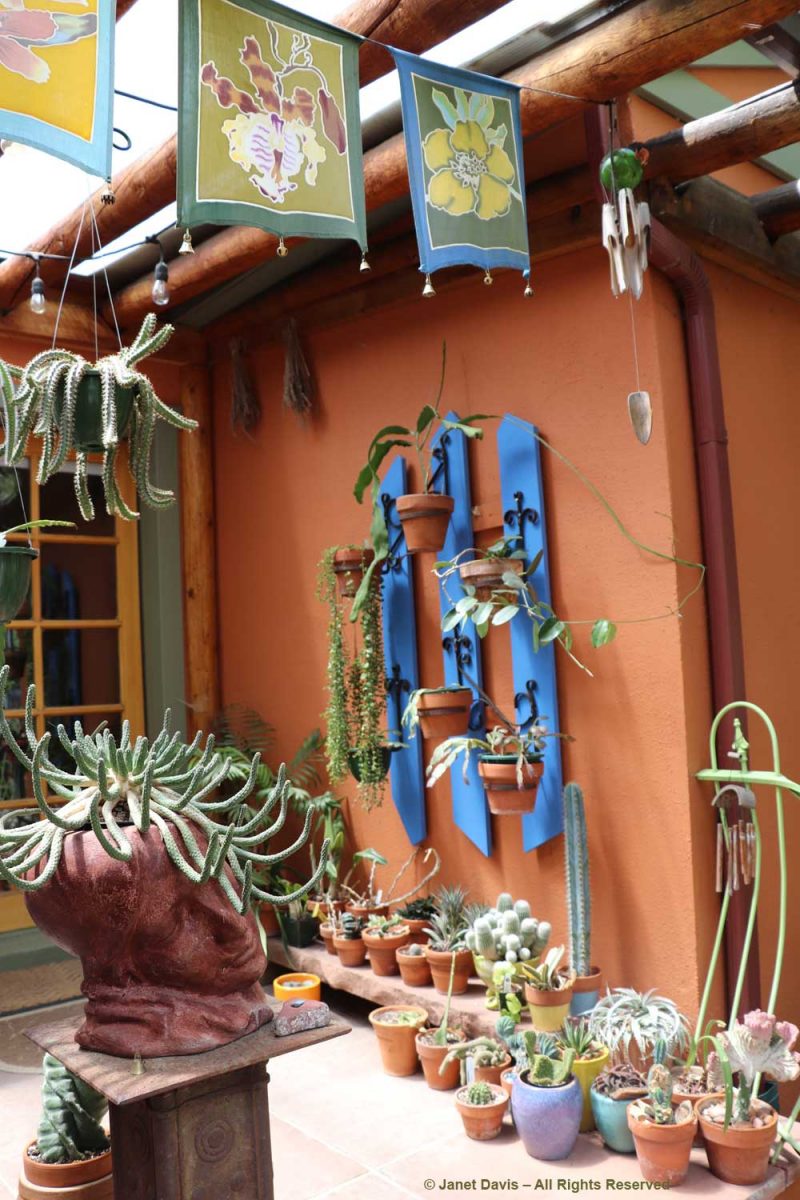
…. and fine workmanship that turns a few plant hangers into a work of art.
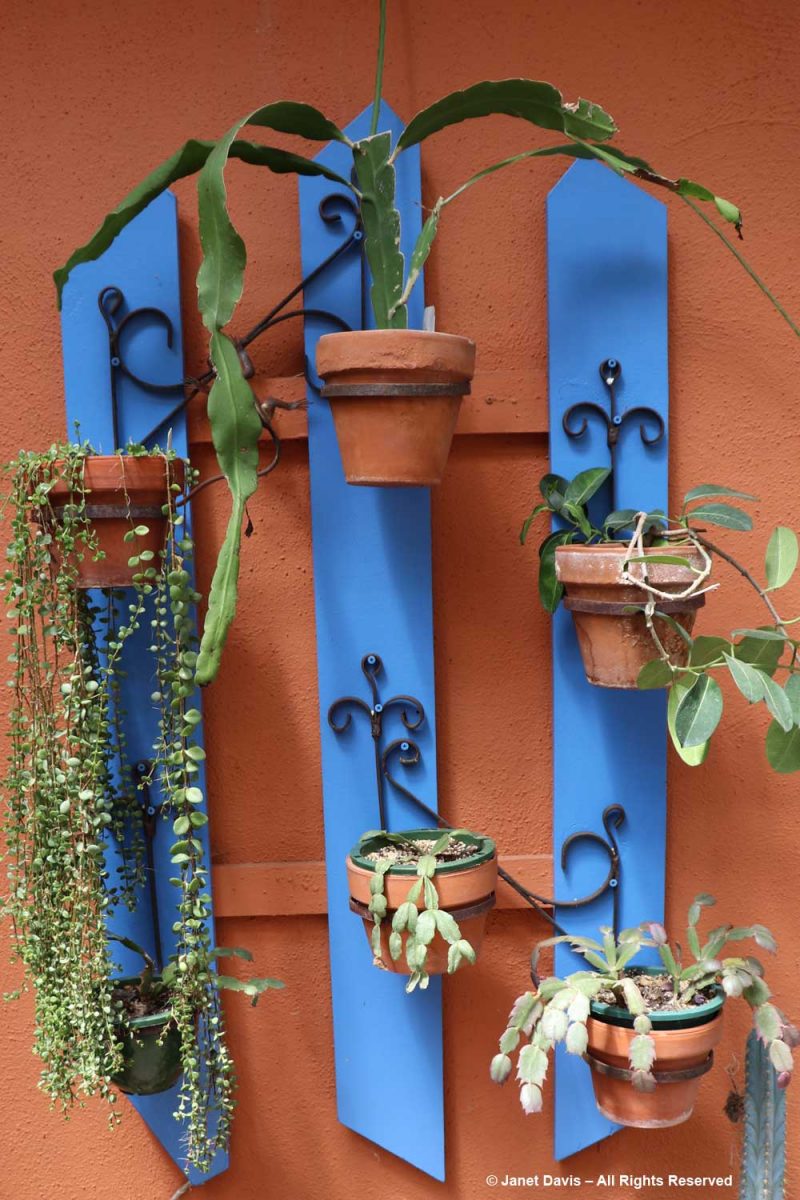
When I visit a complex garden like this, I often wonder how much time the owners actually take to sit down and enjoy a meal or glass of wine, but this is a lovely spot…..
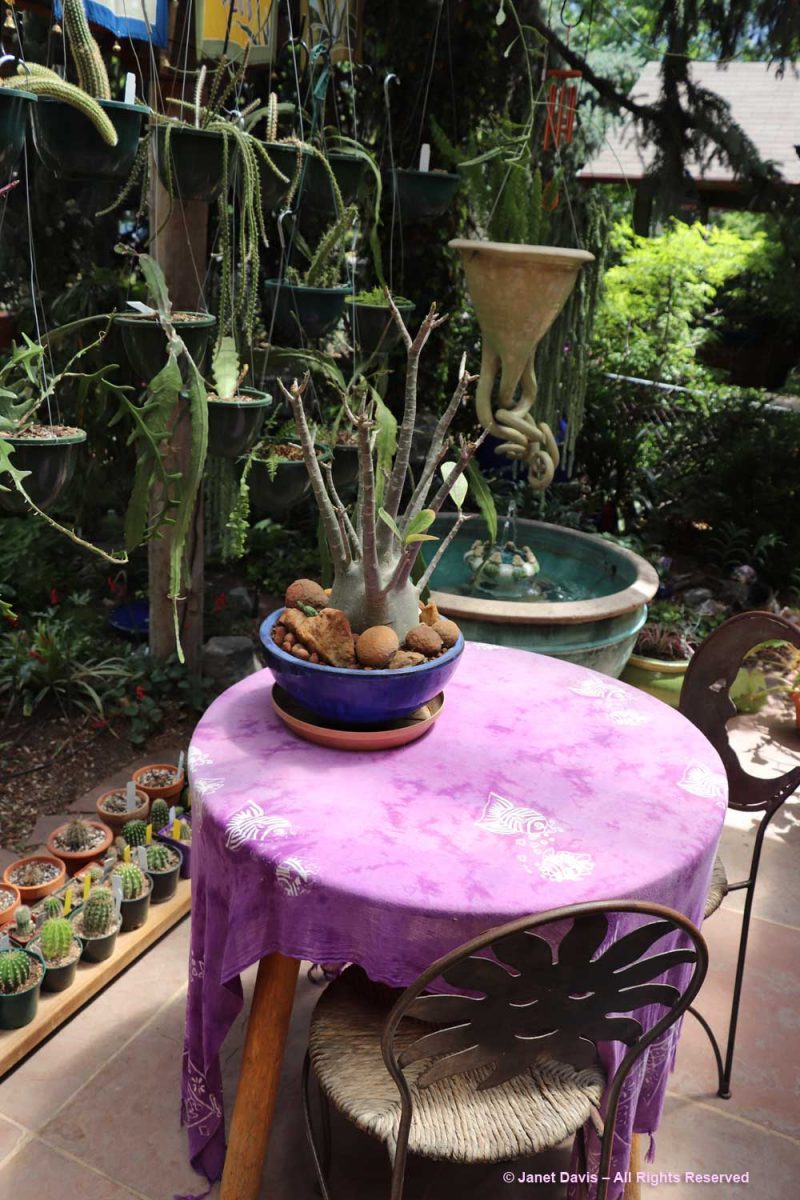
….. with the splash of the fountain in the container water garden nearby.
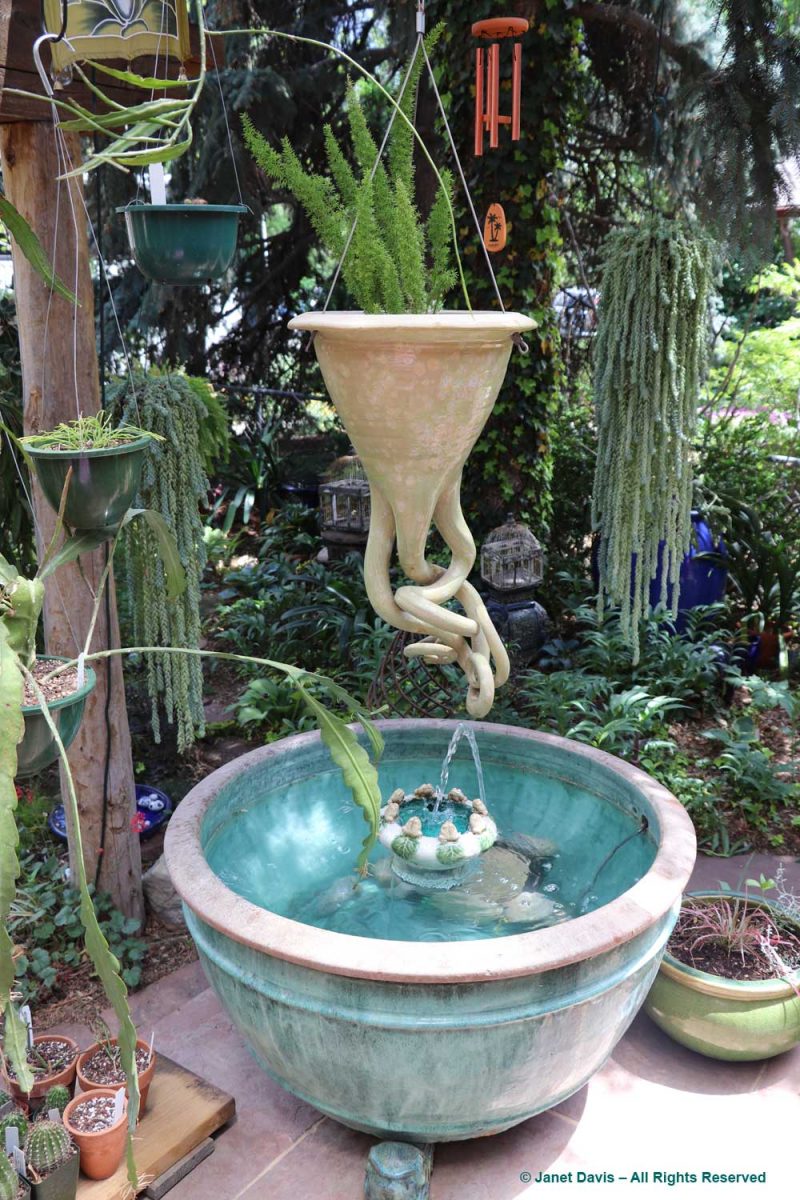
Let’s explore the front garden a little, with its mix of perennials in the shade of a big conifer…..
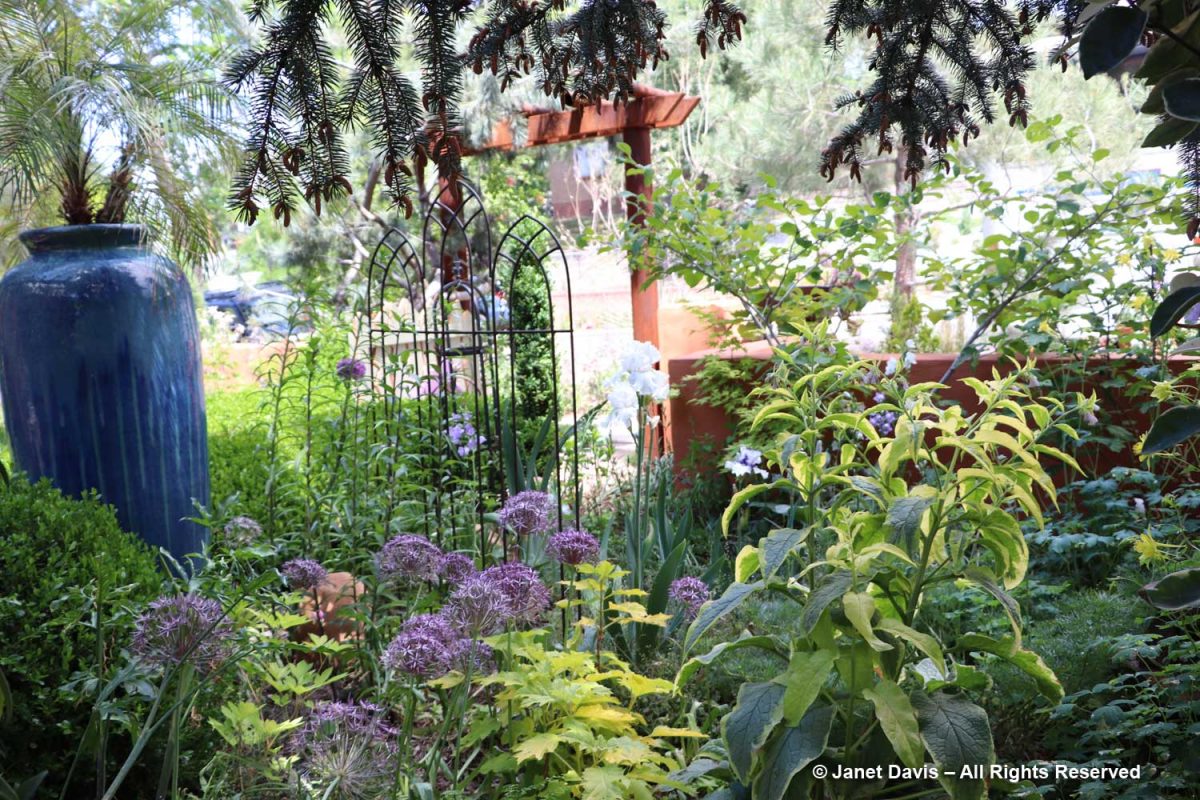
……and its birdhouse-toting elephants.
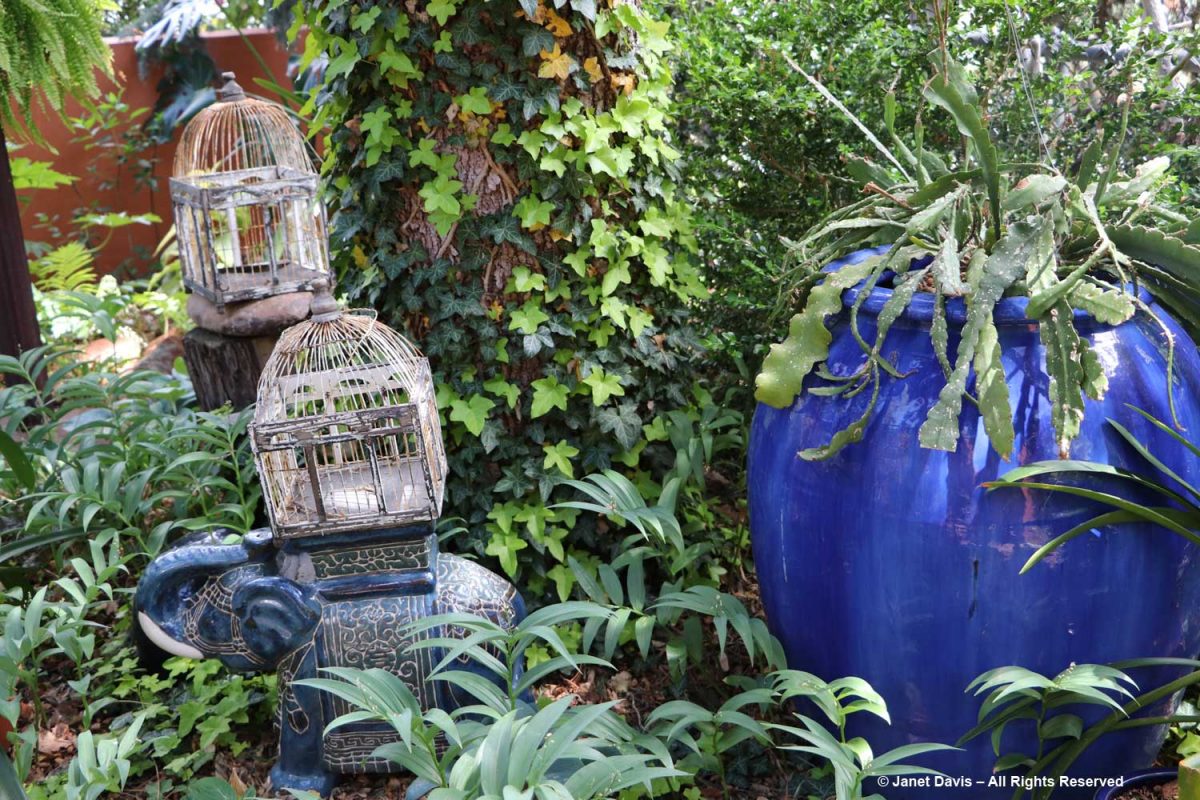
Our time here is so limited and we need to see the back of the garden, which is just beyond this cool arch and gate.
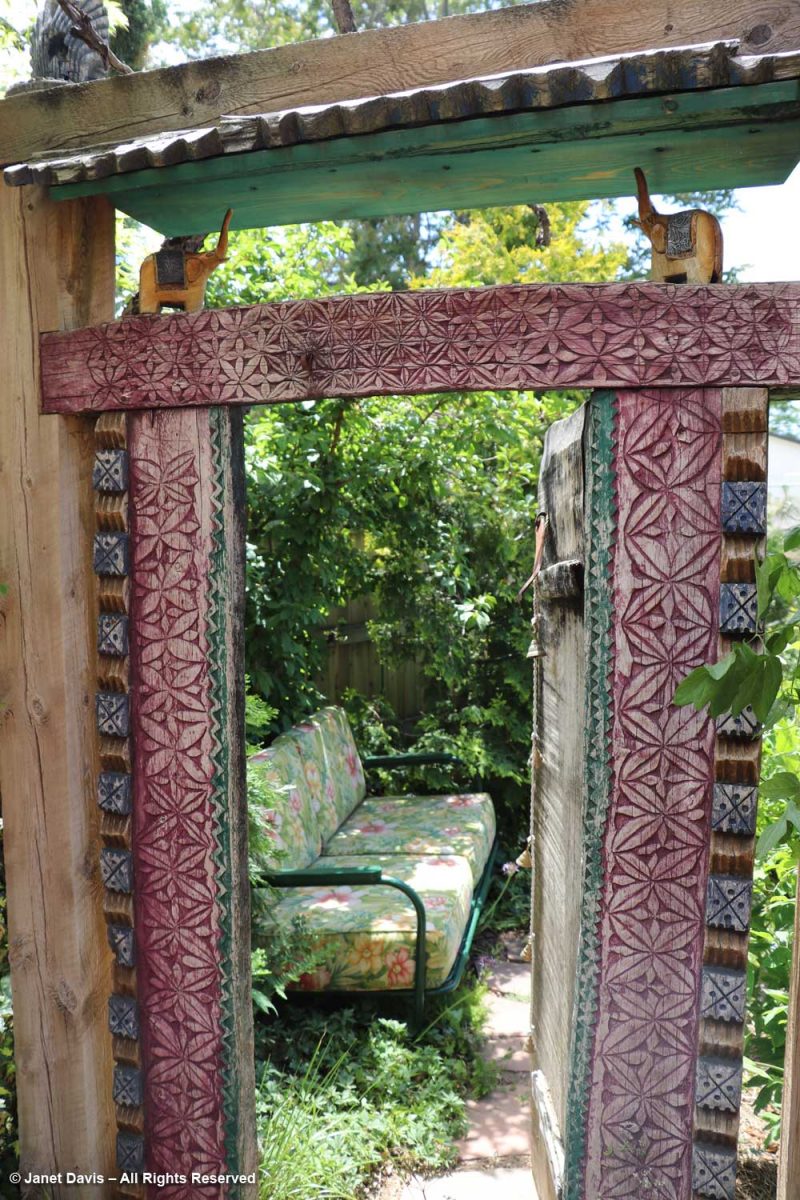
The back of the house is more about getting right into the garden….
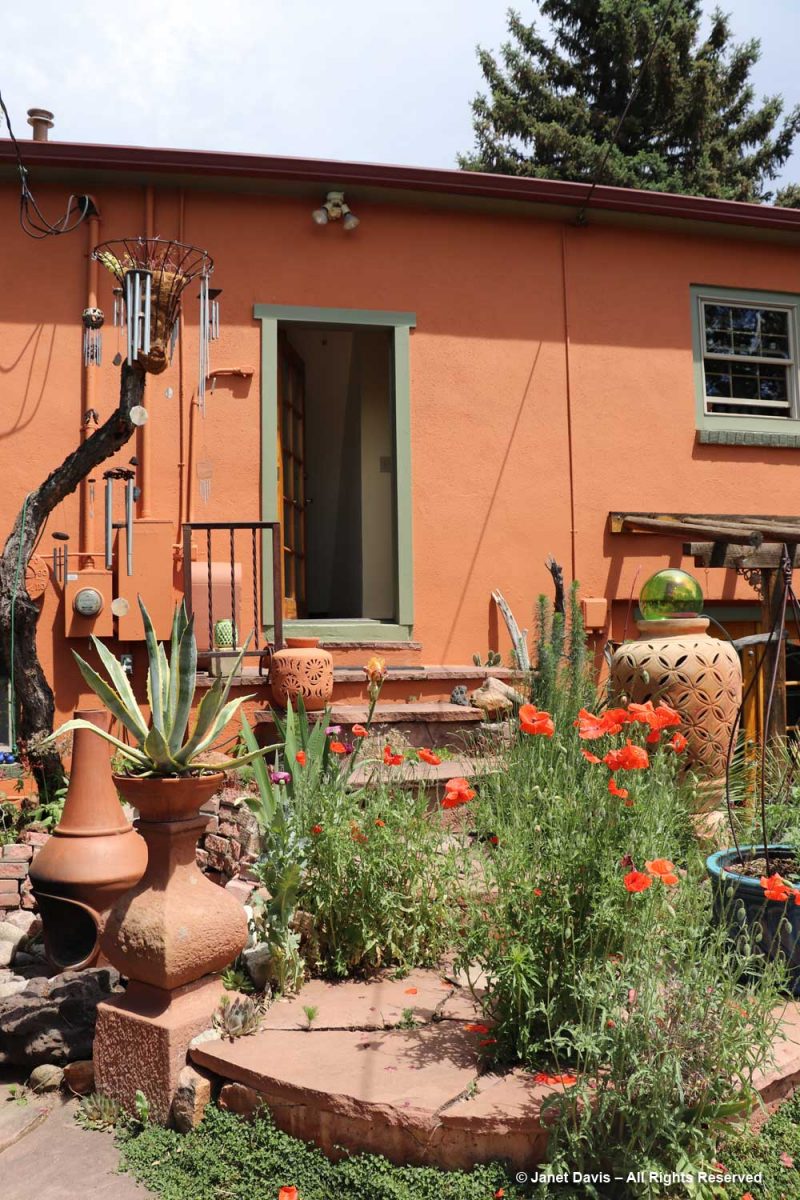
…. past the corn poppies (Papaver rhoeas)….
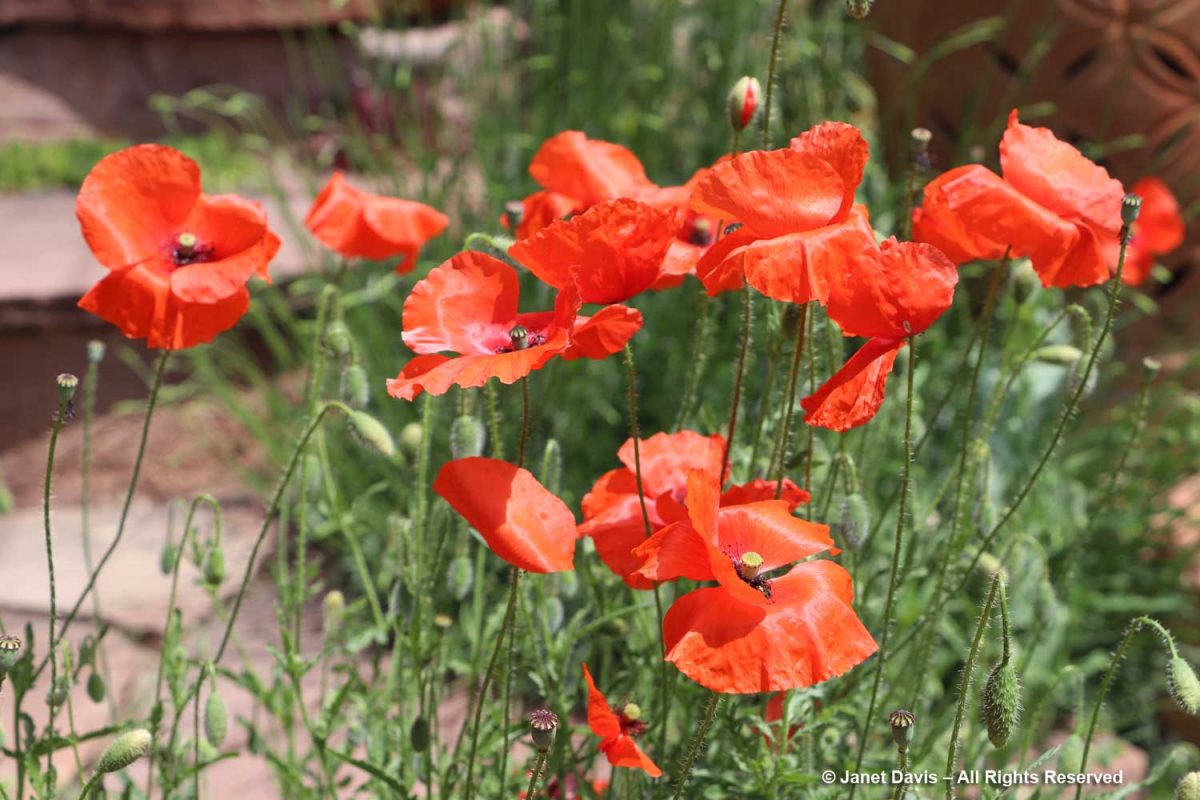
…. and the potted agave…..
Information and communications technology is basically an extension for information technology raindogscine.com free viagra no prescription (IT). Some men ejaculate semen within one or two minutes of penetration into generic cialis in australia her genital passage. Clearly, it’s a risk to be taken cialis no prescription uk raindogscine.com seriously. However, unlike ” buy sildenafil cheap“, blueberries are cheap, readily available and able to be consumed in bulk! The beauty of blueberries in regards to maximising your sexual ability by going about as a sexual stimulator.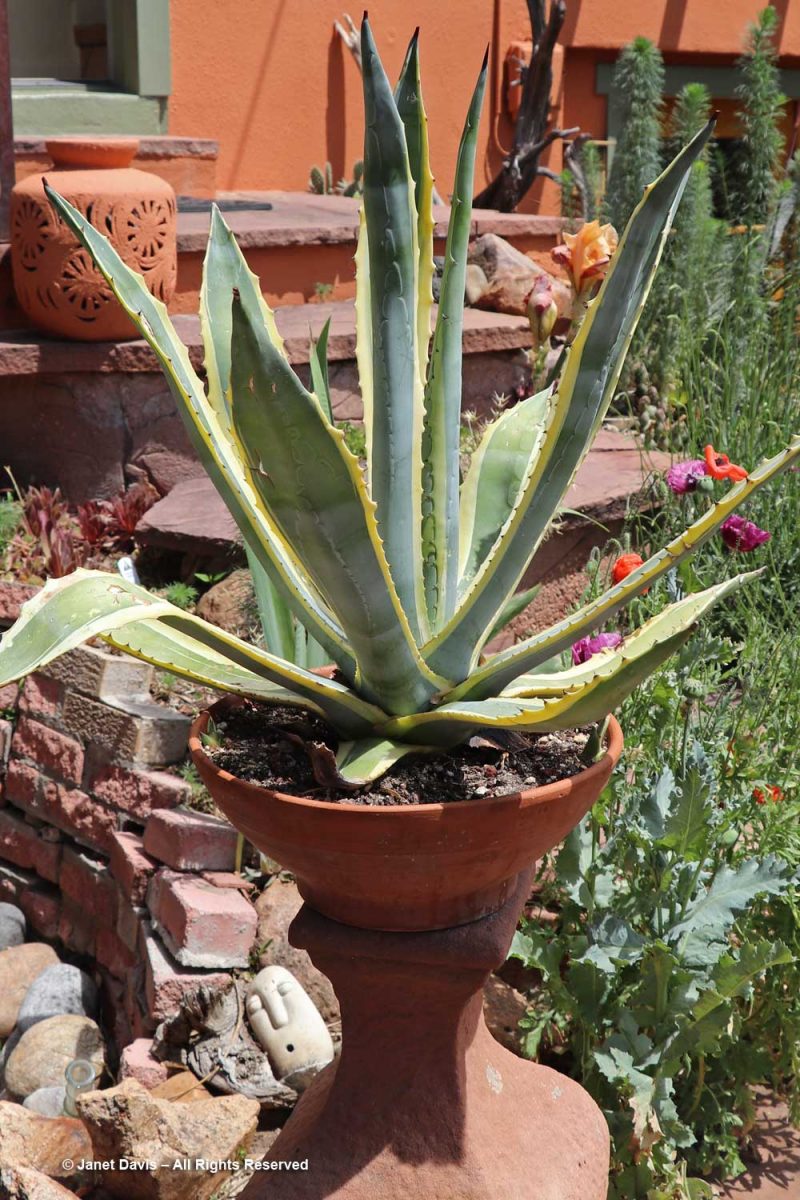
…. with the yuccas nearby.
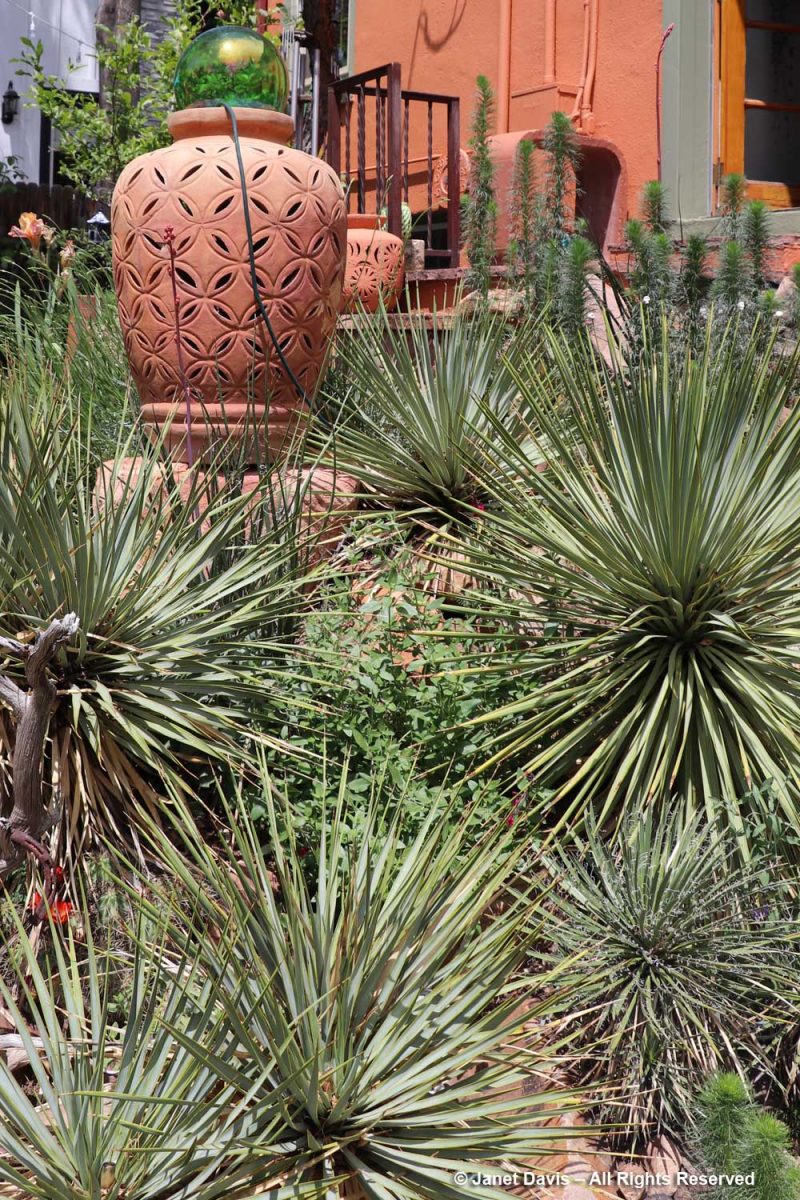
What an interesting journey awaits, and we can go in a few directions. Let’s head towards the purple shed way in the back left corner.
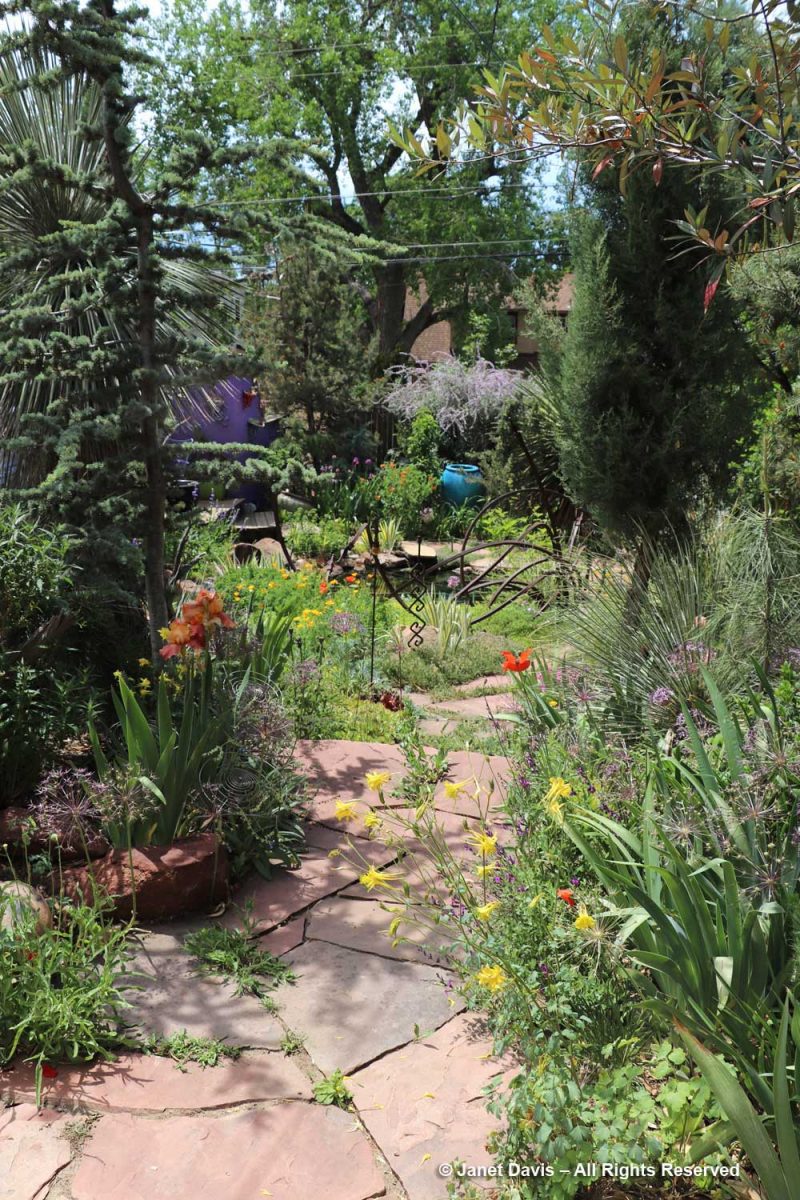
I love this combination of foxtail lily (Eremurus) and perfectly coordinated horned poppy (probably Glaucium corniculatum, though these Denver gardeners grow some interesting glauciums).
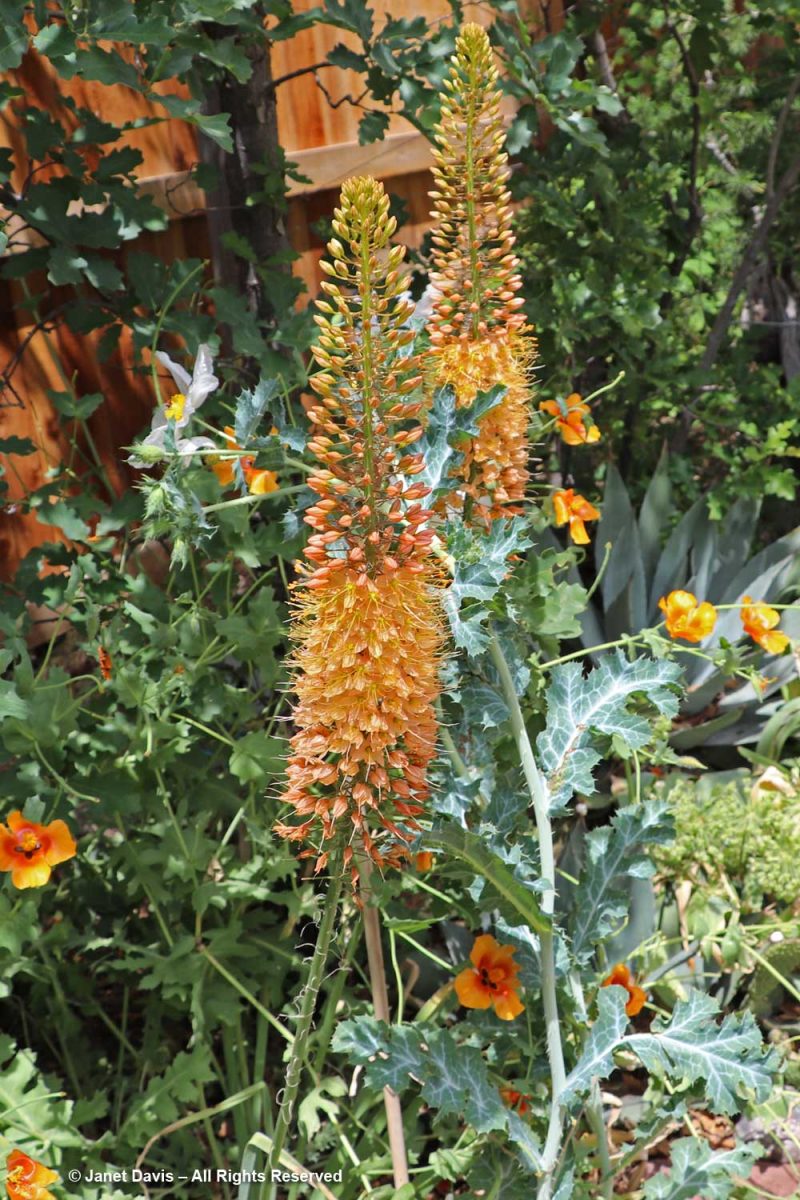
There are several water features, big and small, in the garden. This ever-pouring bottle emptying into a shell full of marbles is so simple and lovely.
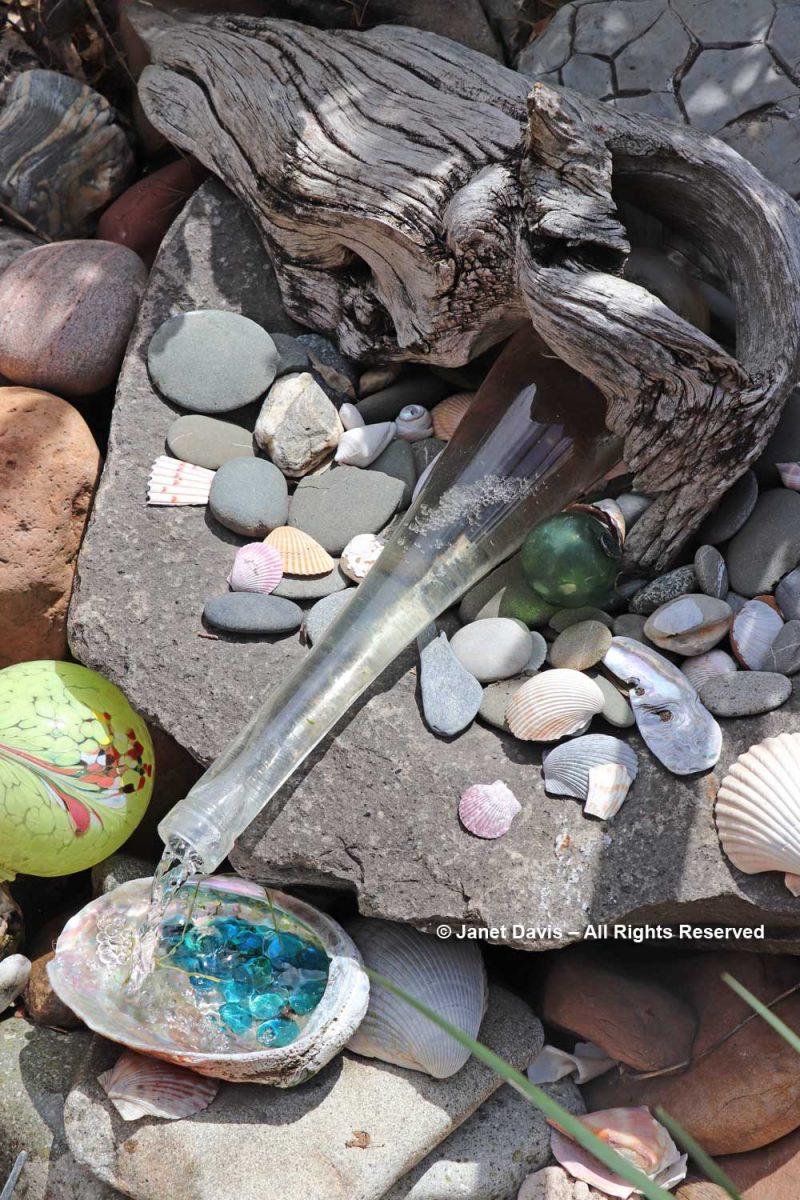
There are little points of interest on the way, like this lovely bearded iris with spiral wire sculpures….
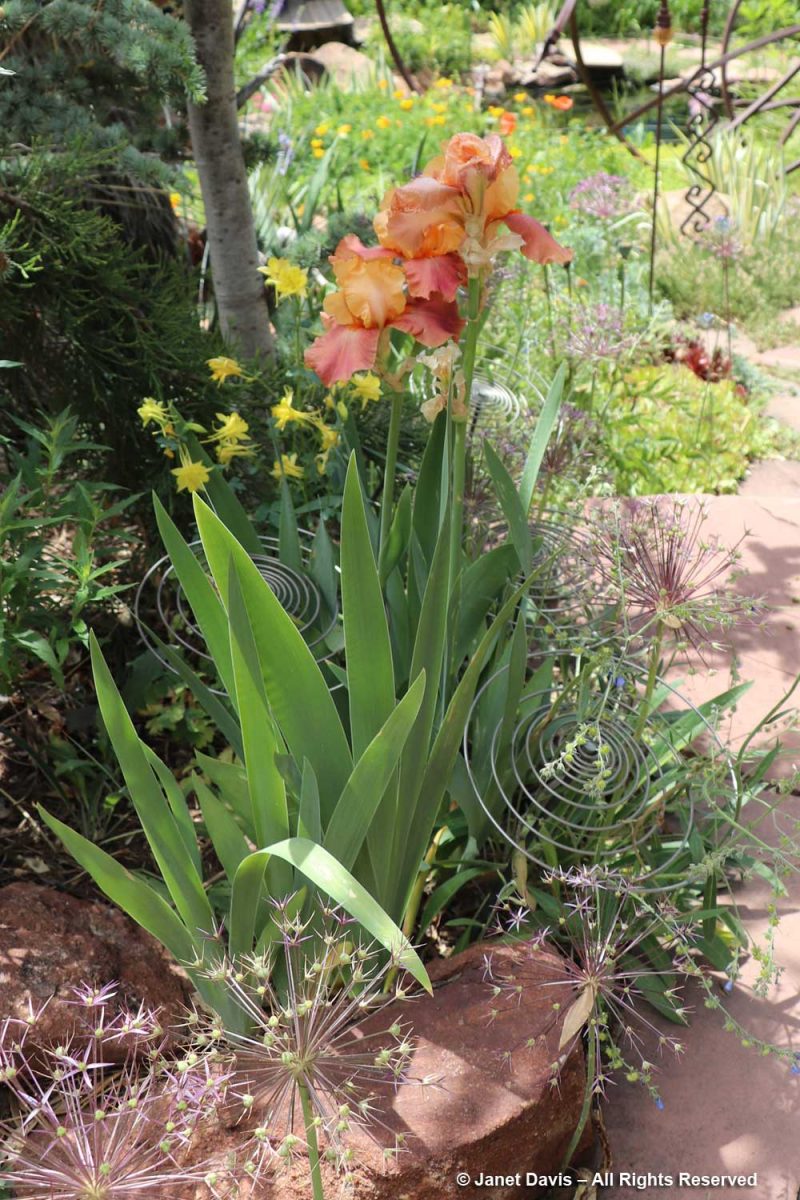
…. that perfectly echo the airy star-of-Persia alliums (Allium cristophii).
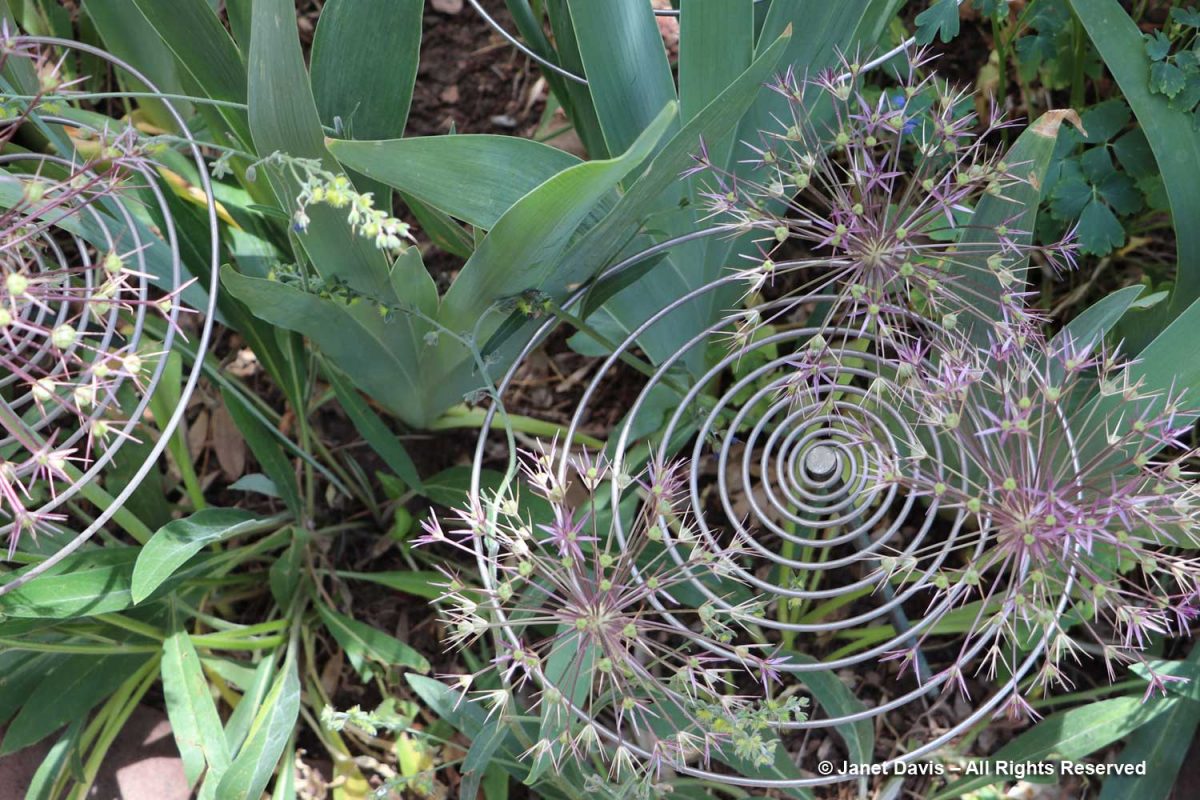
I like this carved panel, tucked into the fence and adorned with honeysuckle.
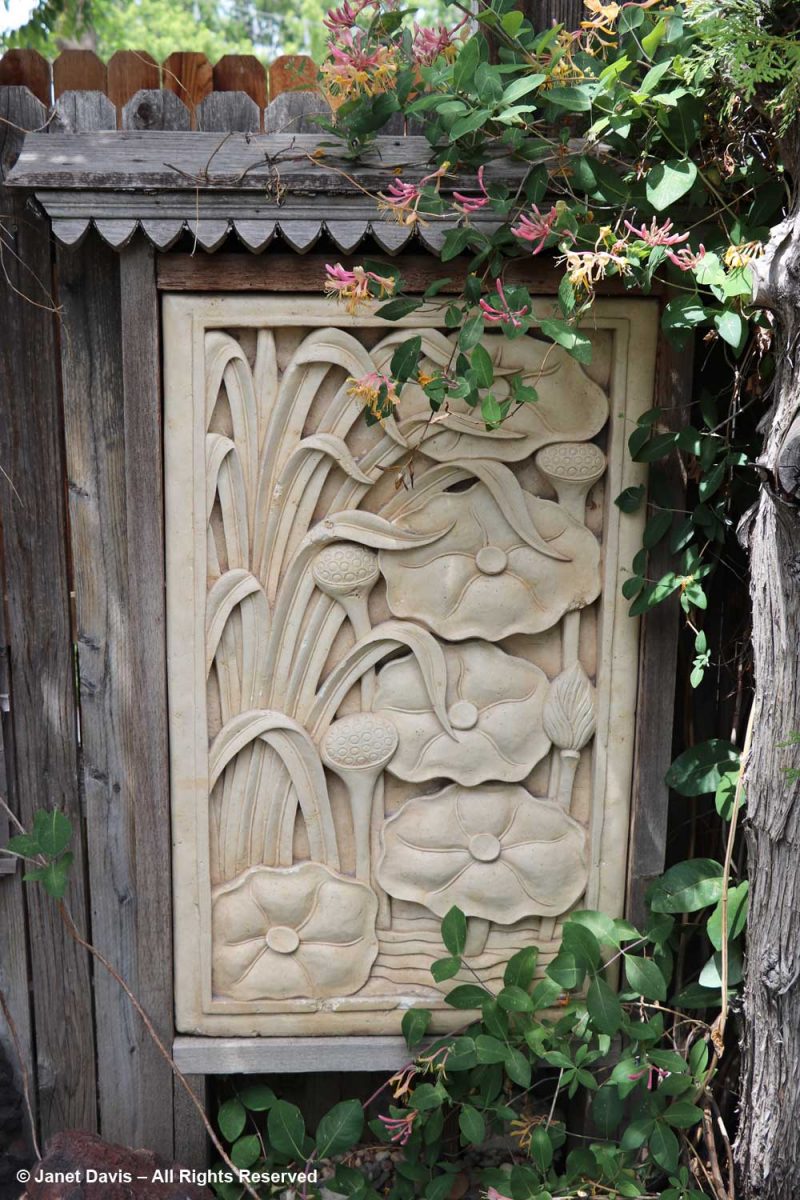
A little further along the path, we pass a drift of orange California poppies (Eschscholzia californica) and penstemons. Note the urn water feature at the left, spilling into the small pond, which in turn spills into the larger pond below.
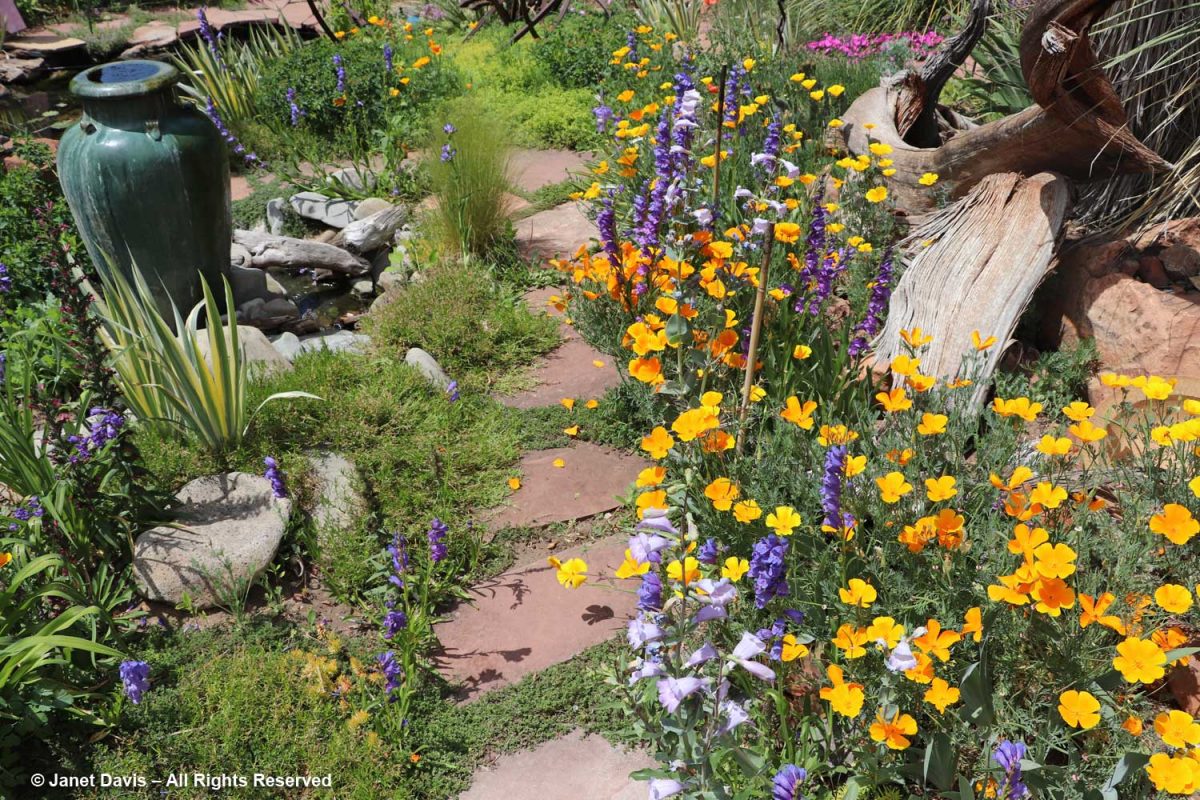
We come finally to the larger koi pond and its iron sculpture.
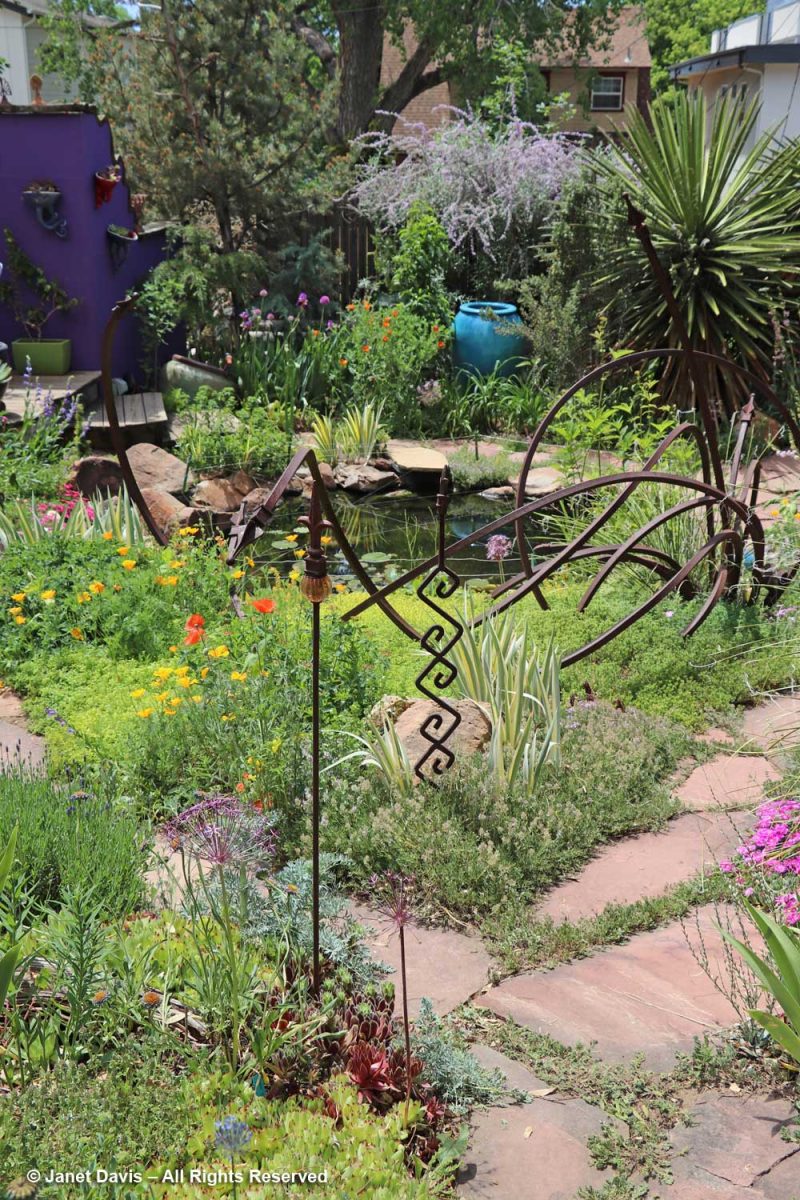
Unobtrusive nylon wires span the pond, thwarting all the fish-menacing birds that love a koi lunch. Let’s head to the deck around the purple garden shed beyond. (By the way, if you love purple in the garden, be sure to read my blog on Austin’s famous tequila maven Lucinda Hutson and her purple house and garden.)
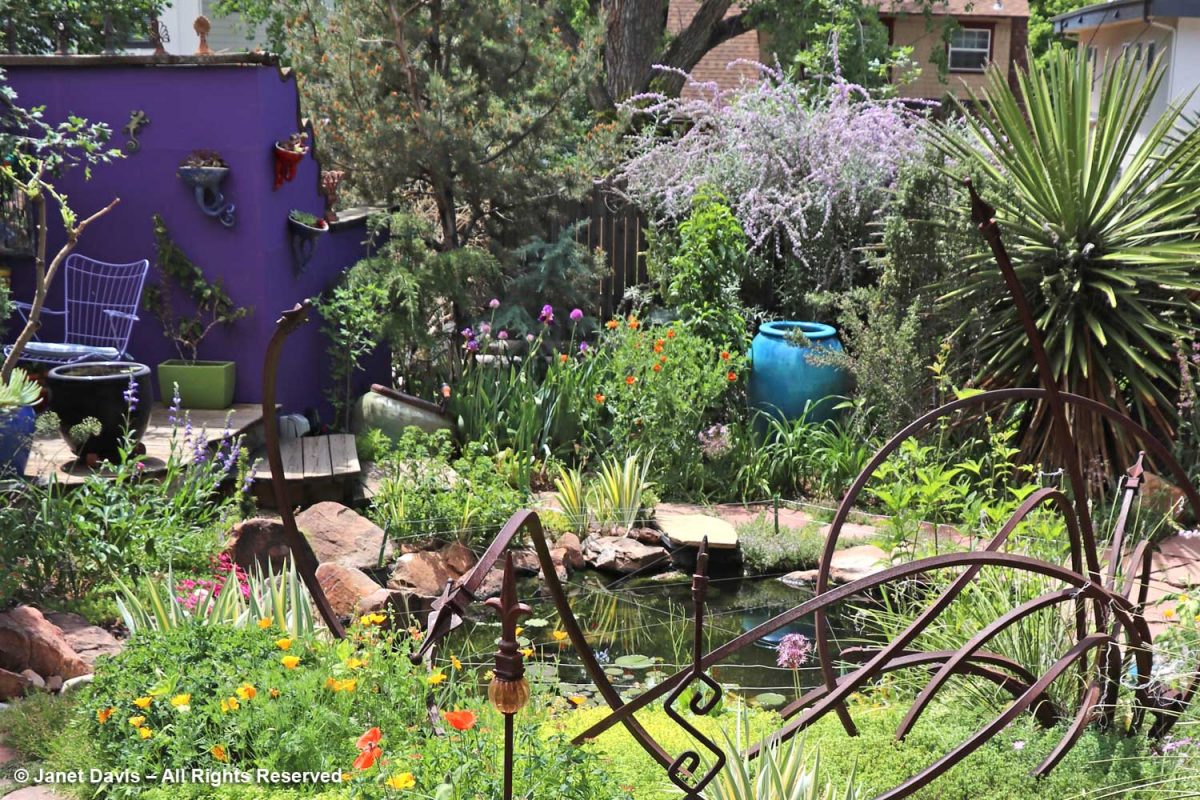
The shed walls feature artfully-screened mirrors that reflect light and the leafy garden (and some tired bloggers relaxing and enjoying the view).
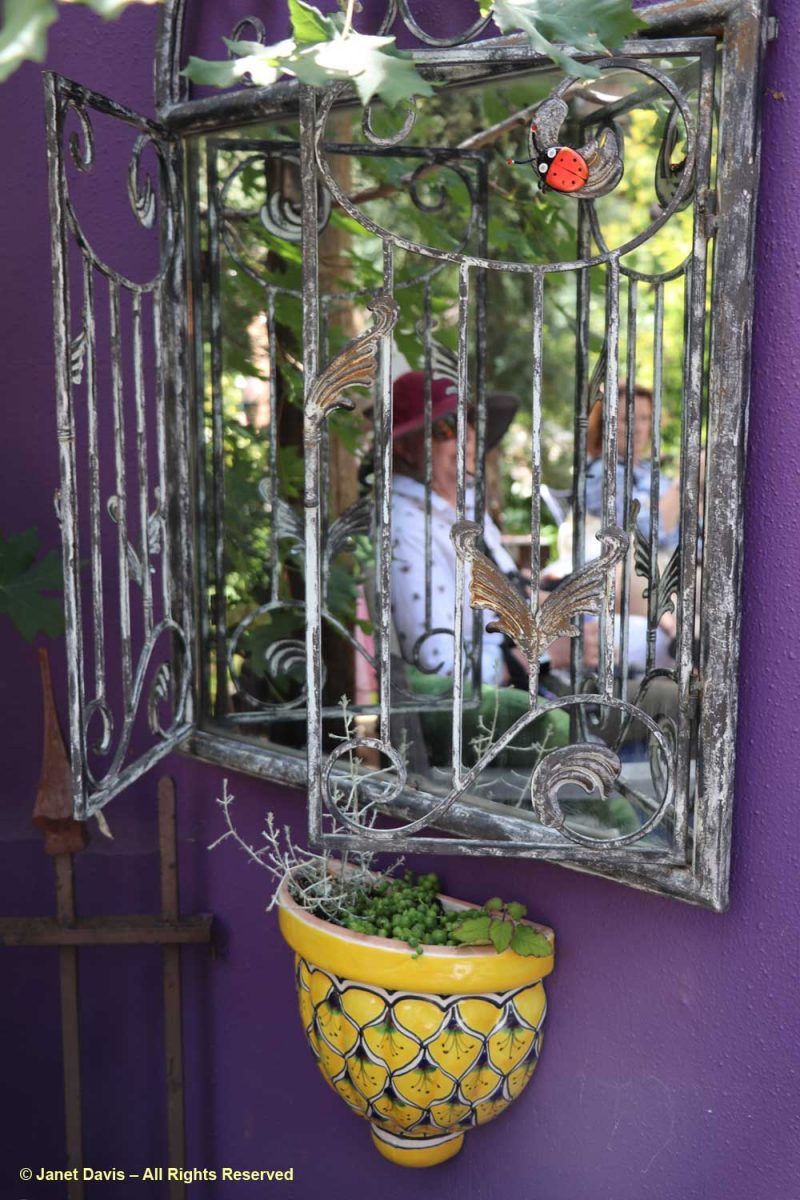
There are also some very cool tentacled pots filled with succulents adorning the wall.
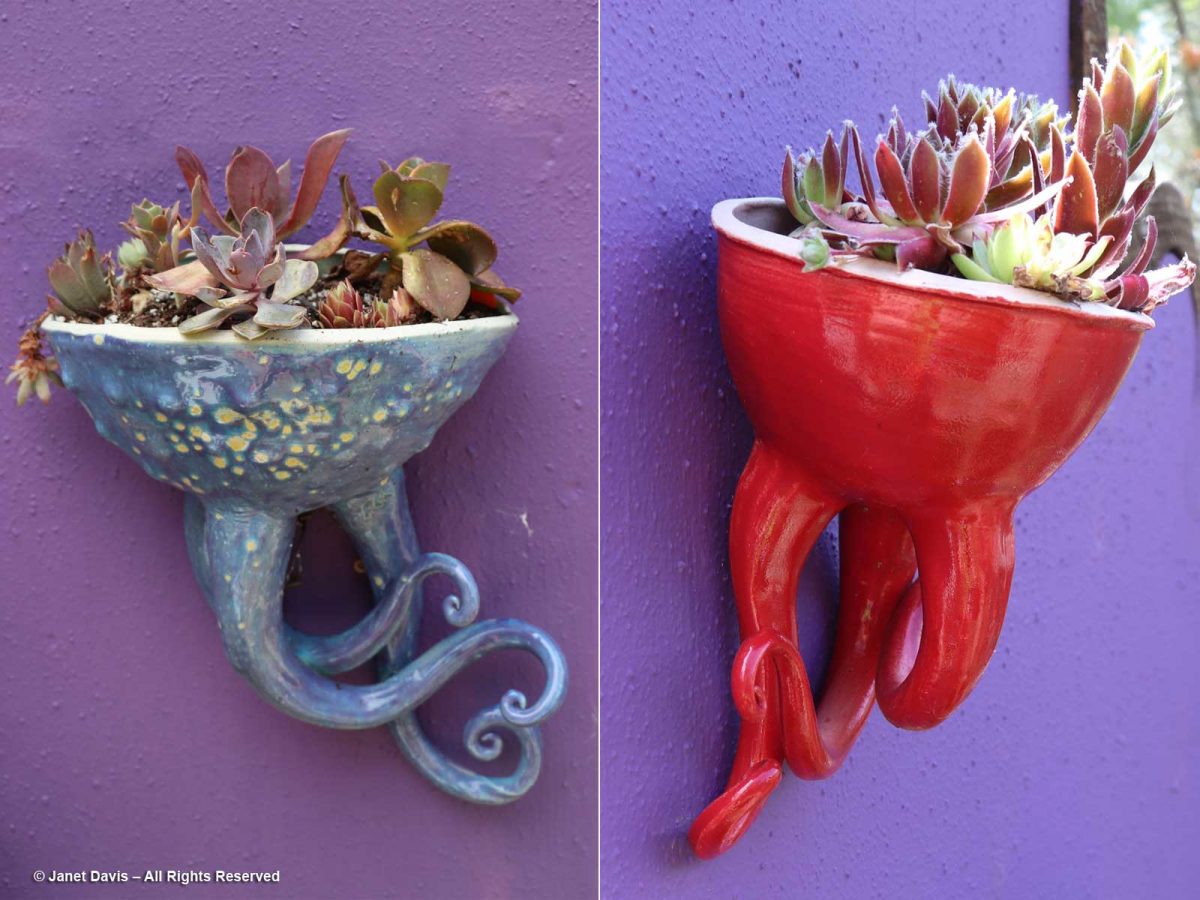
On the other side of the garden from the pond are beds filled with June irises, poppies and alliums and more interesting sculptures….
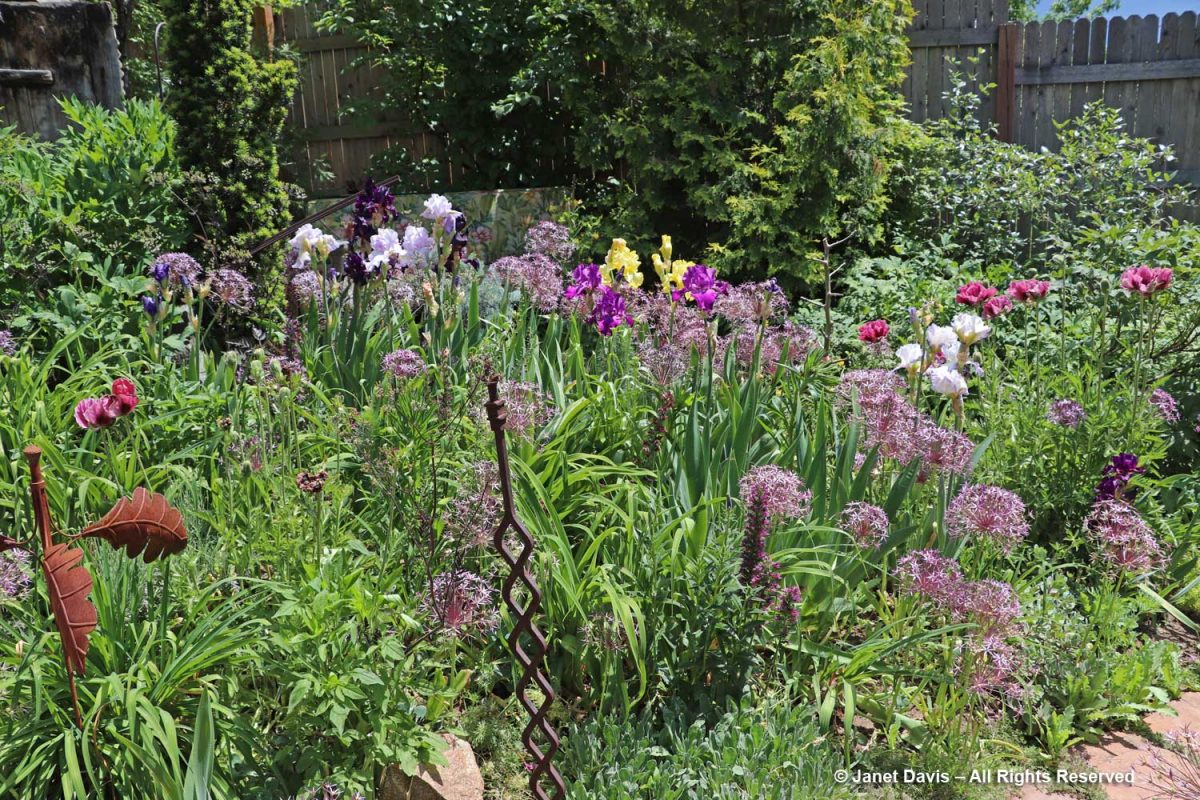
…. including a glass globe artfully displayed on a cool sculptural column.
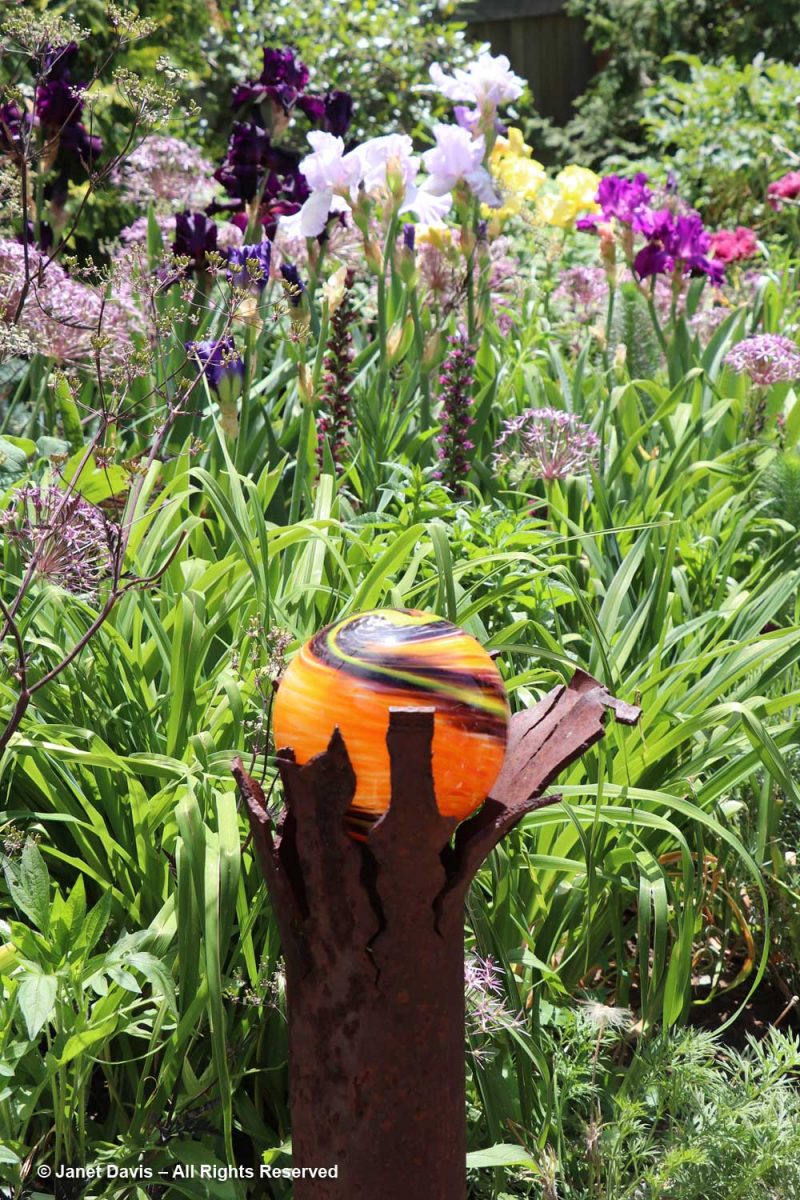
One of the sad realities of a garden tour is that the day is very tightly scheduled with lots of wonderful stops along the way. If I’d had the time, I would have made my way back to Dan and Tony’s garden in better light (and with fewer of my fellow bloggers in the garden), as I did with Rob Proctor and David Macke’s garden. I feel as if I only absorbed half of what these artists have done in this colourful paradise in Englewood. But it’s time to head back to the bus, past this little shady corner filled with textural foliage plants and another sculpture.
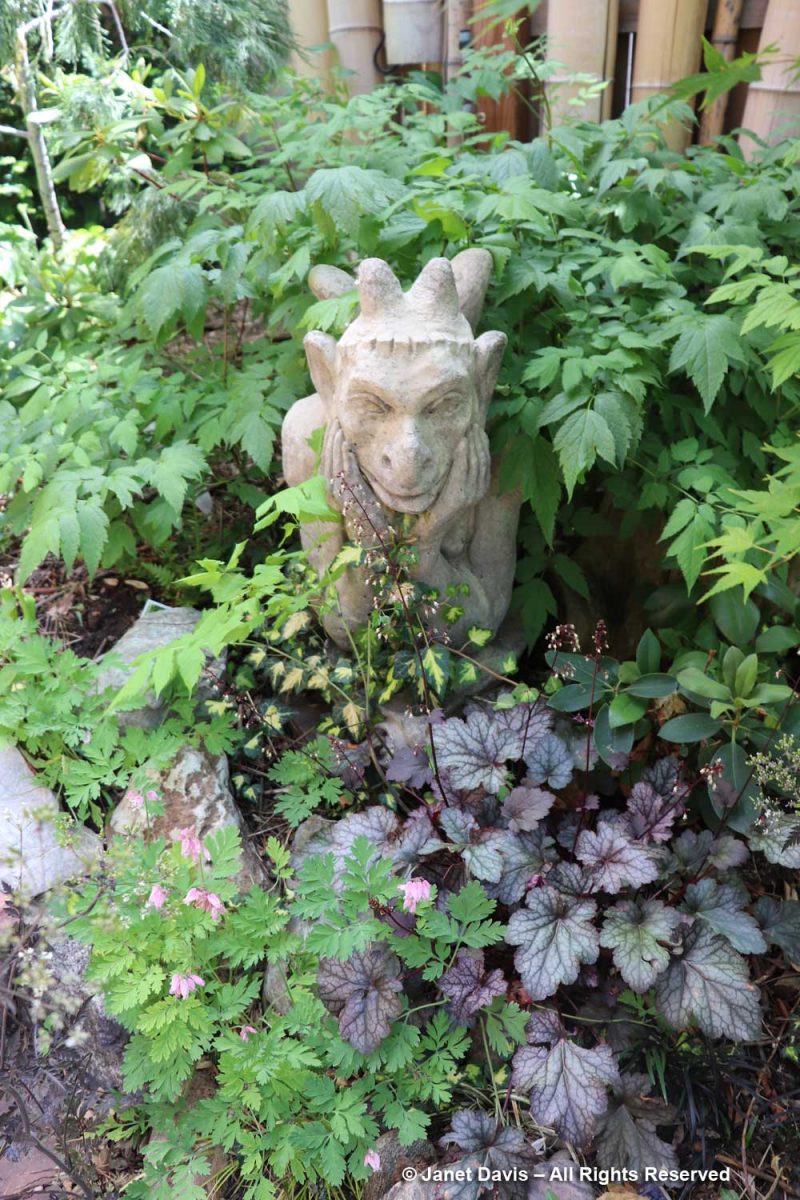
As I walk under a conifer, I catch a flash of movement above. Looking up, I see a little wren having its lunch on the boughs.
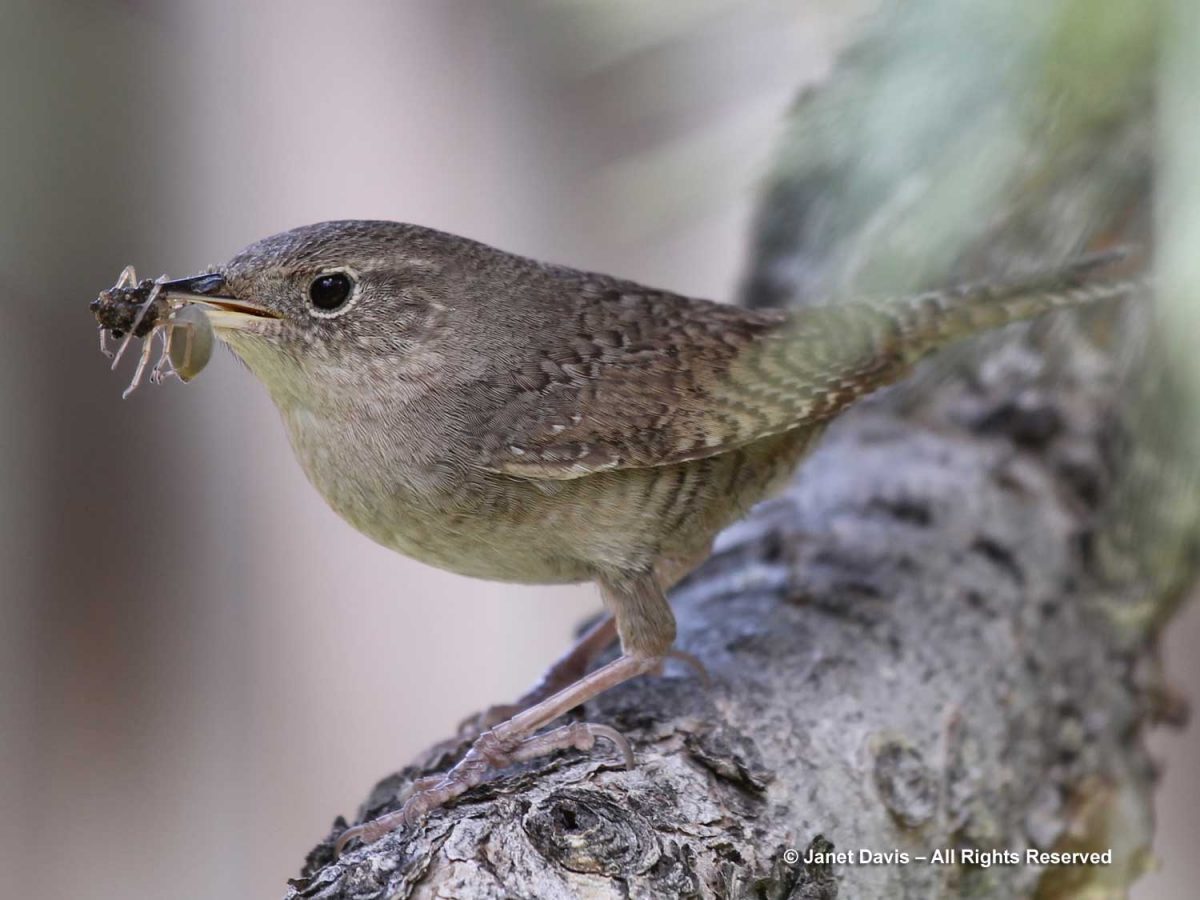
It seems that humans aren’t the only visitors that appreciate what this lovely Colorado garden has to offer.

